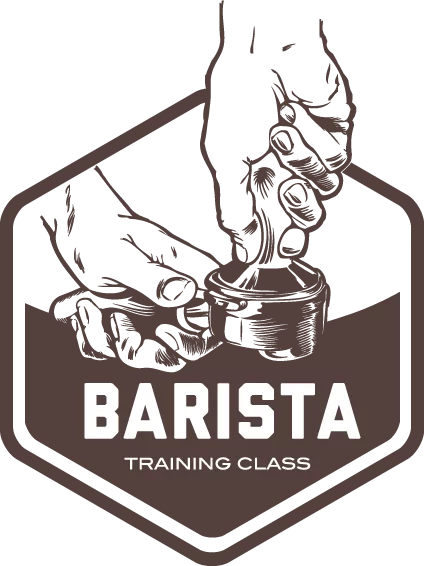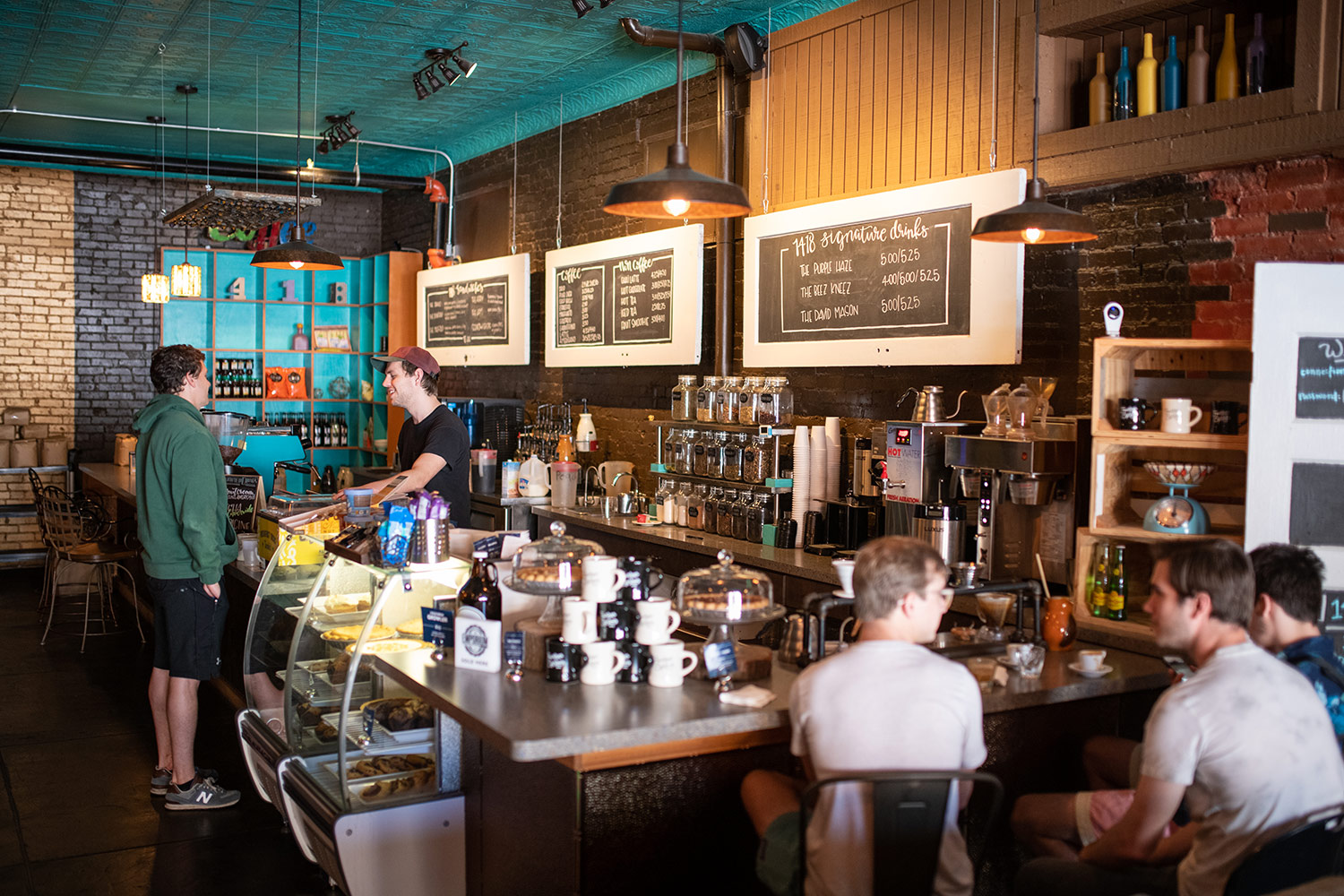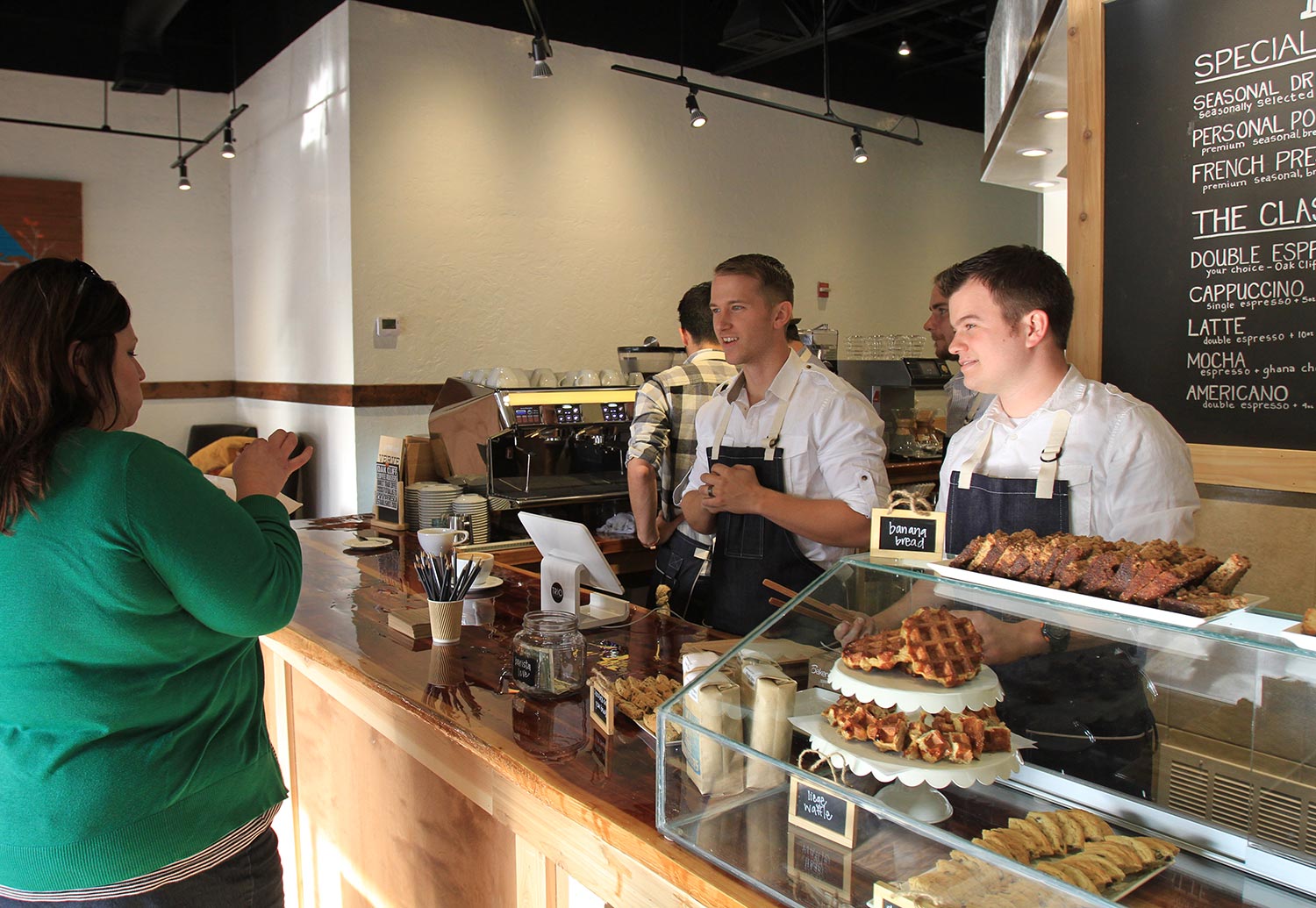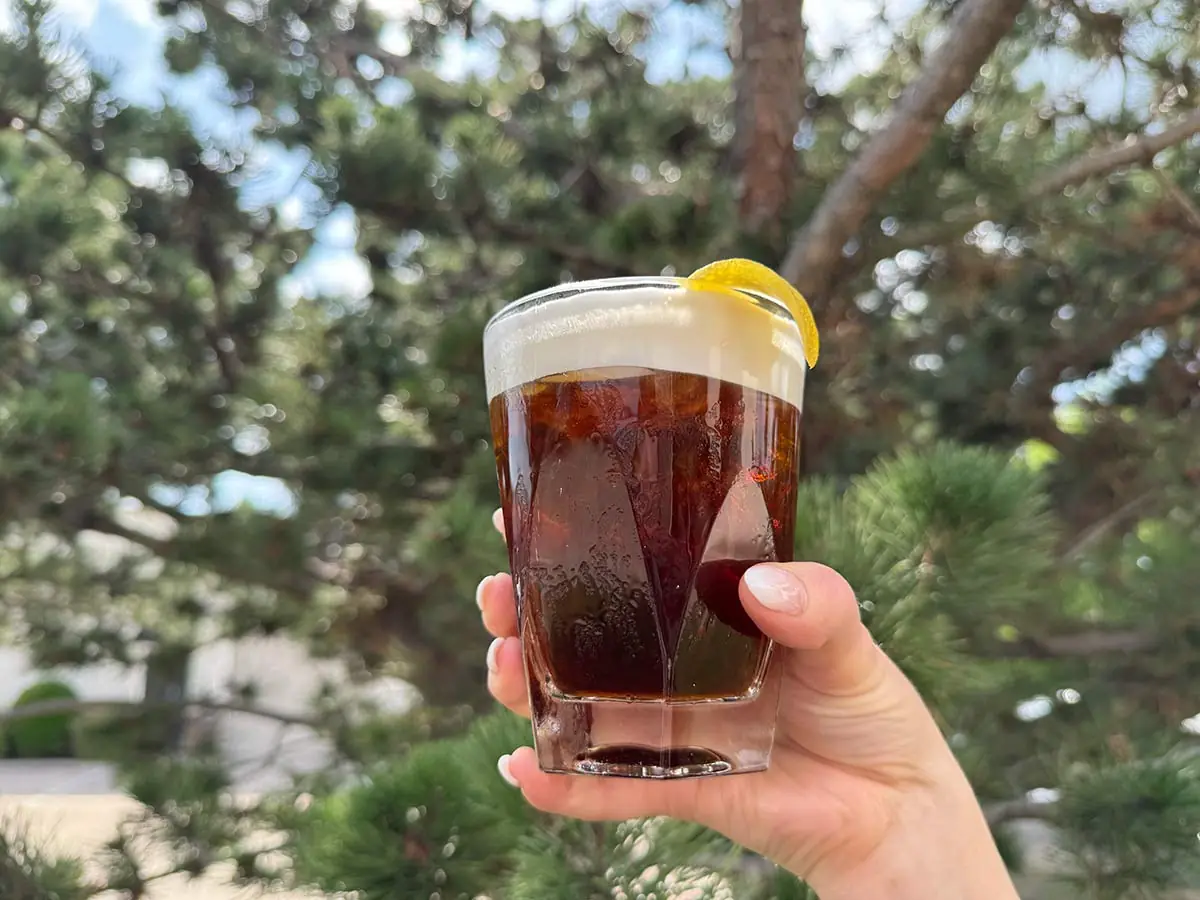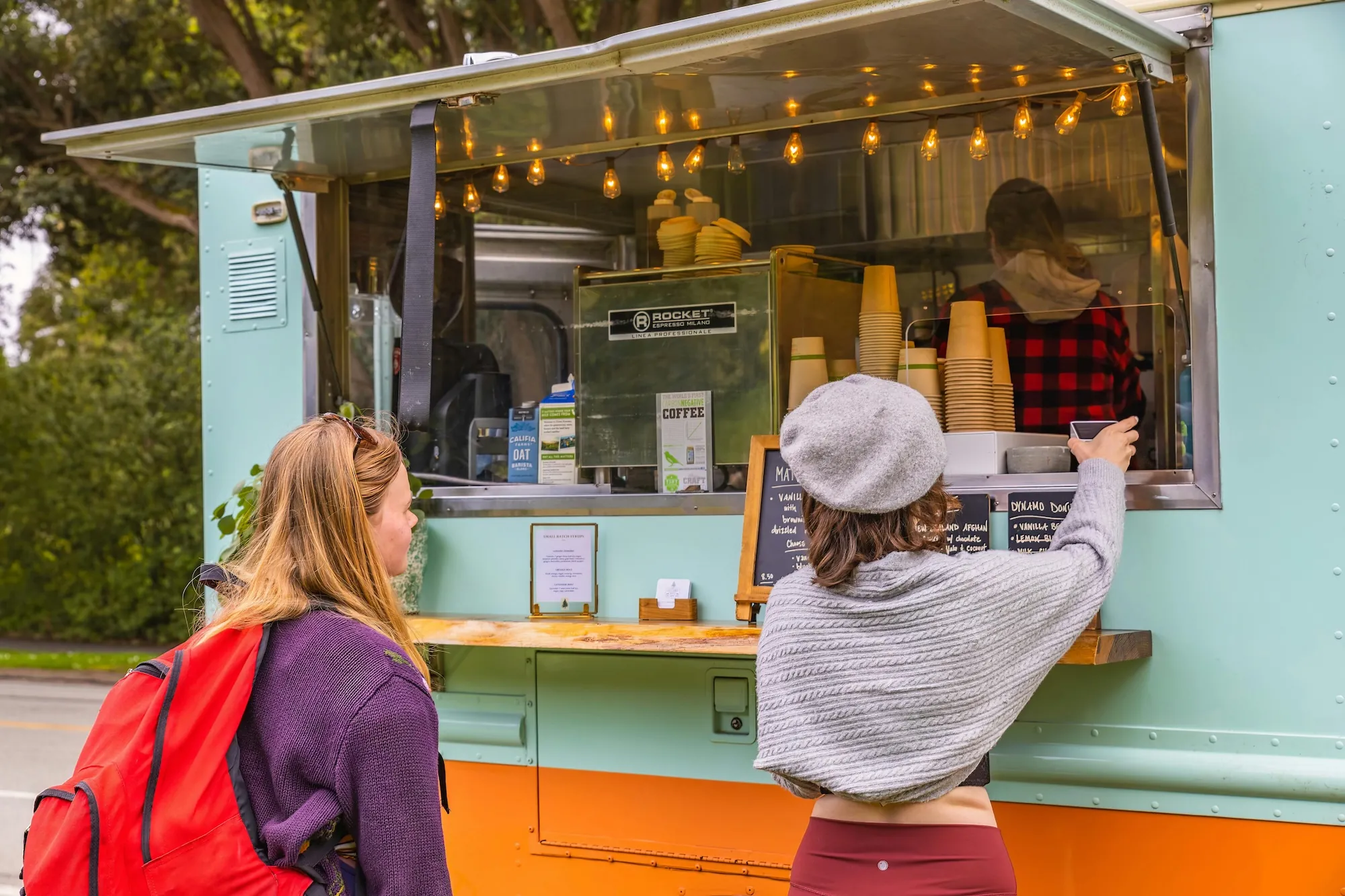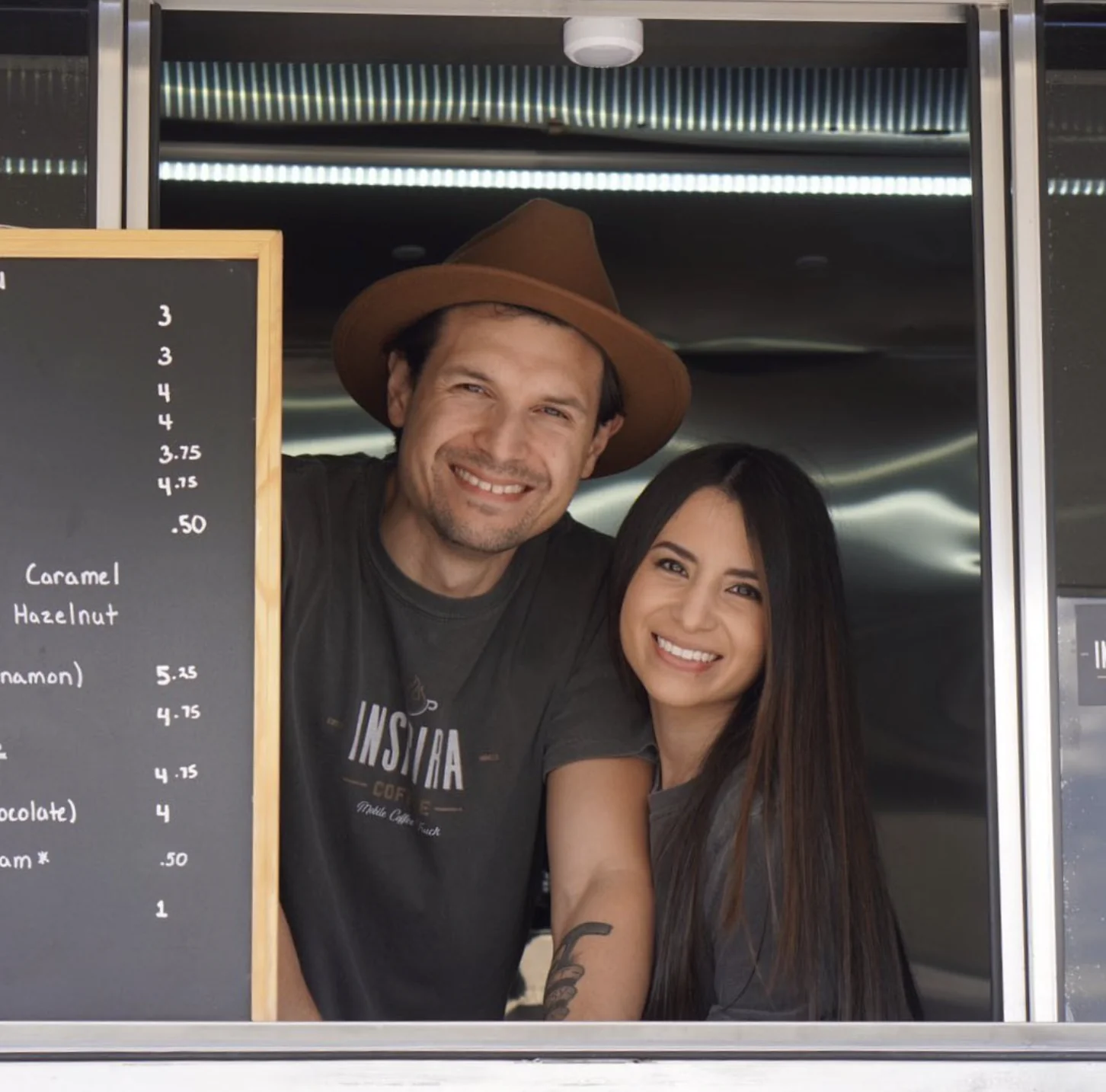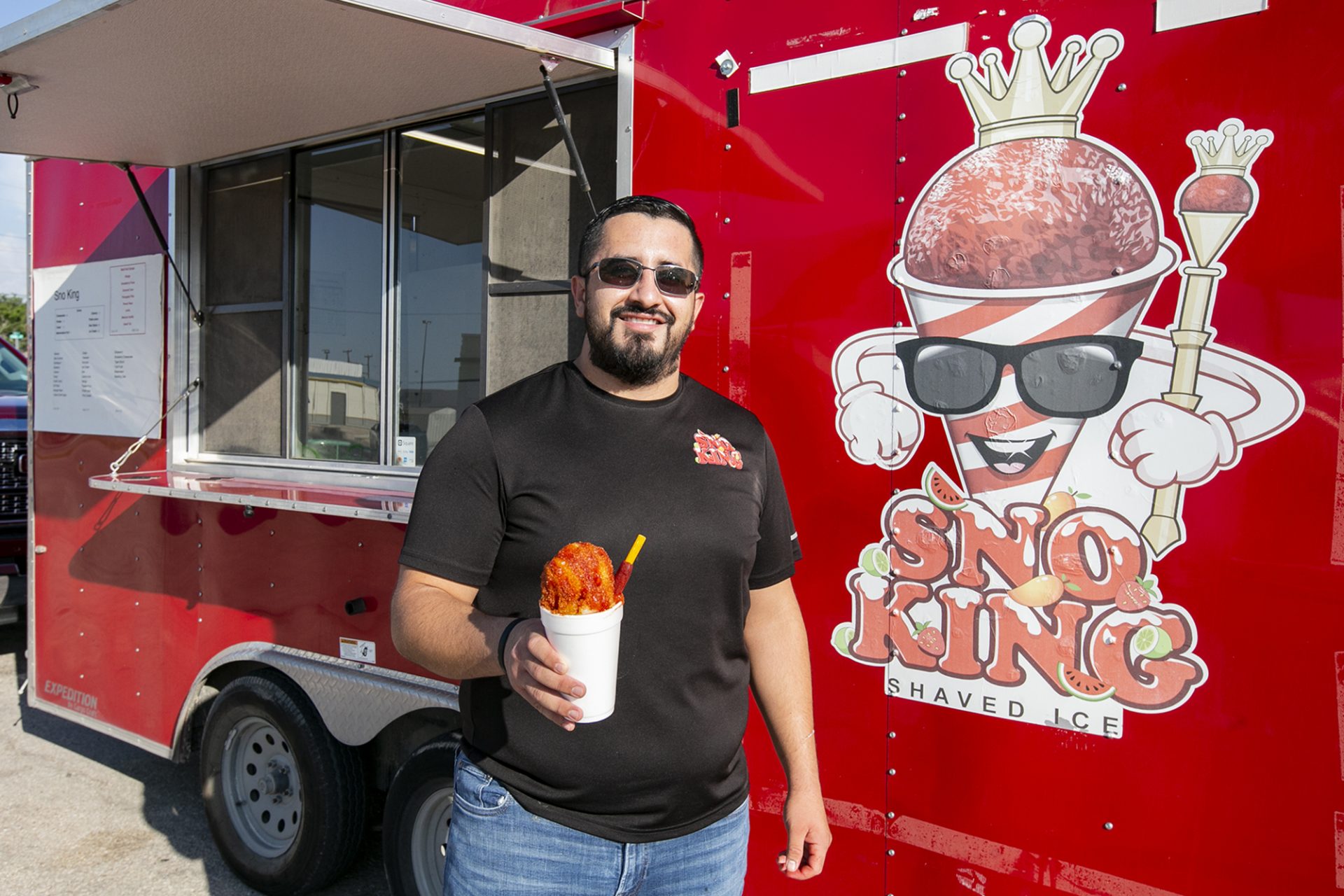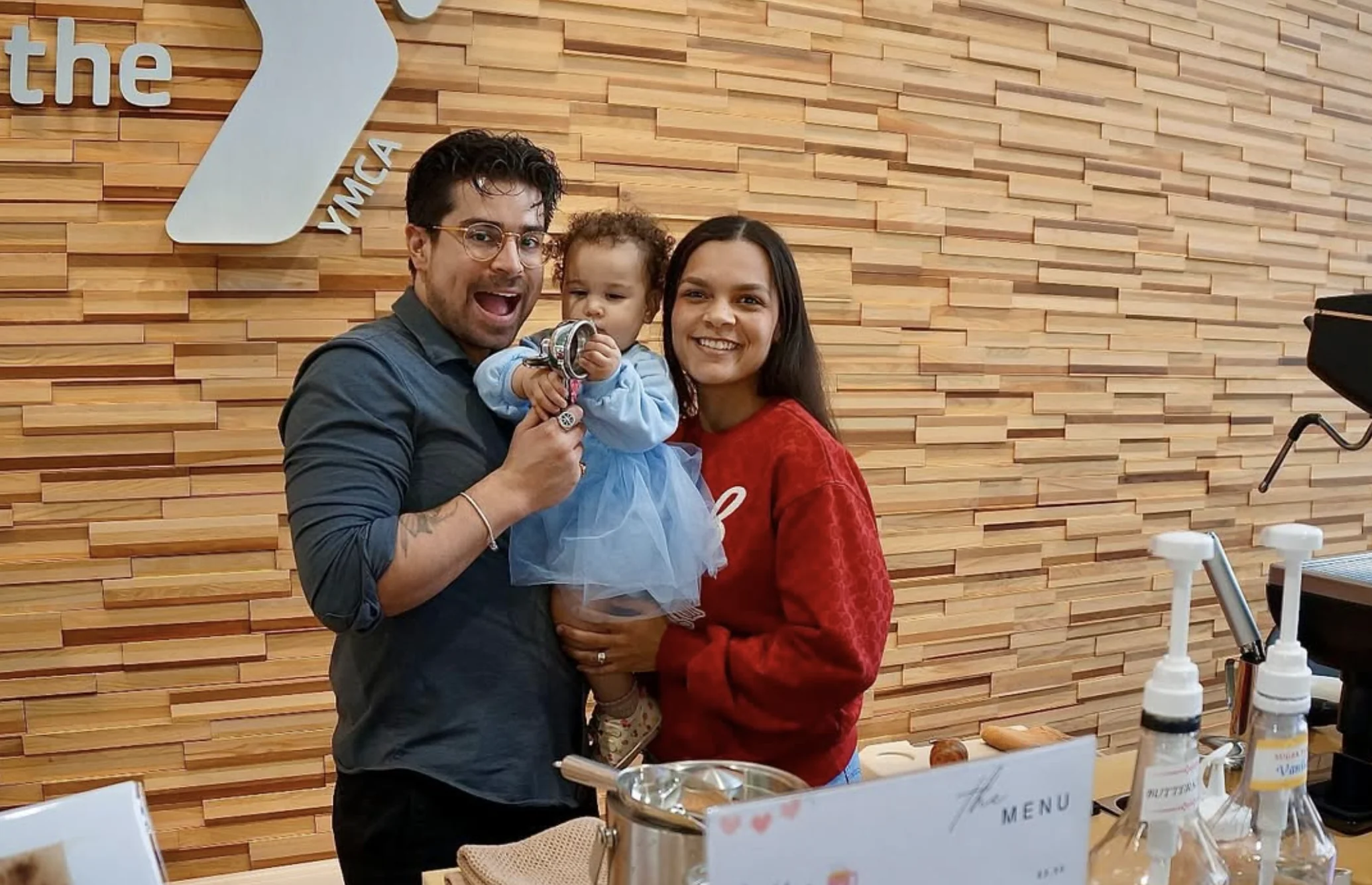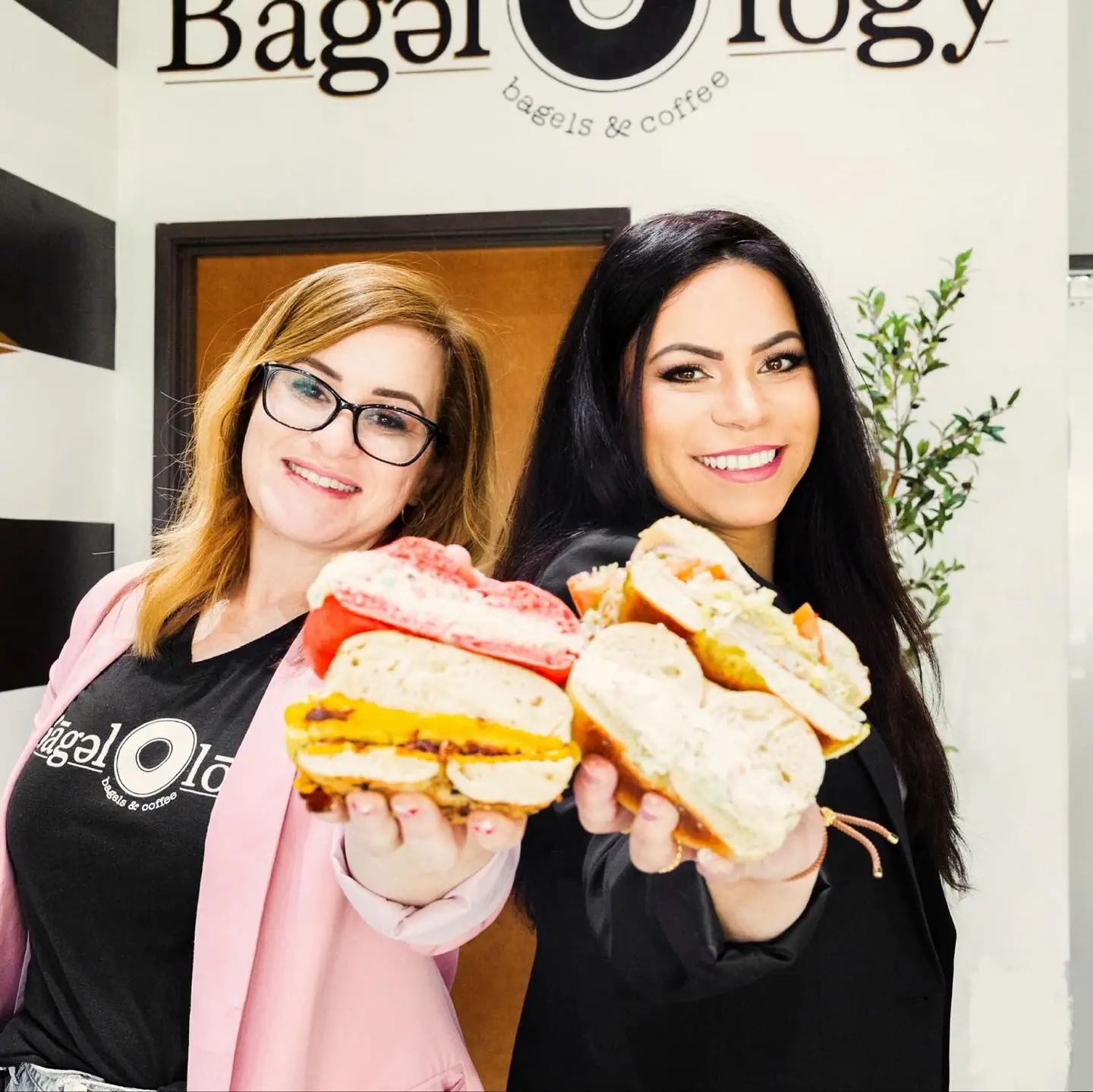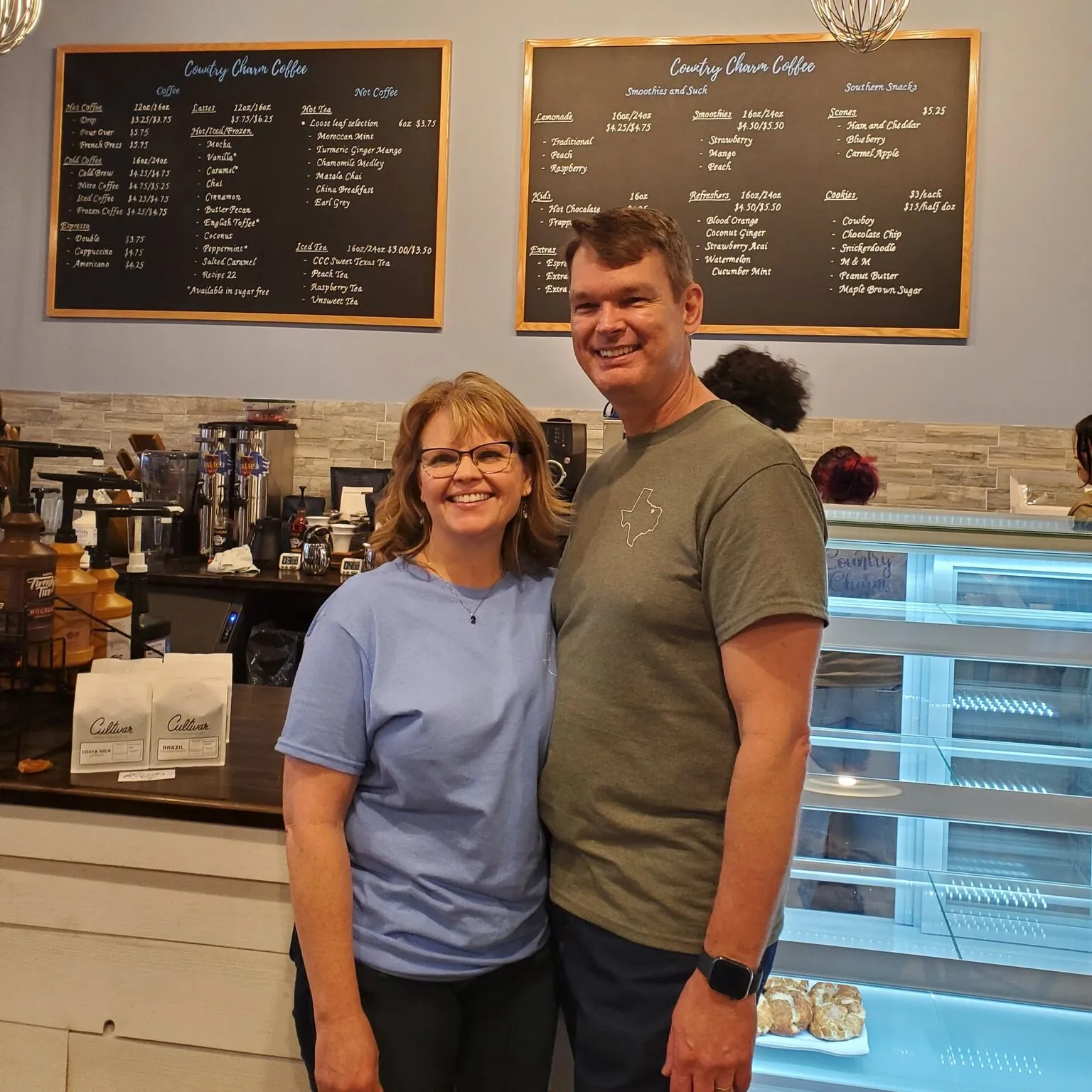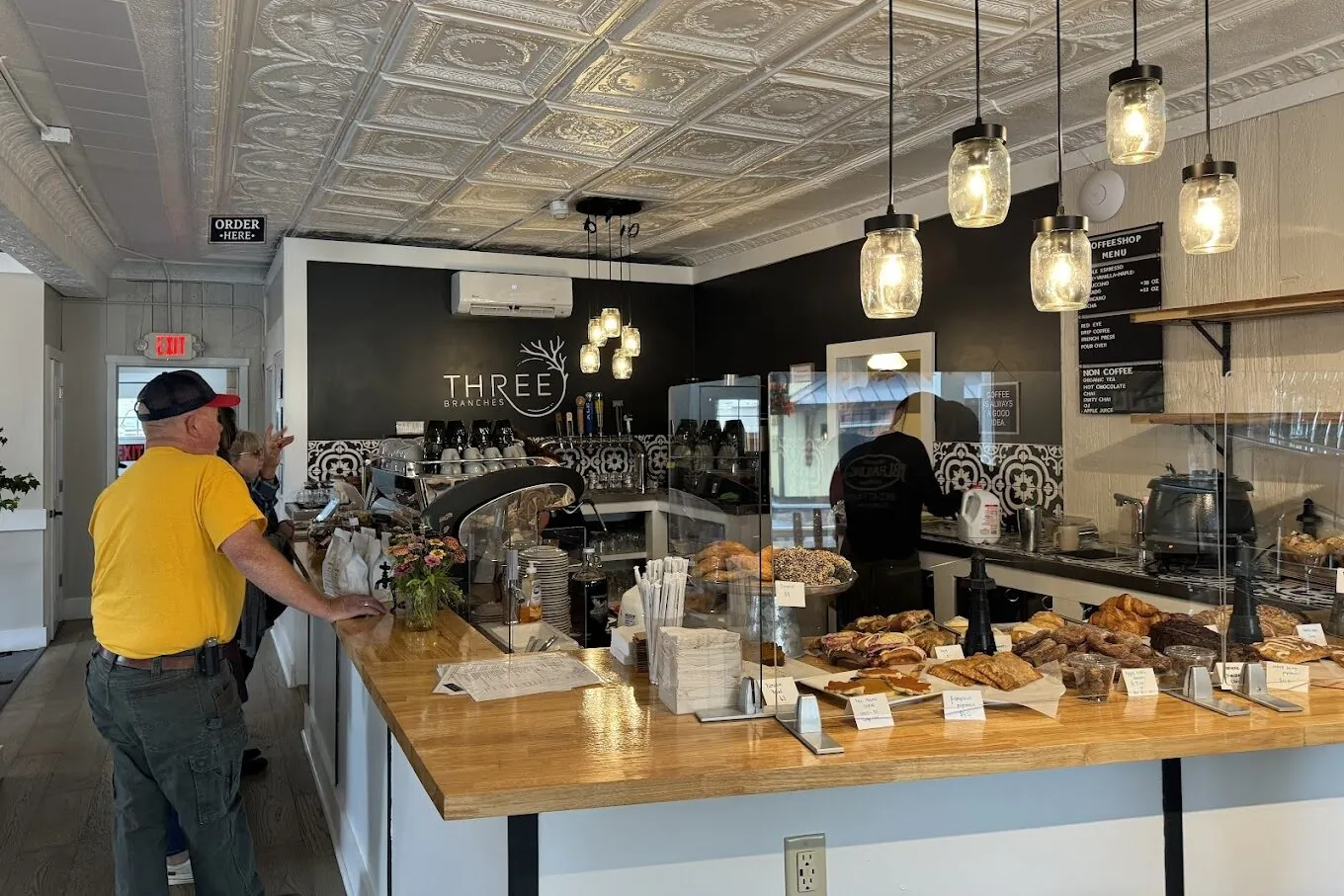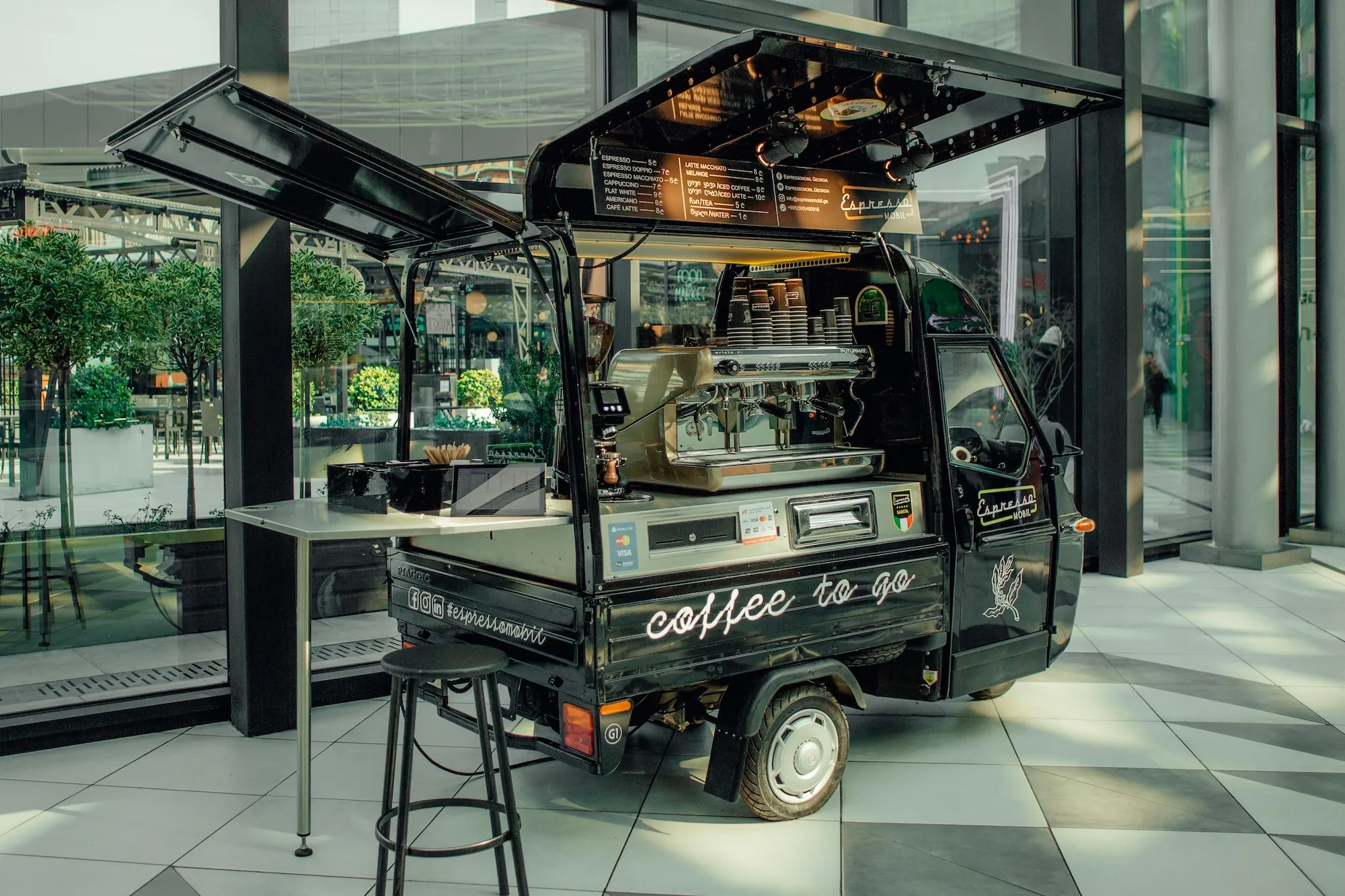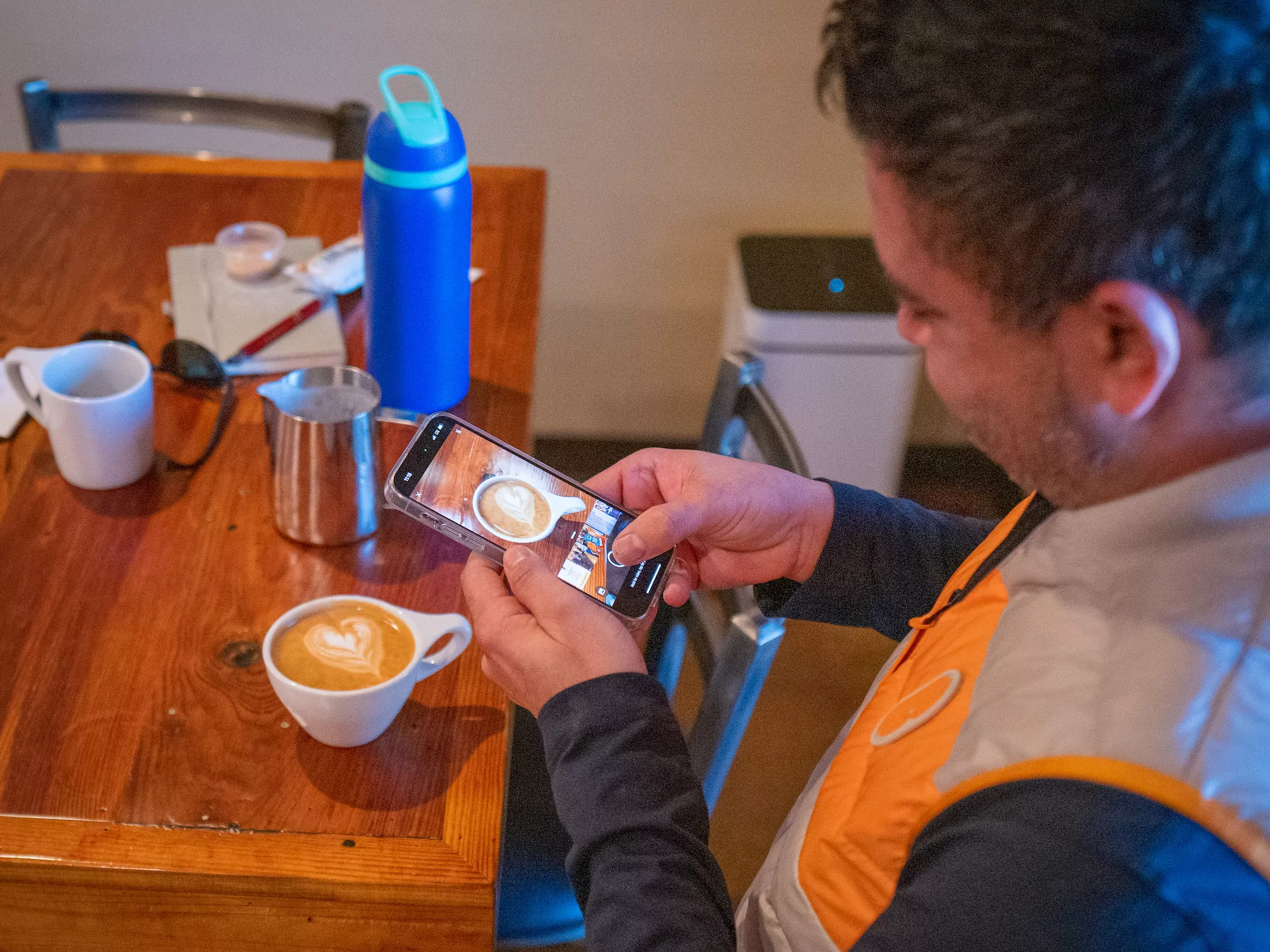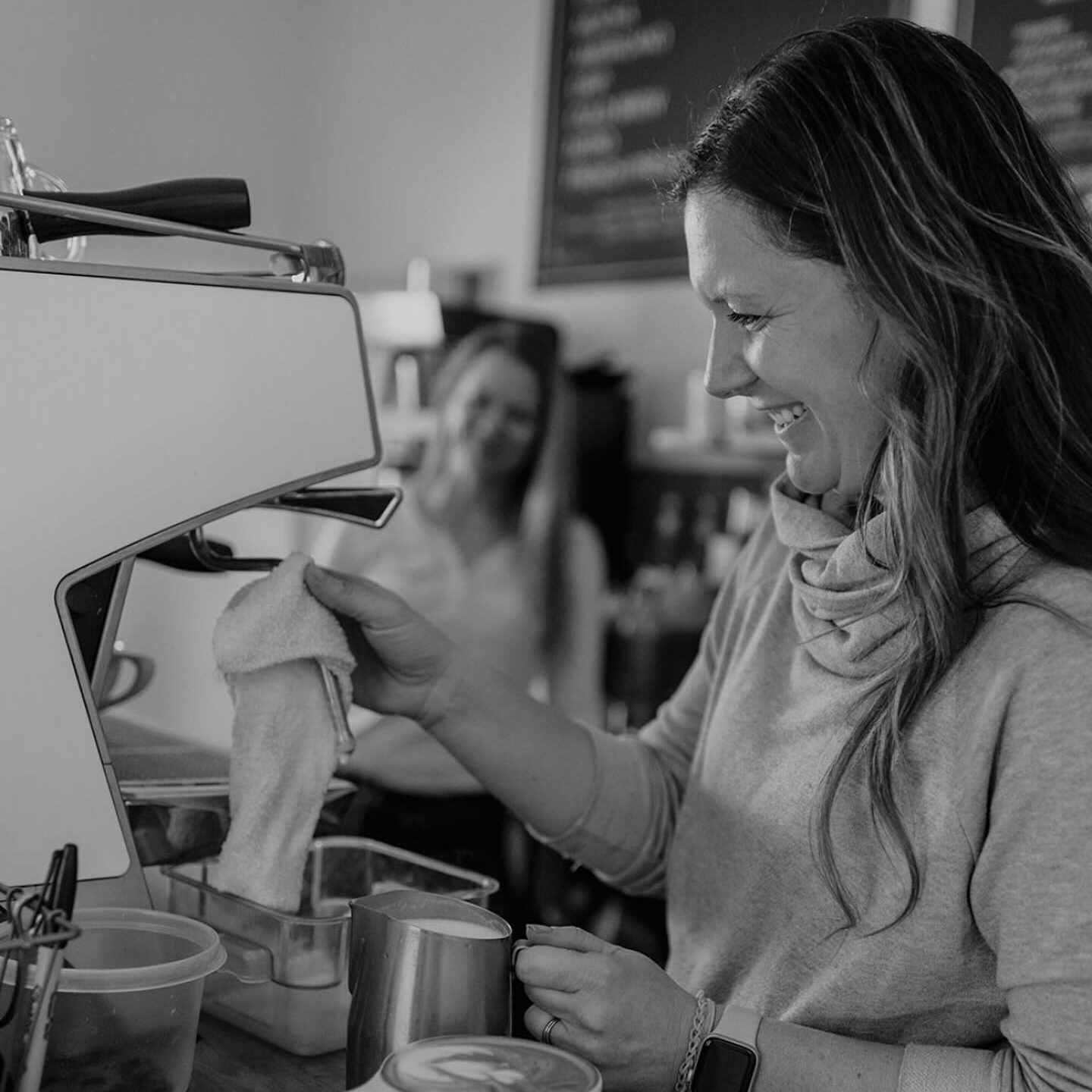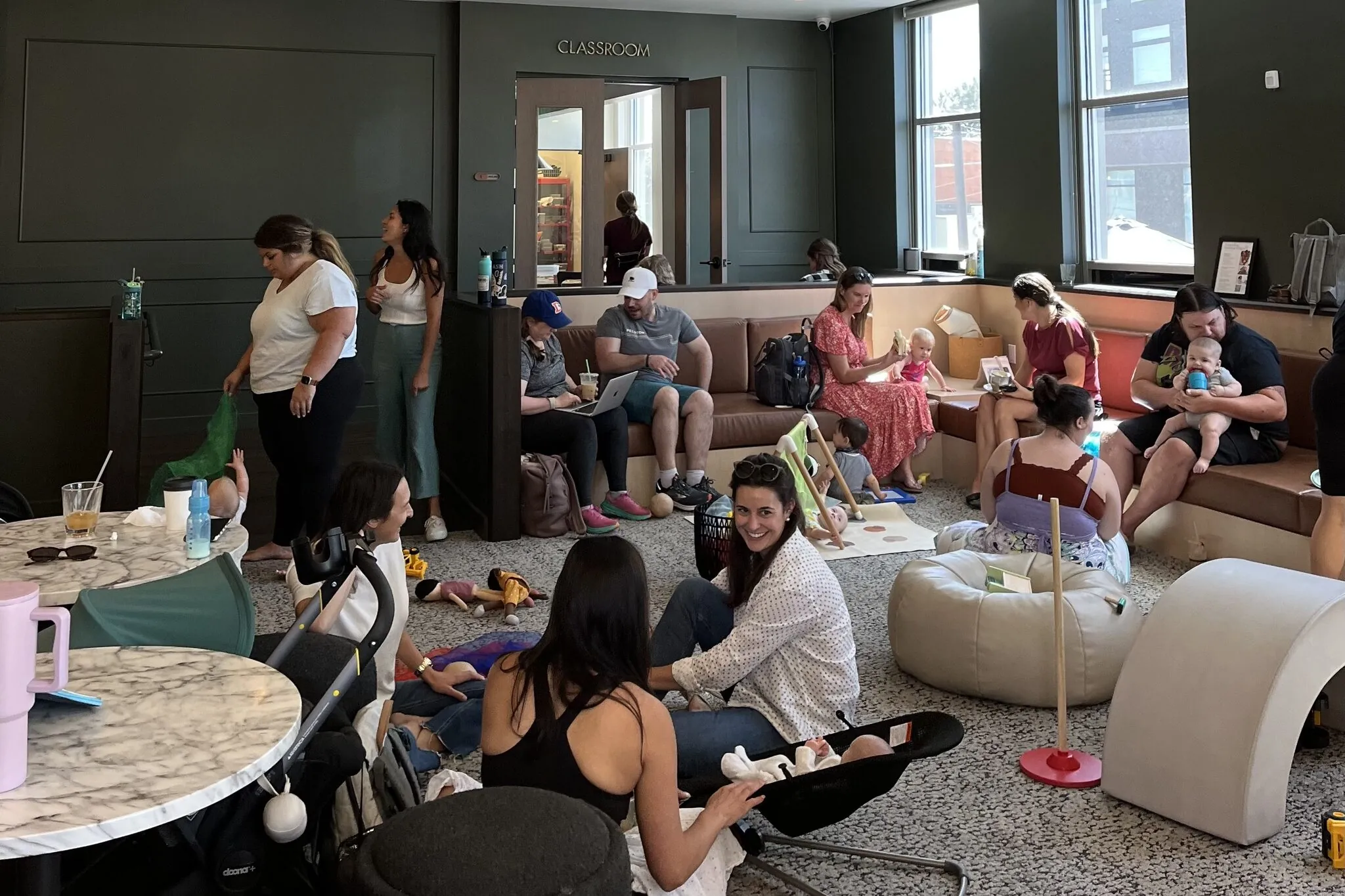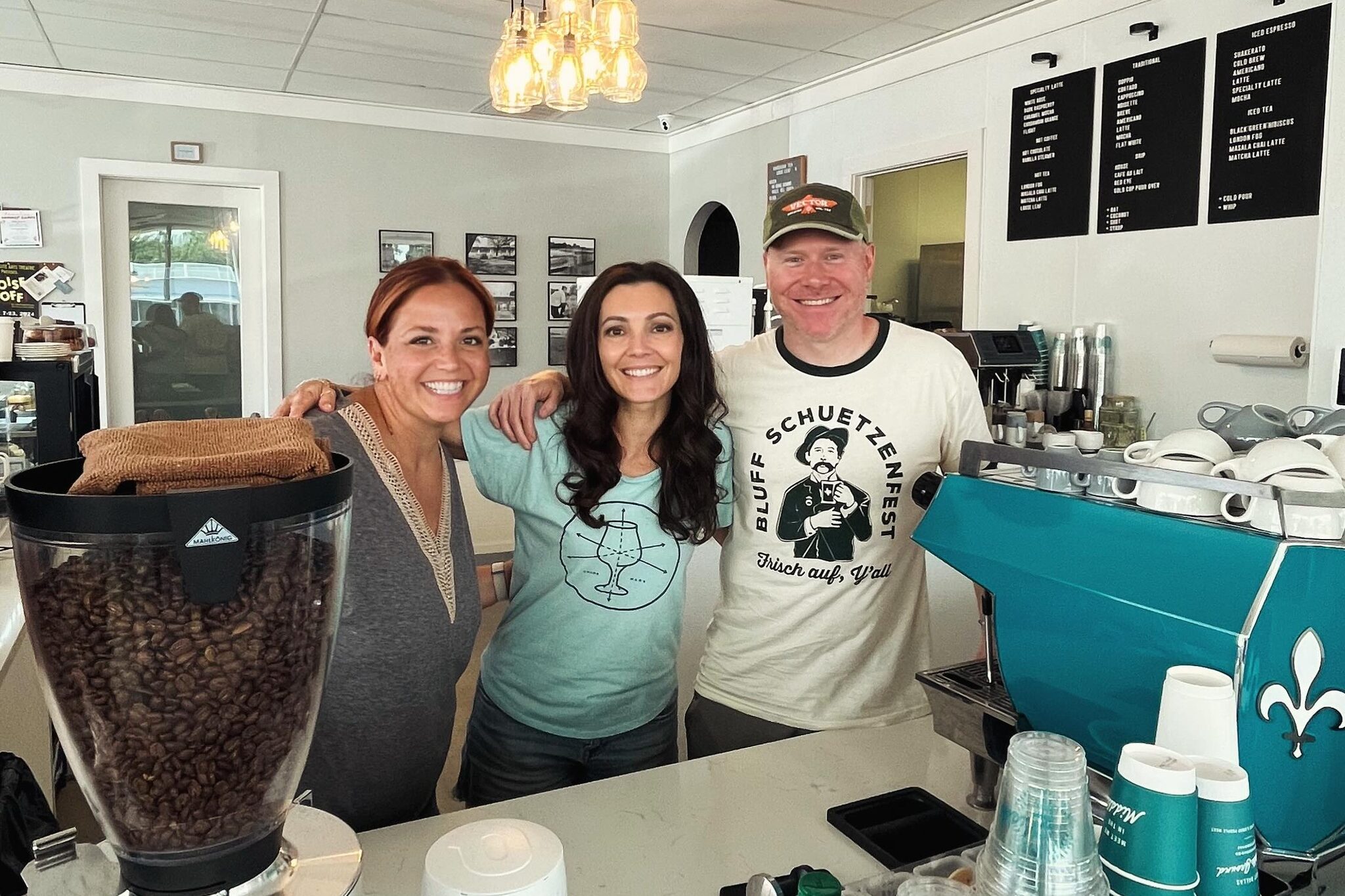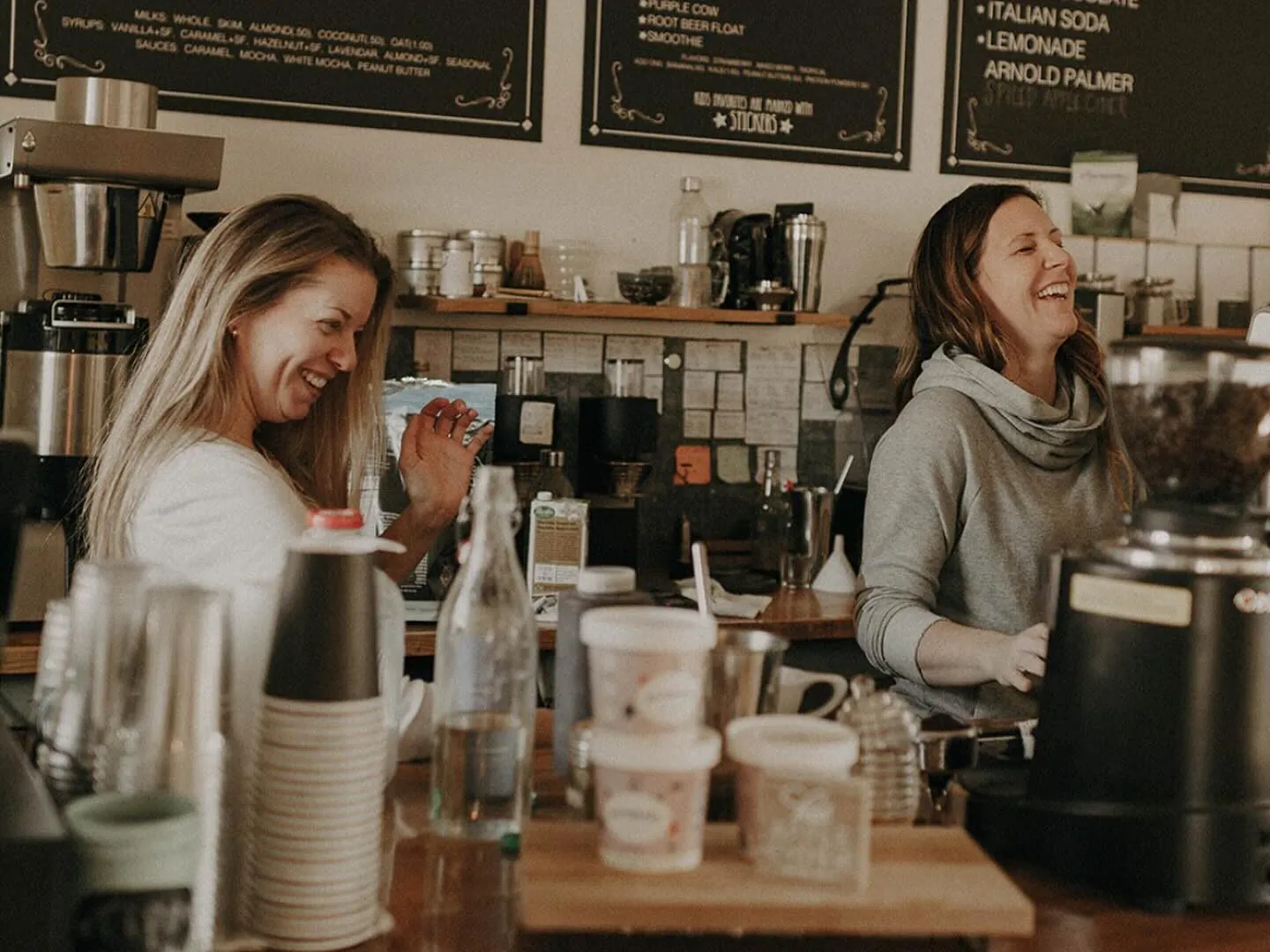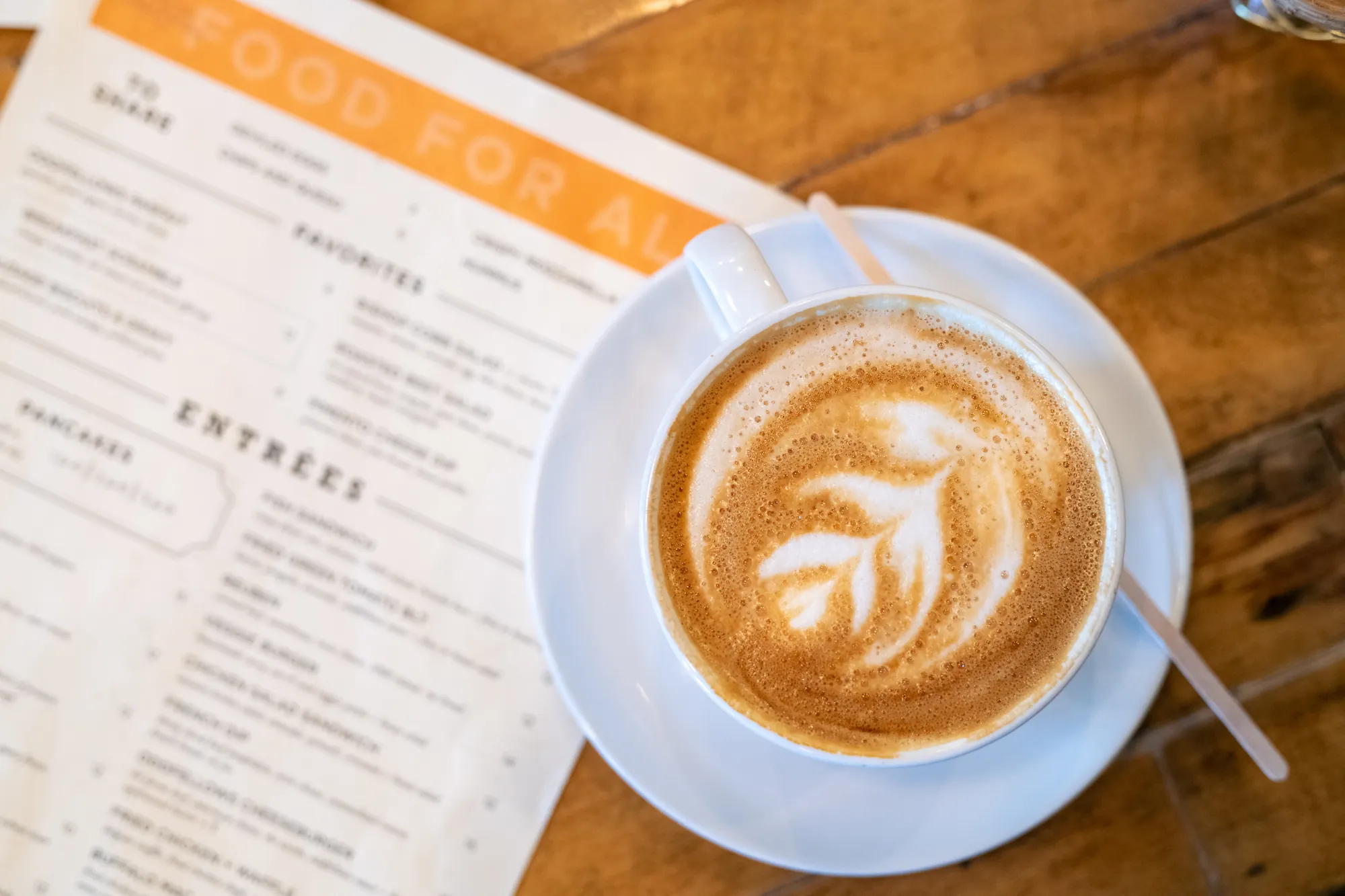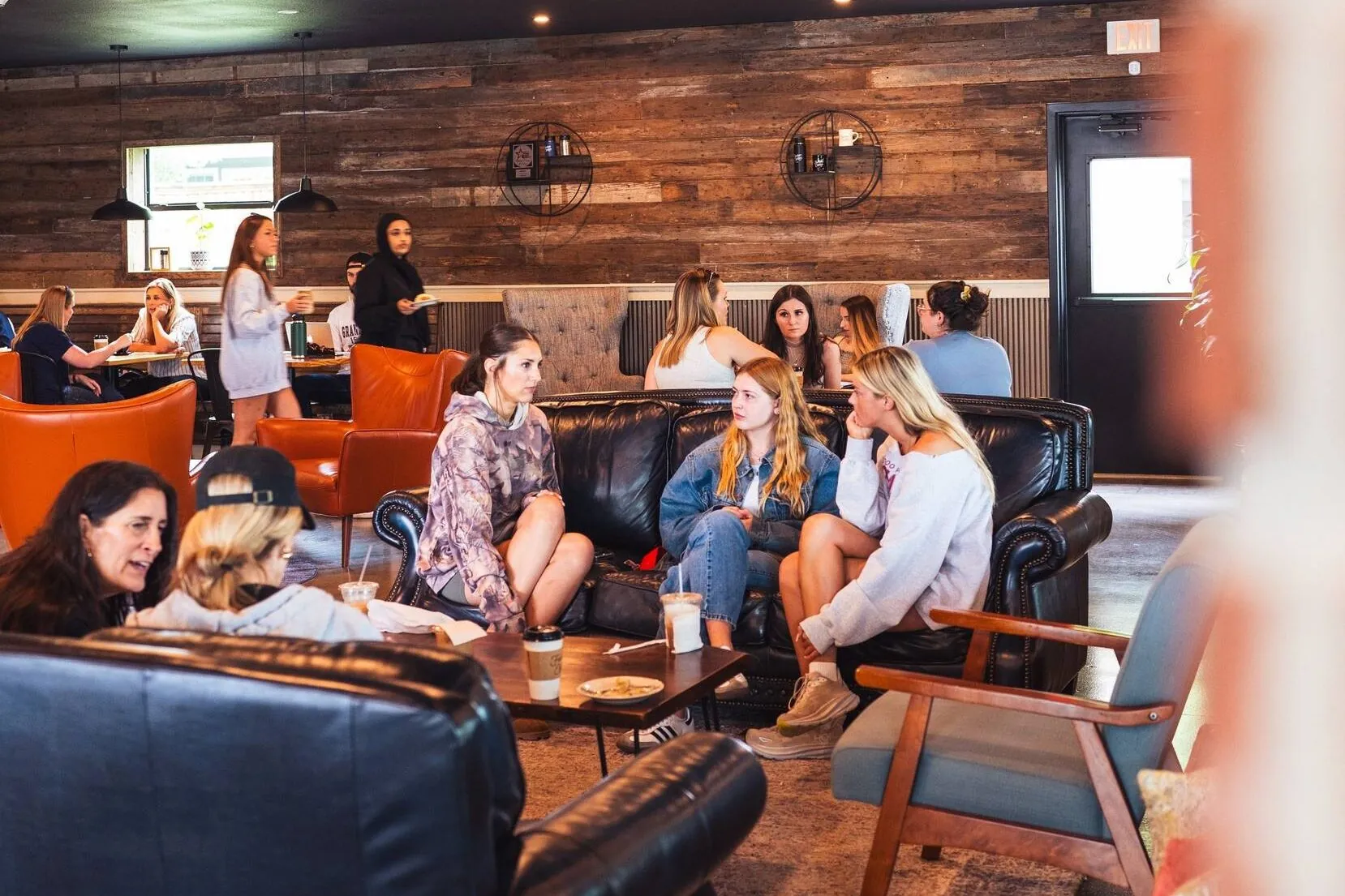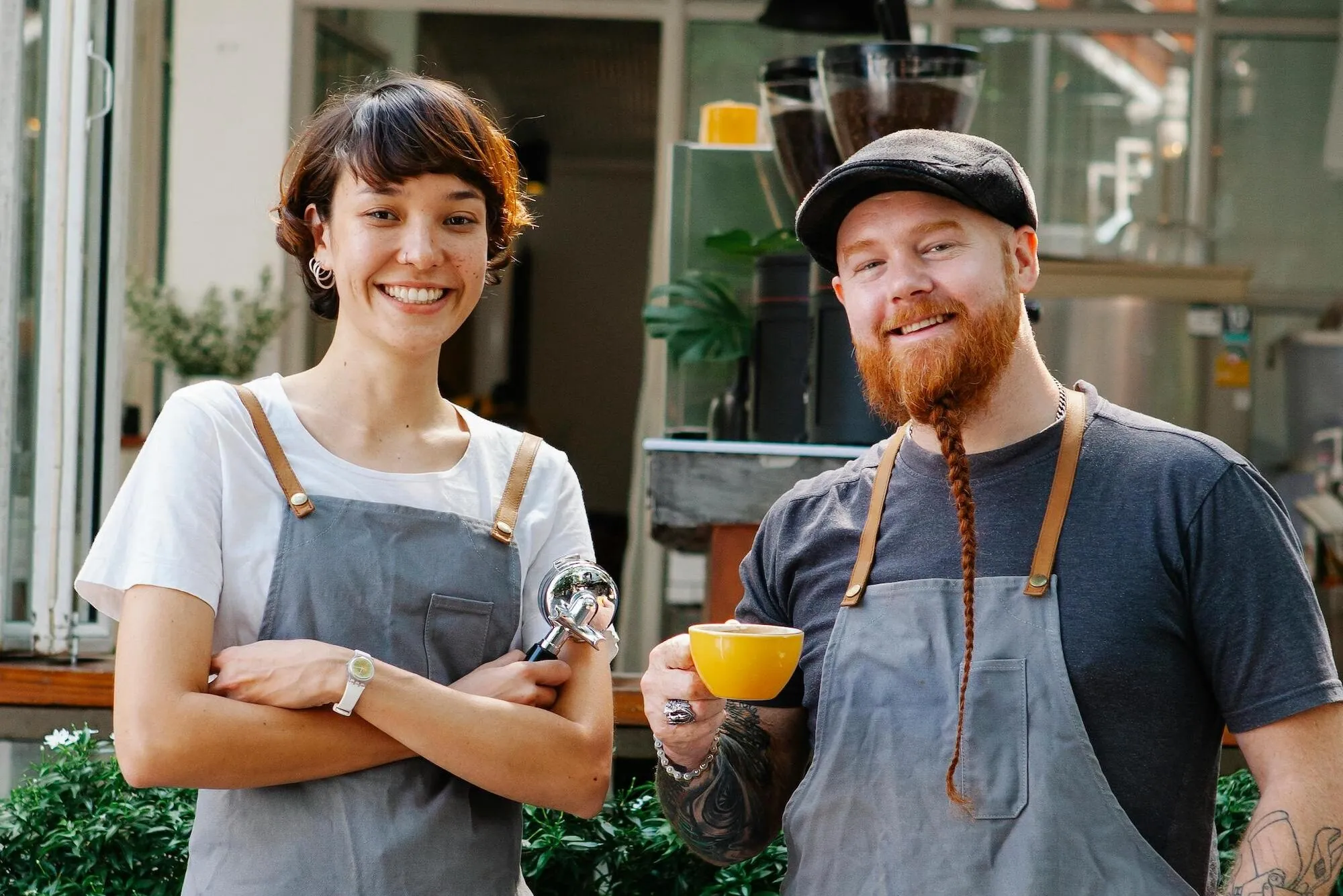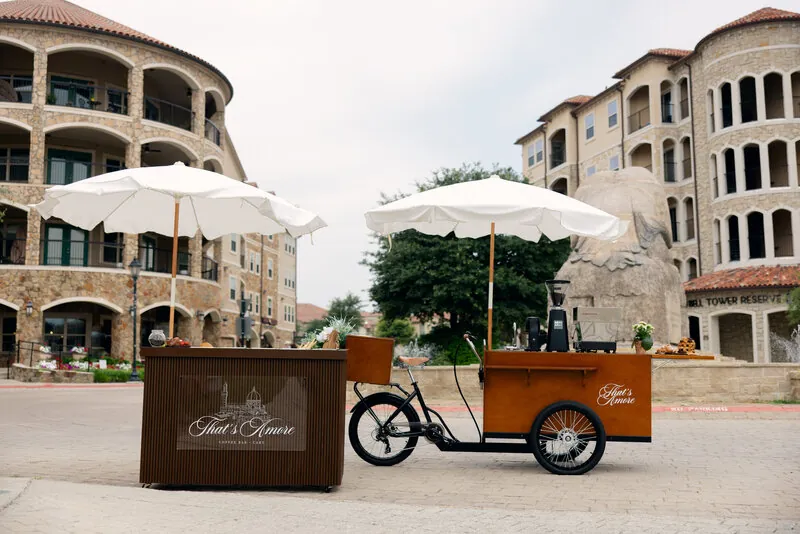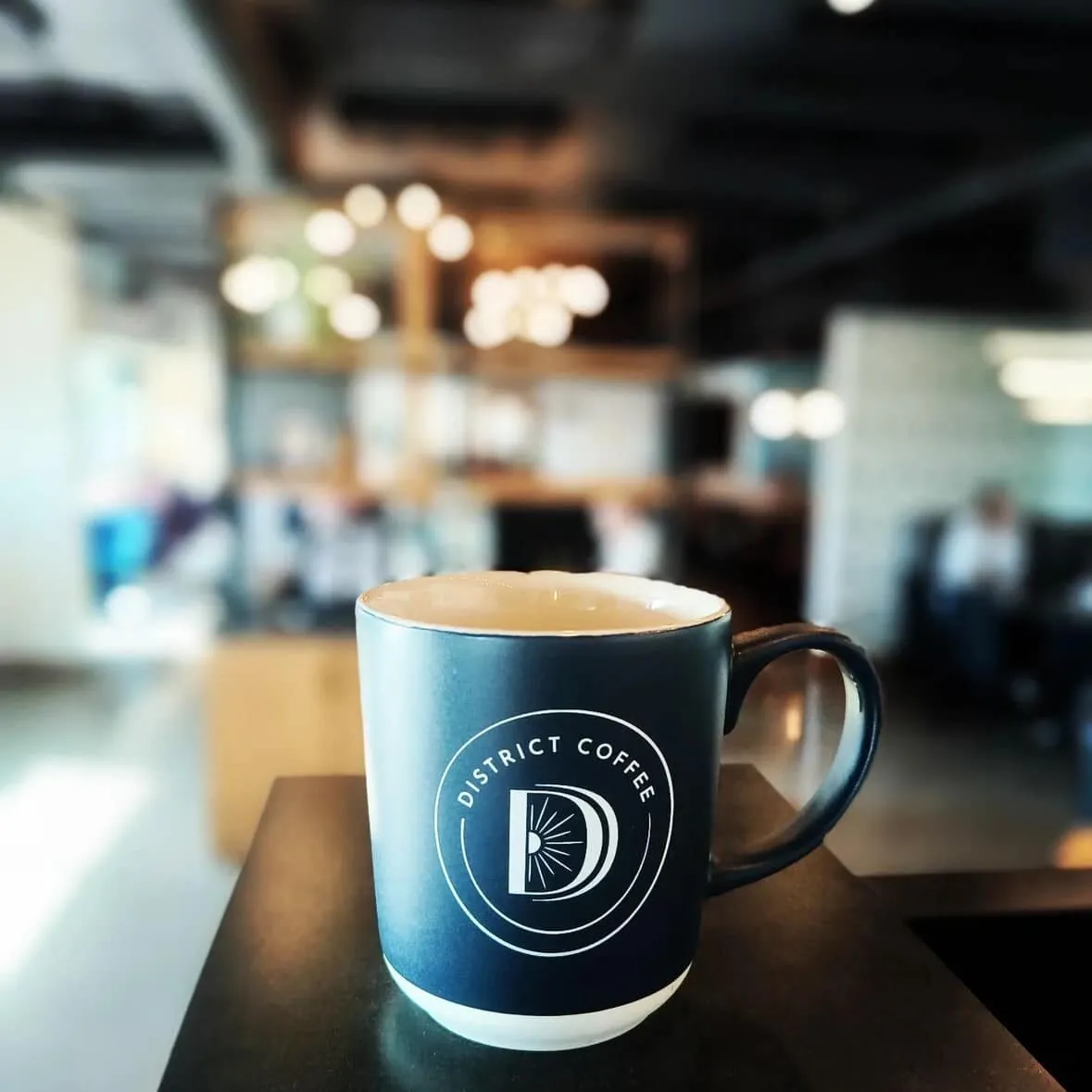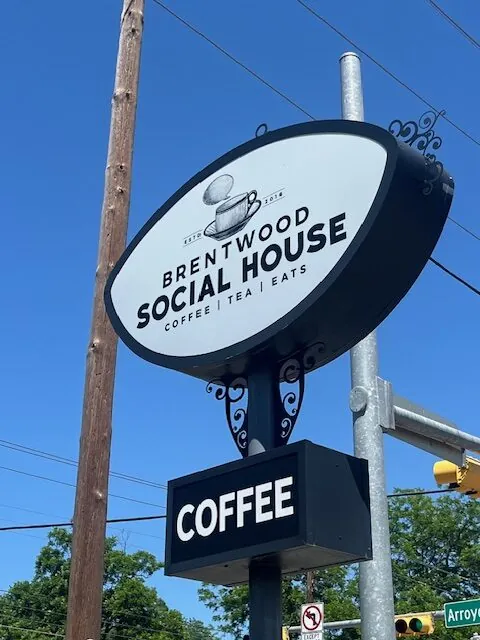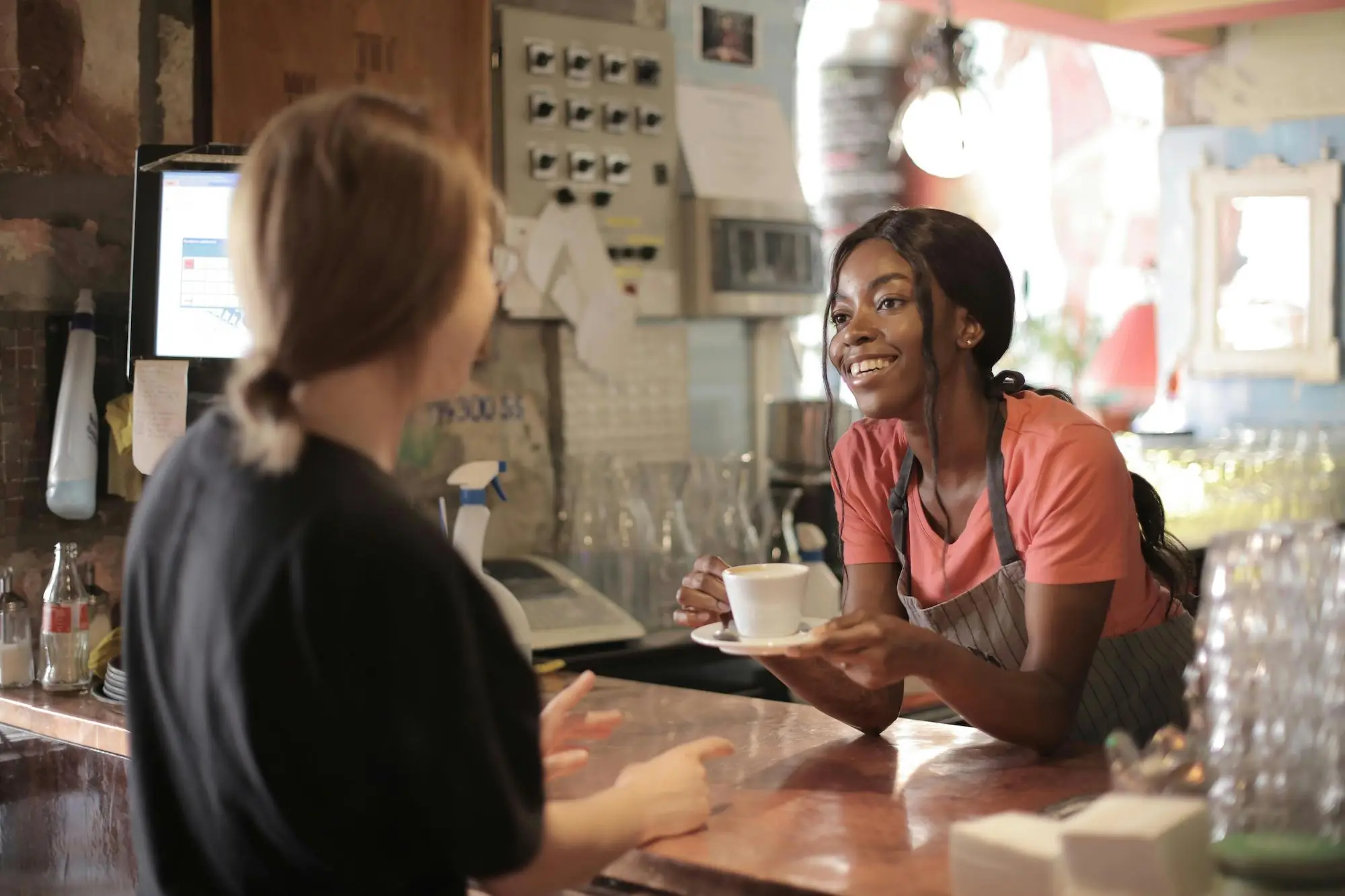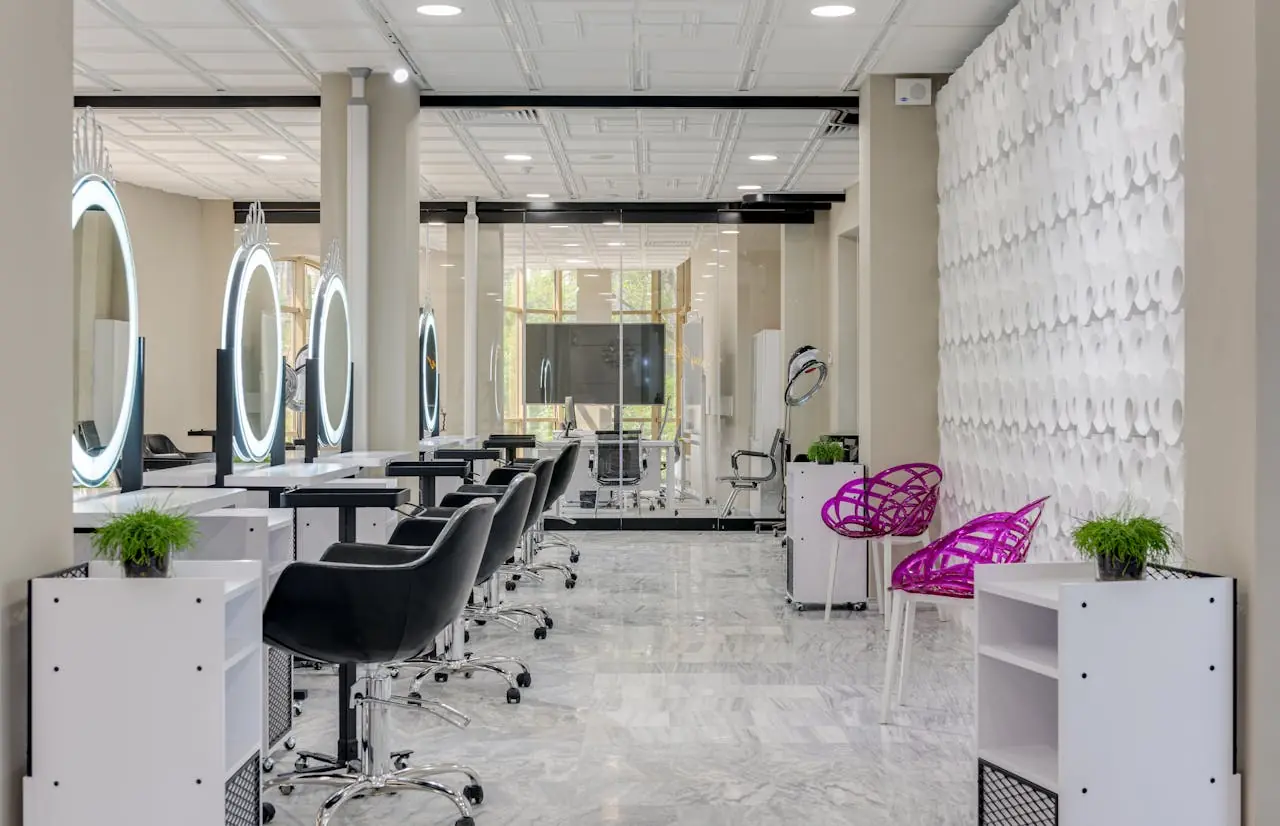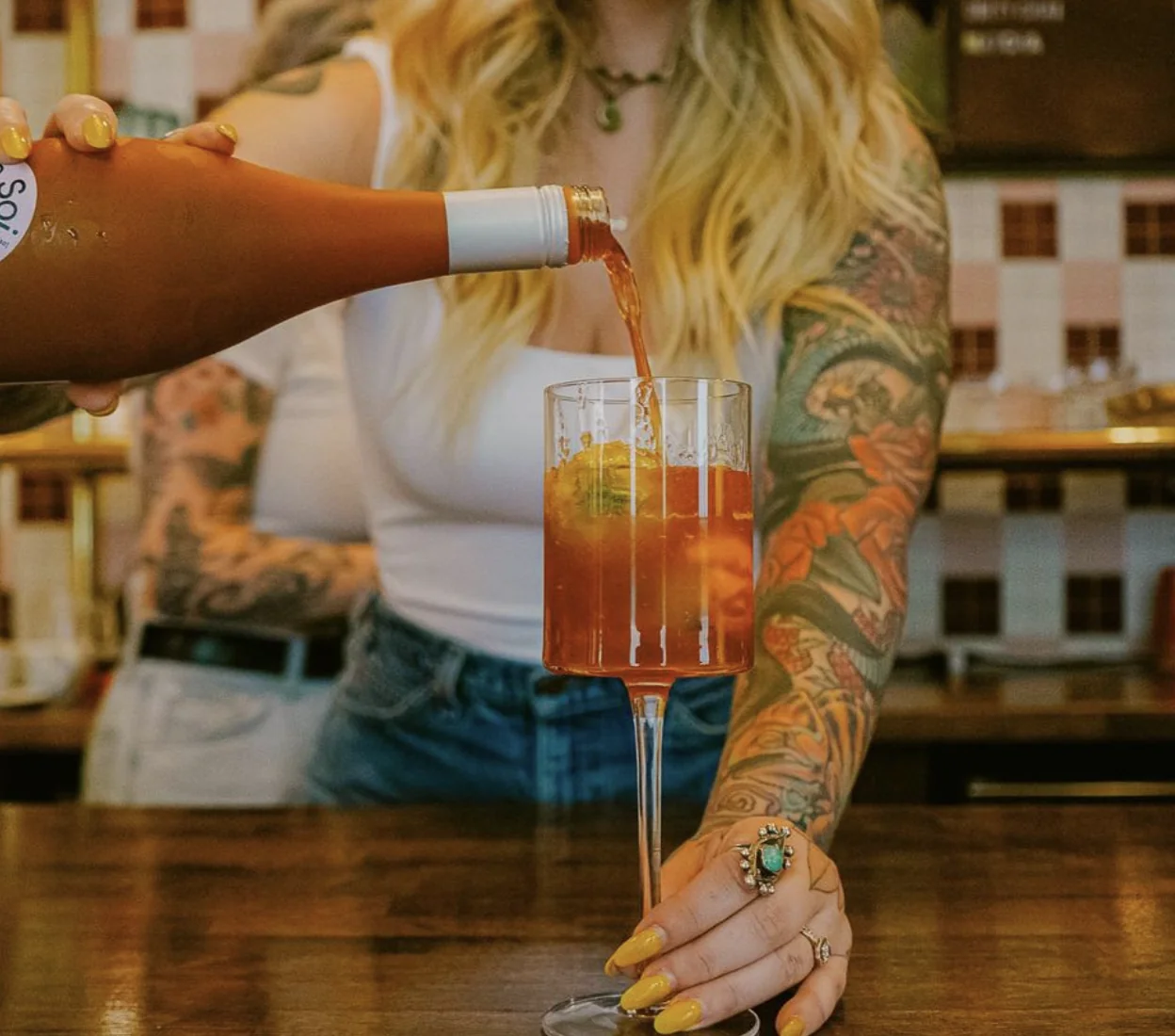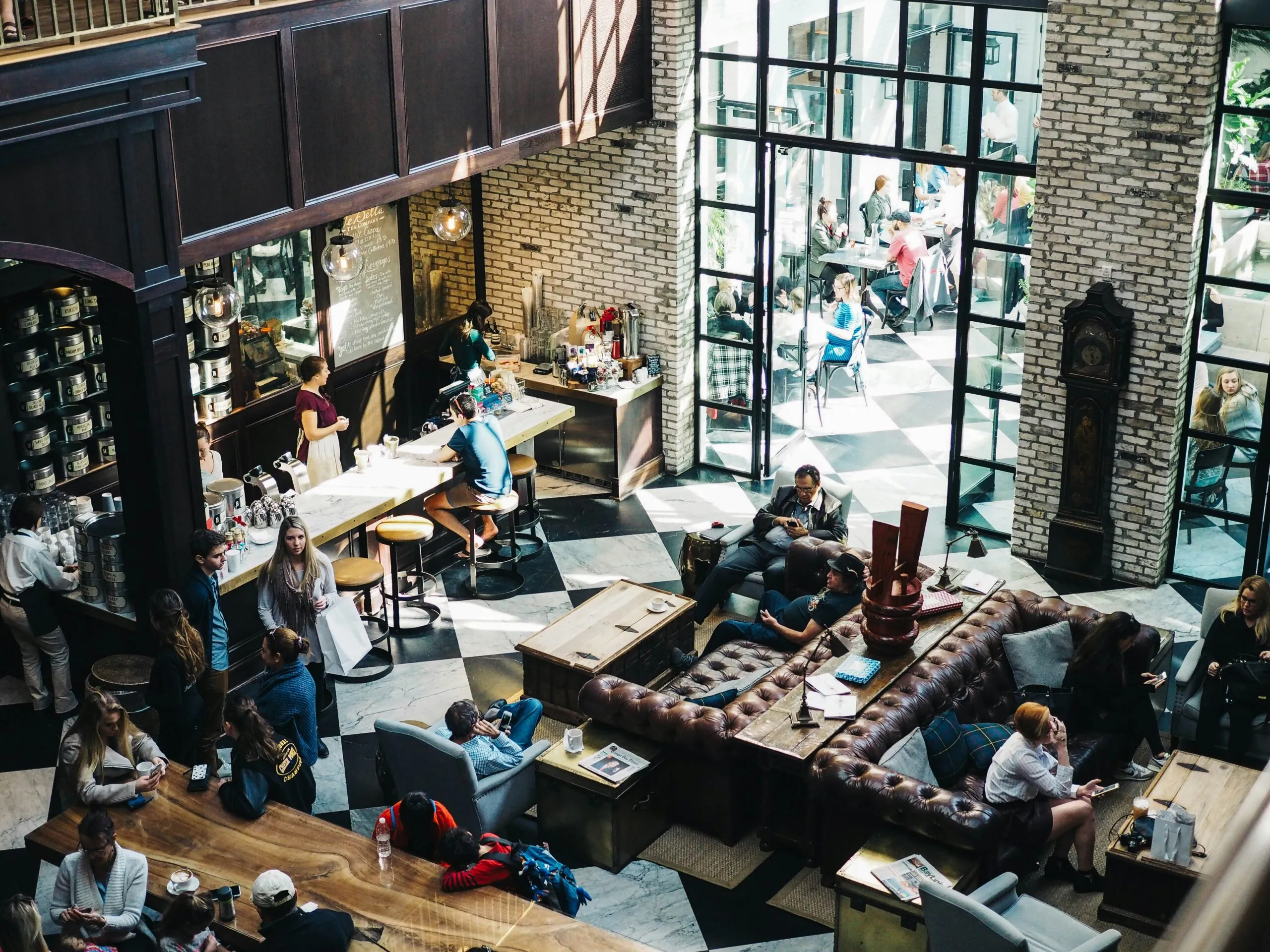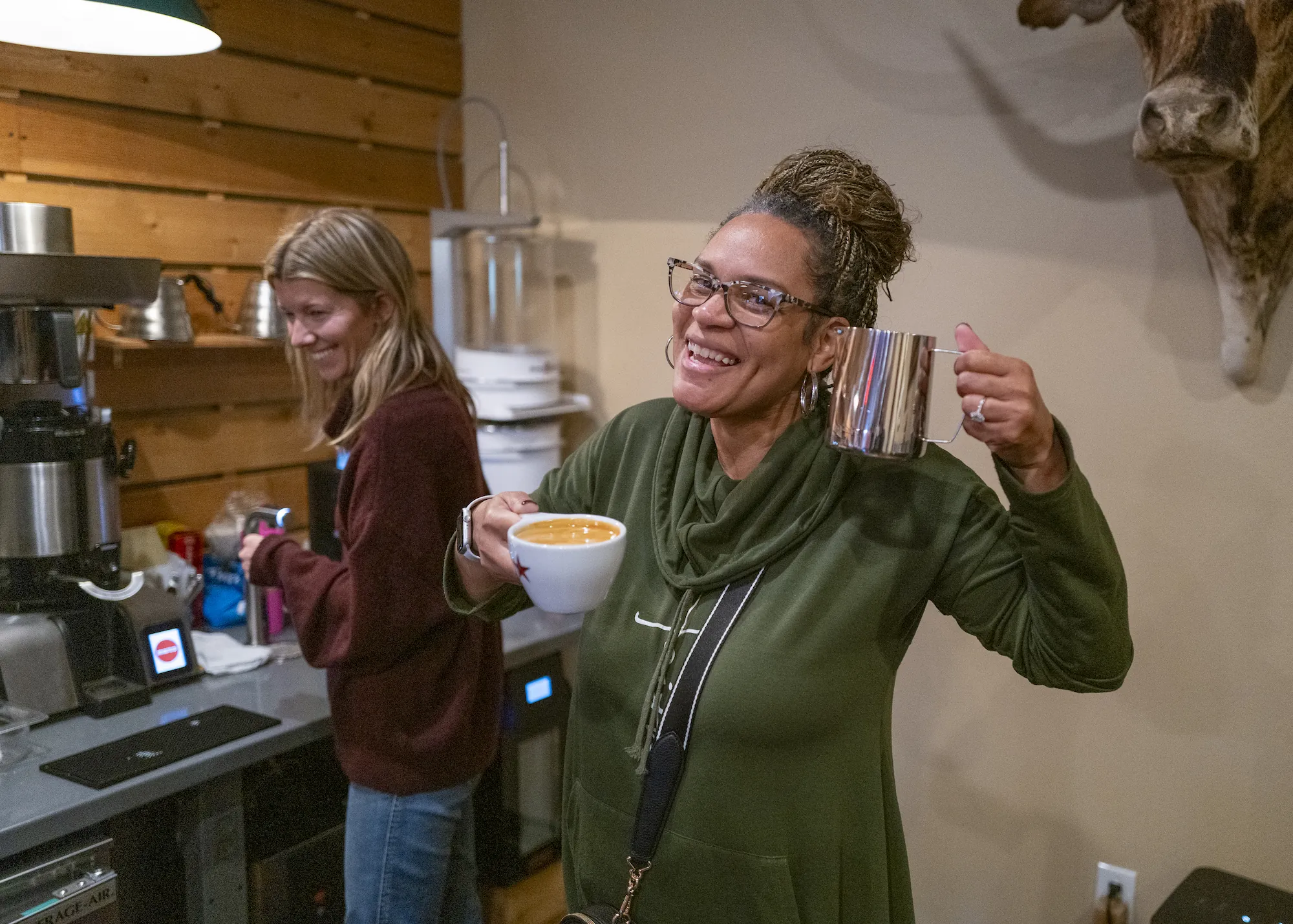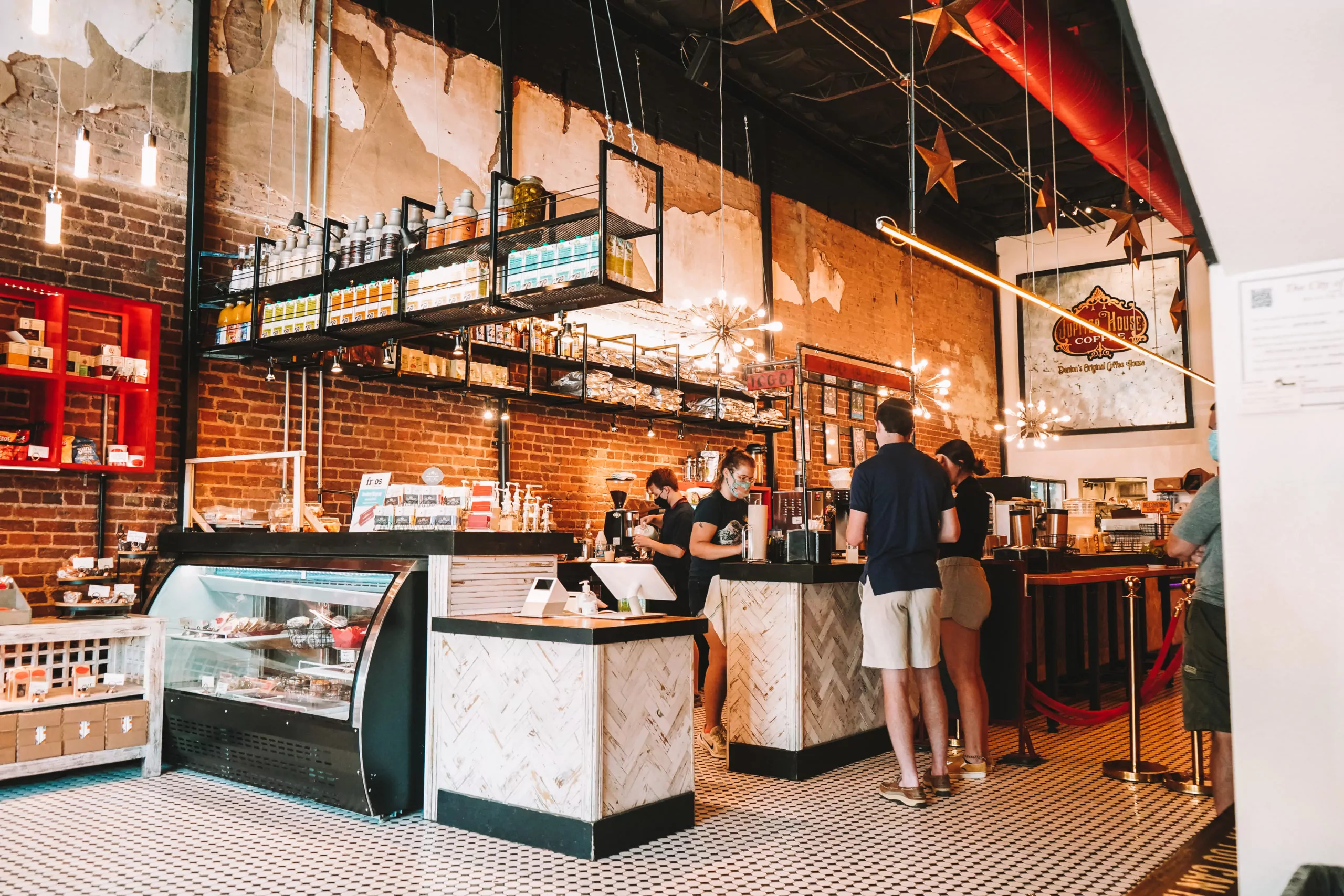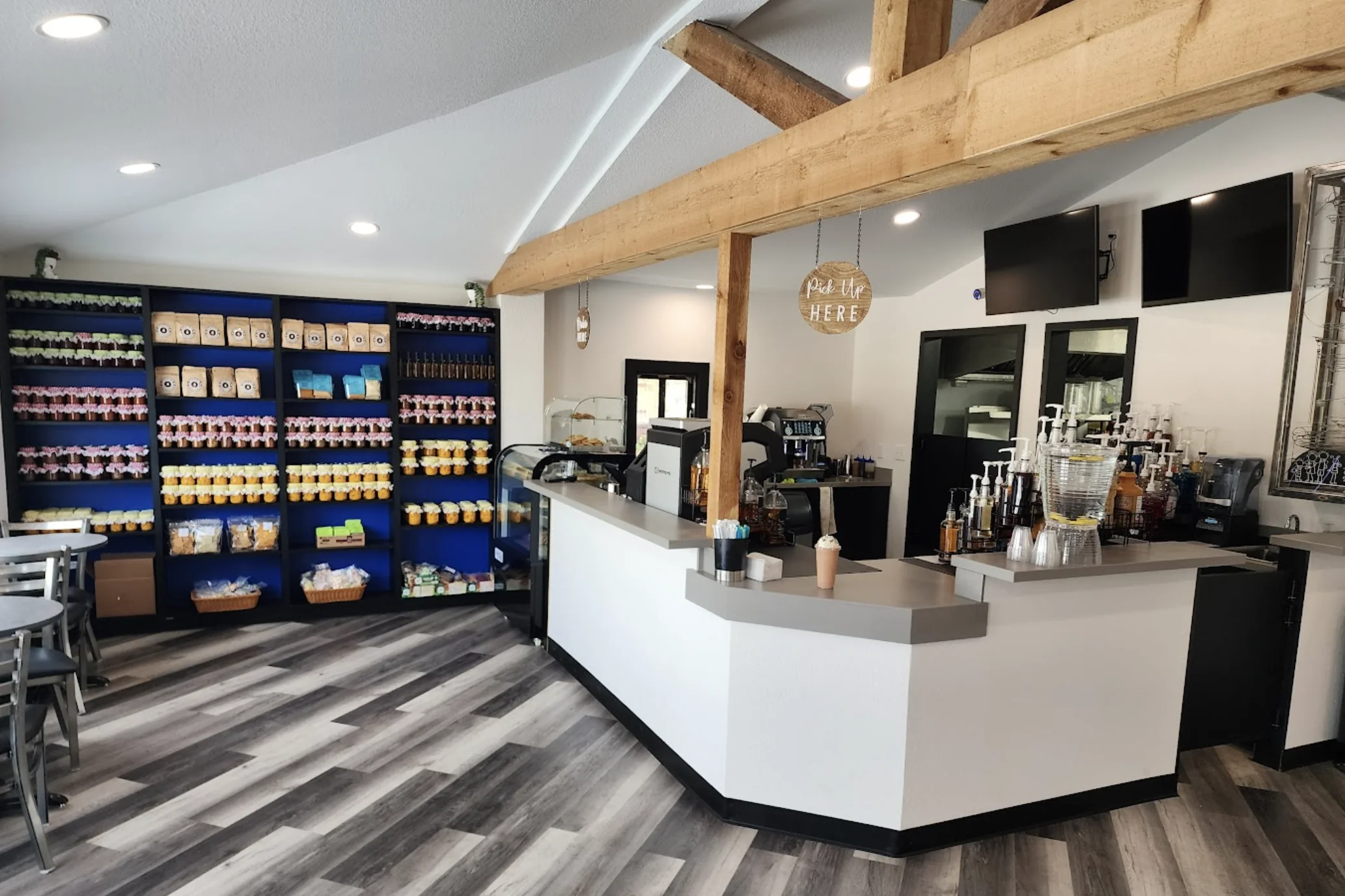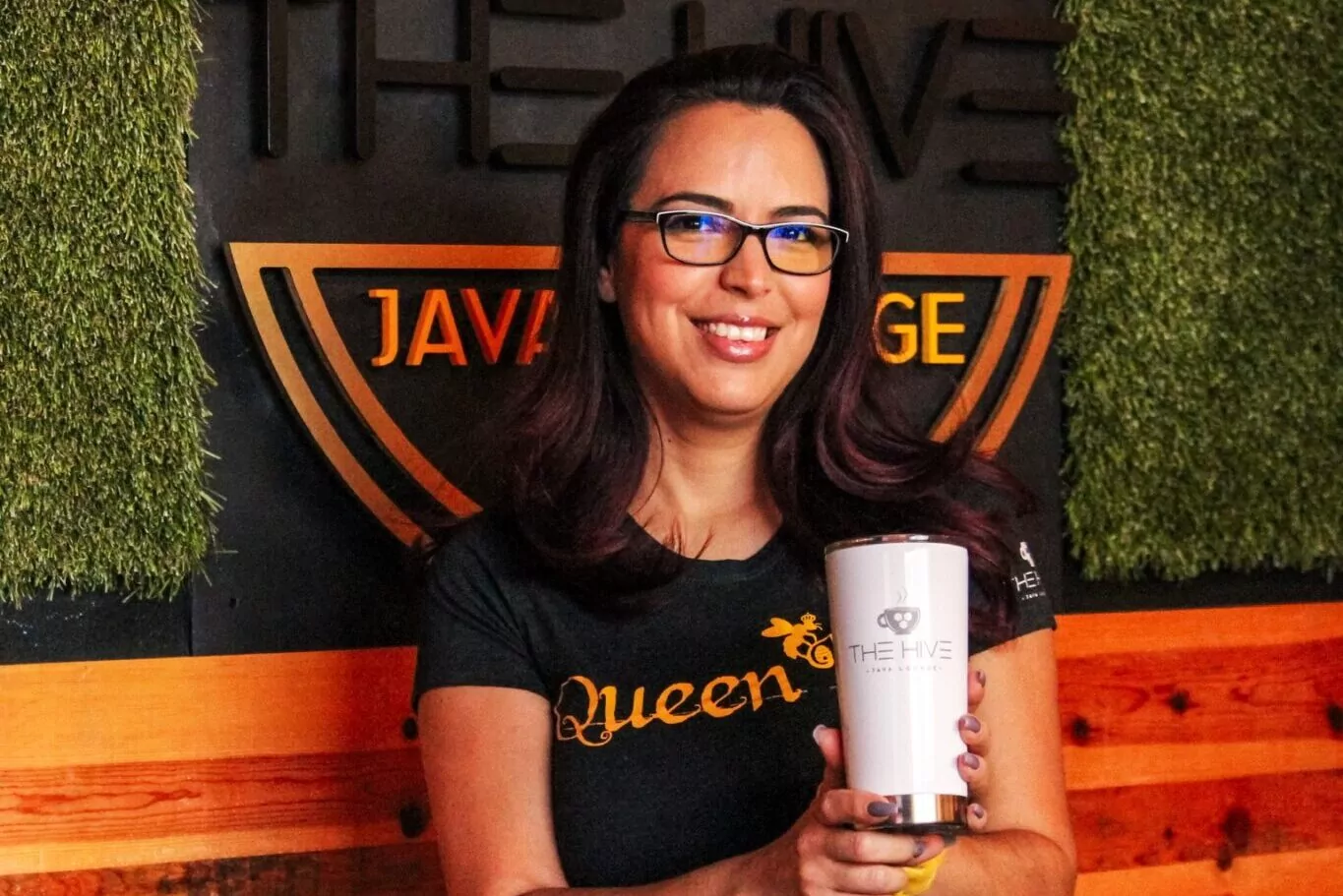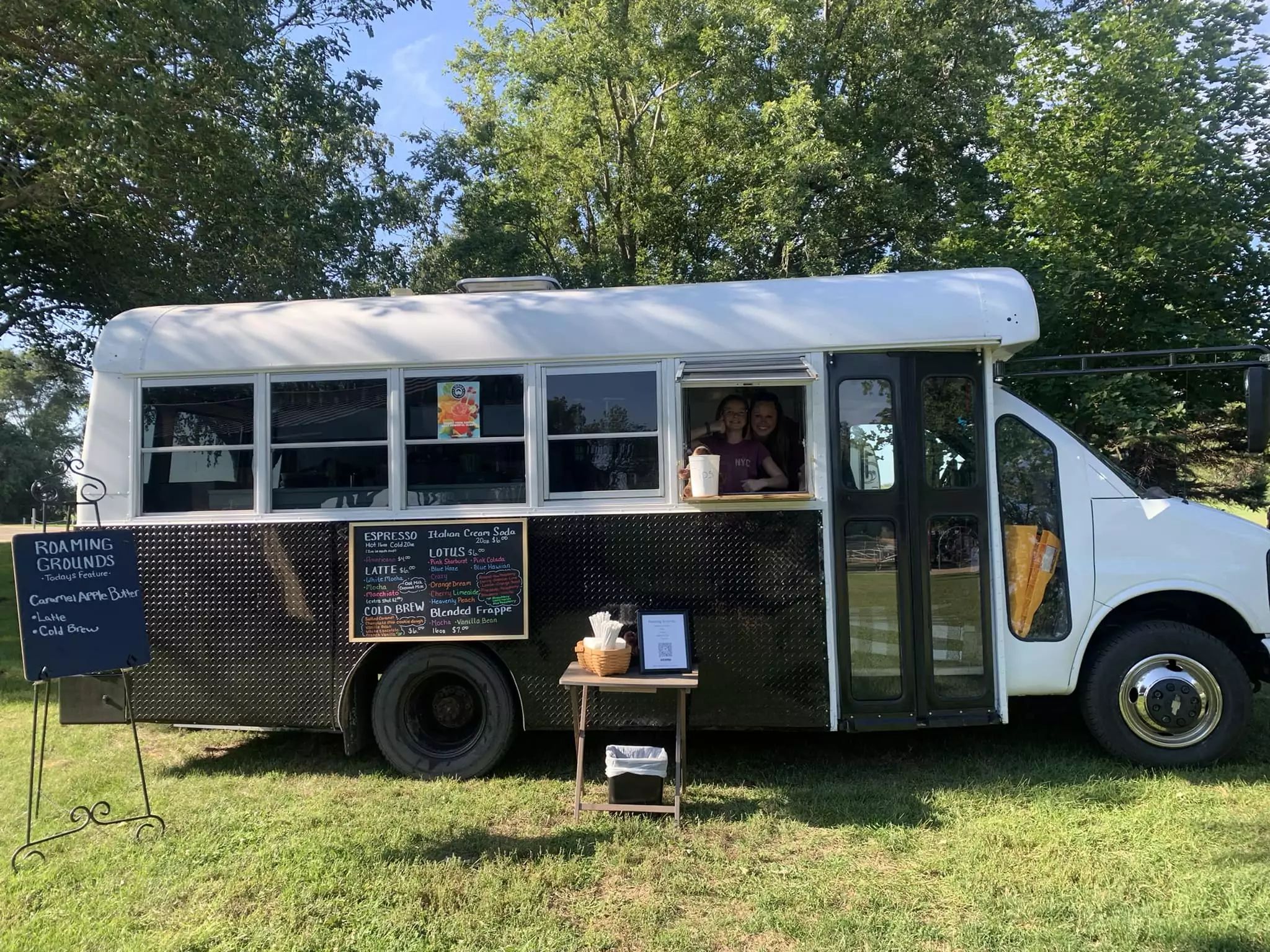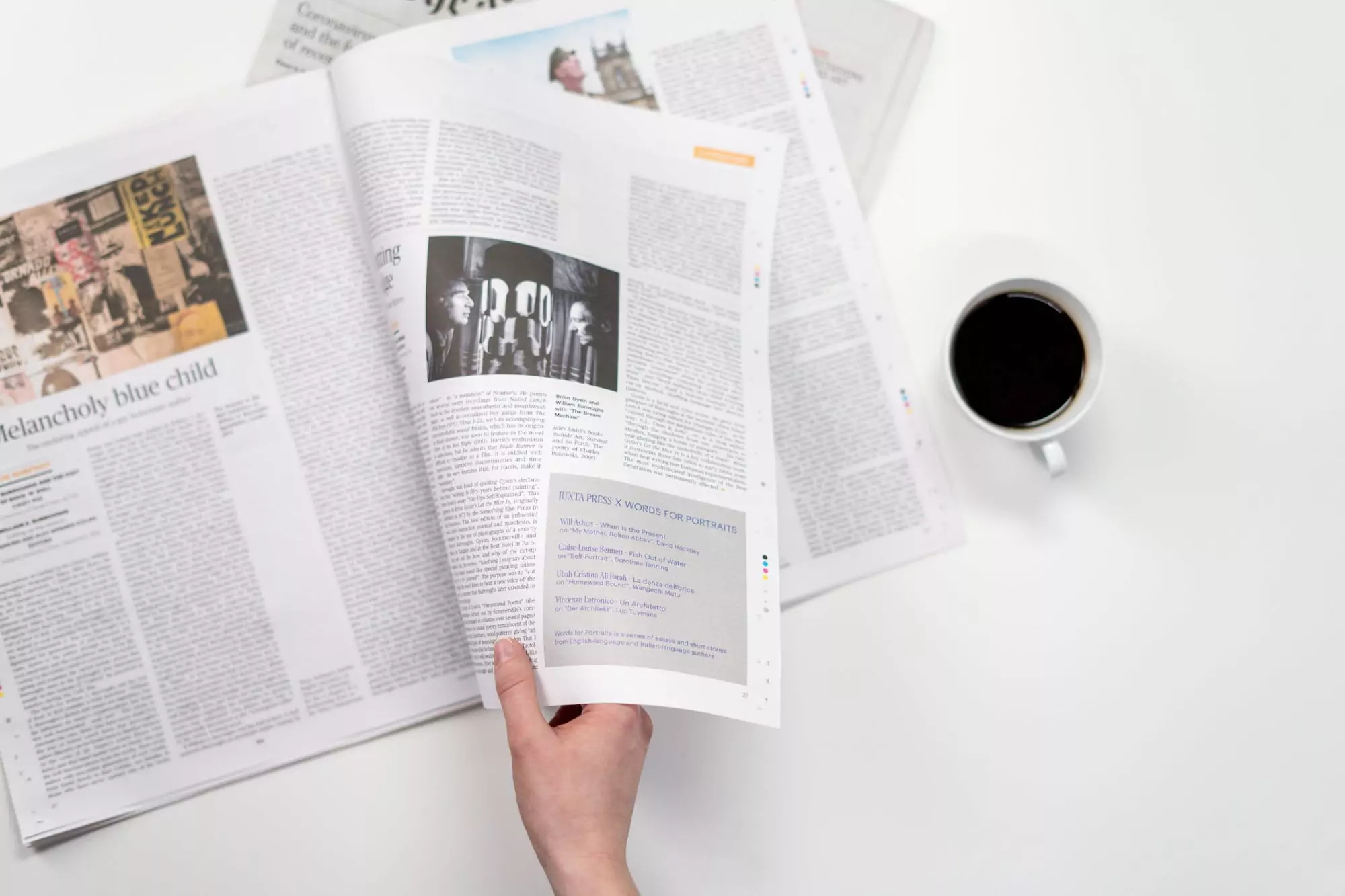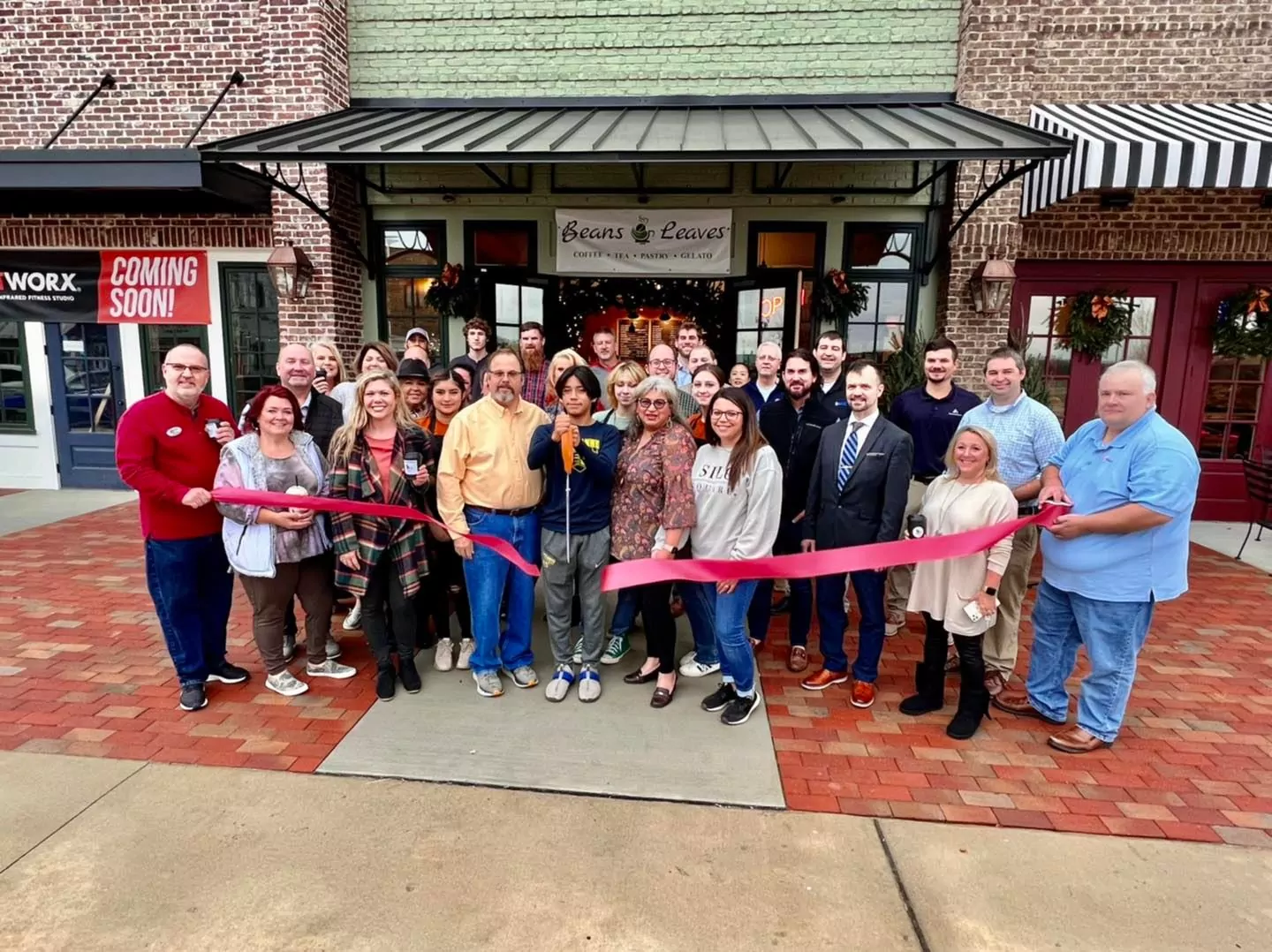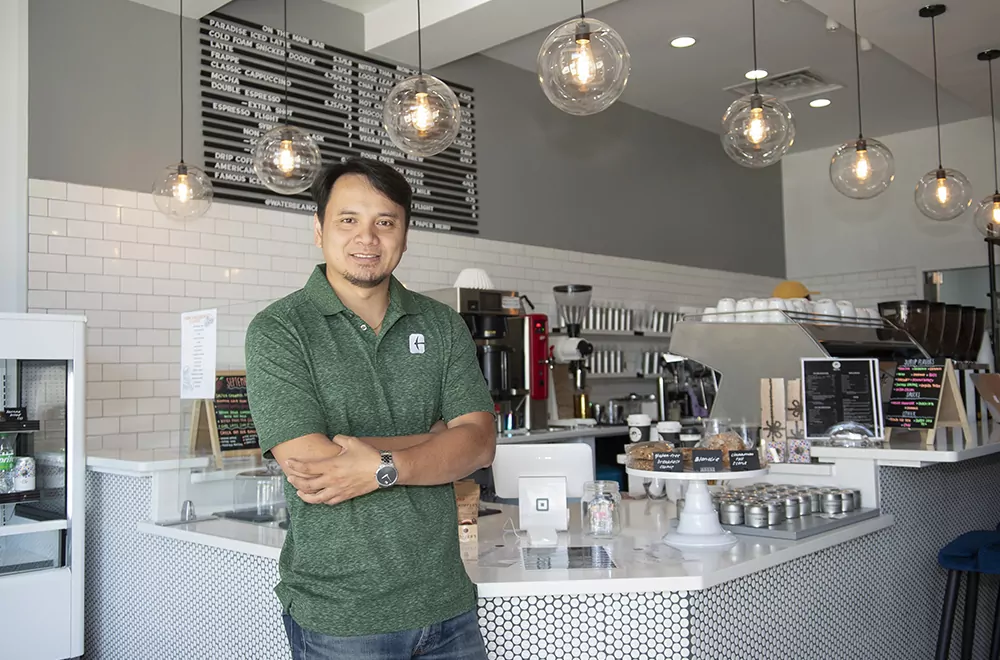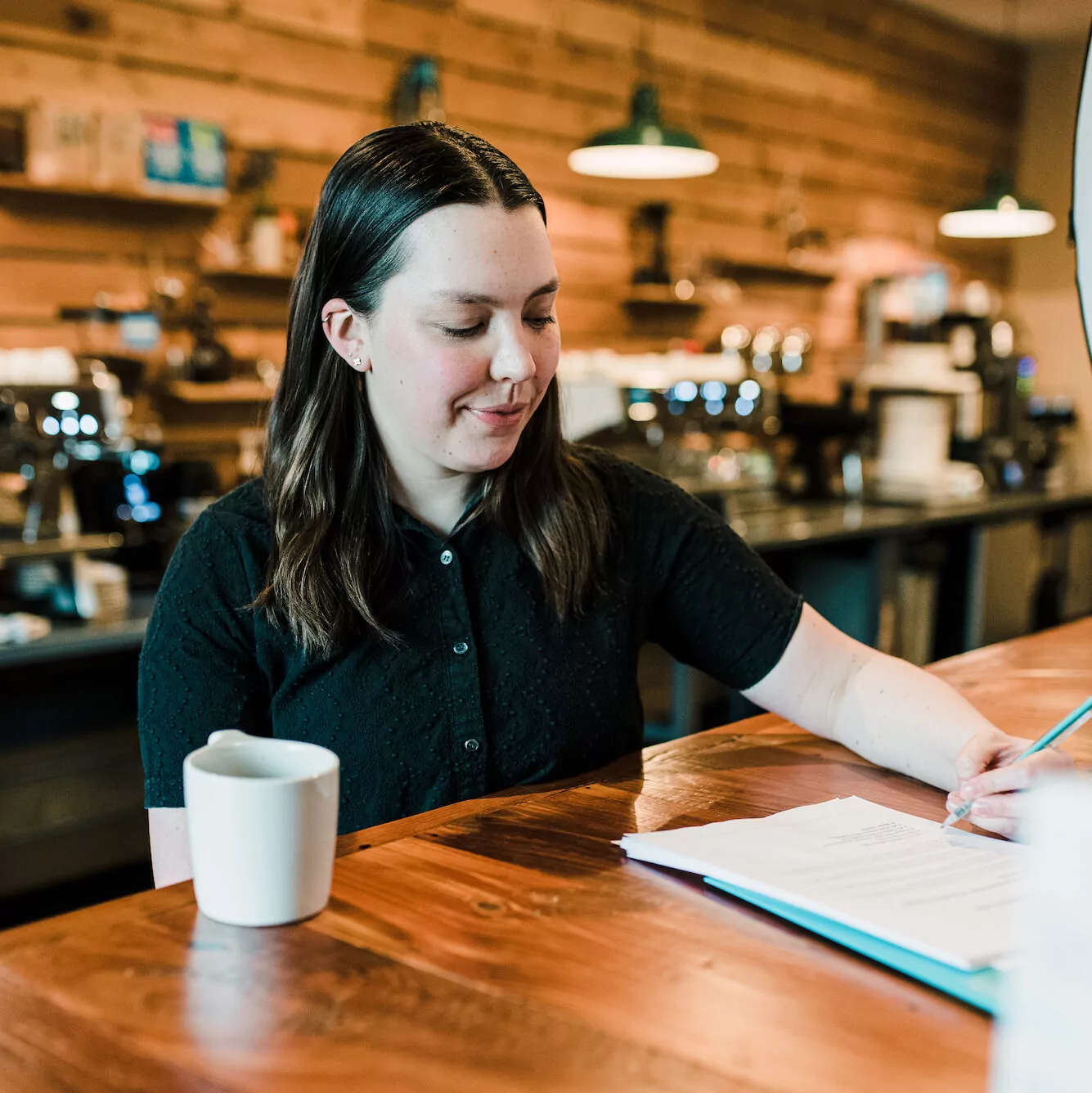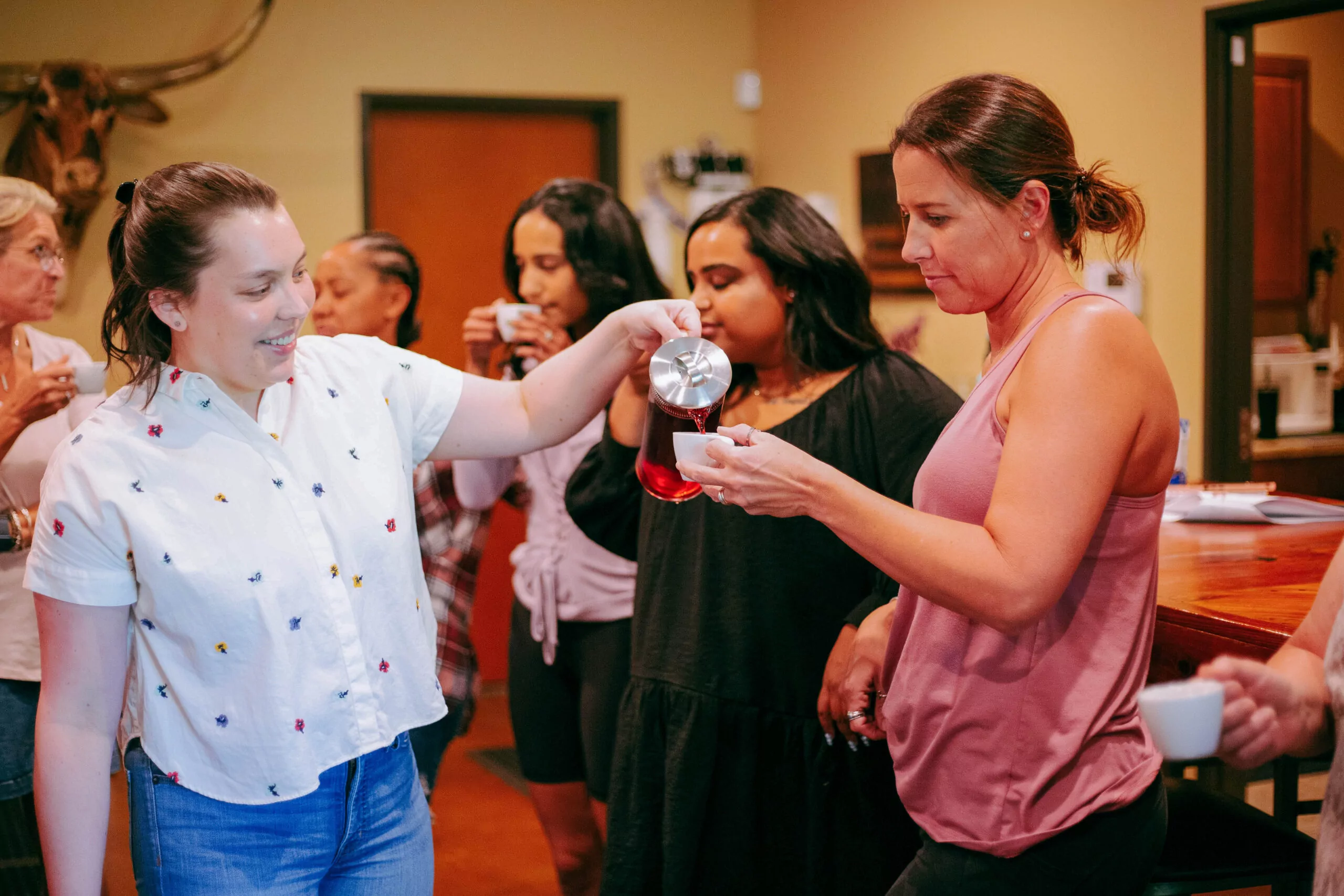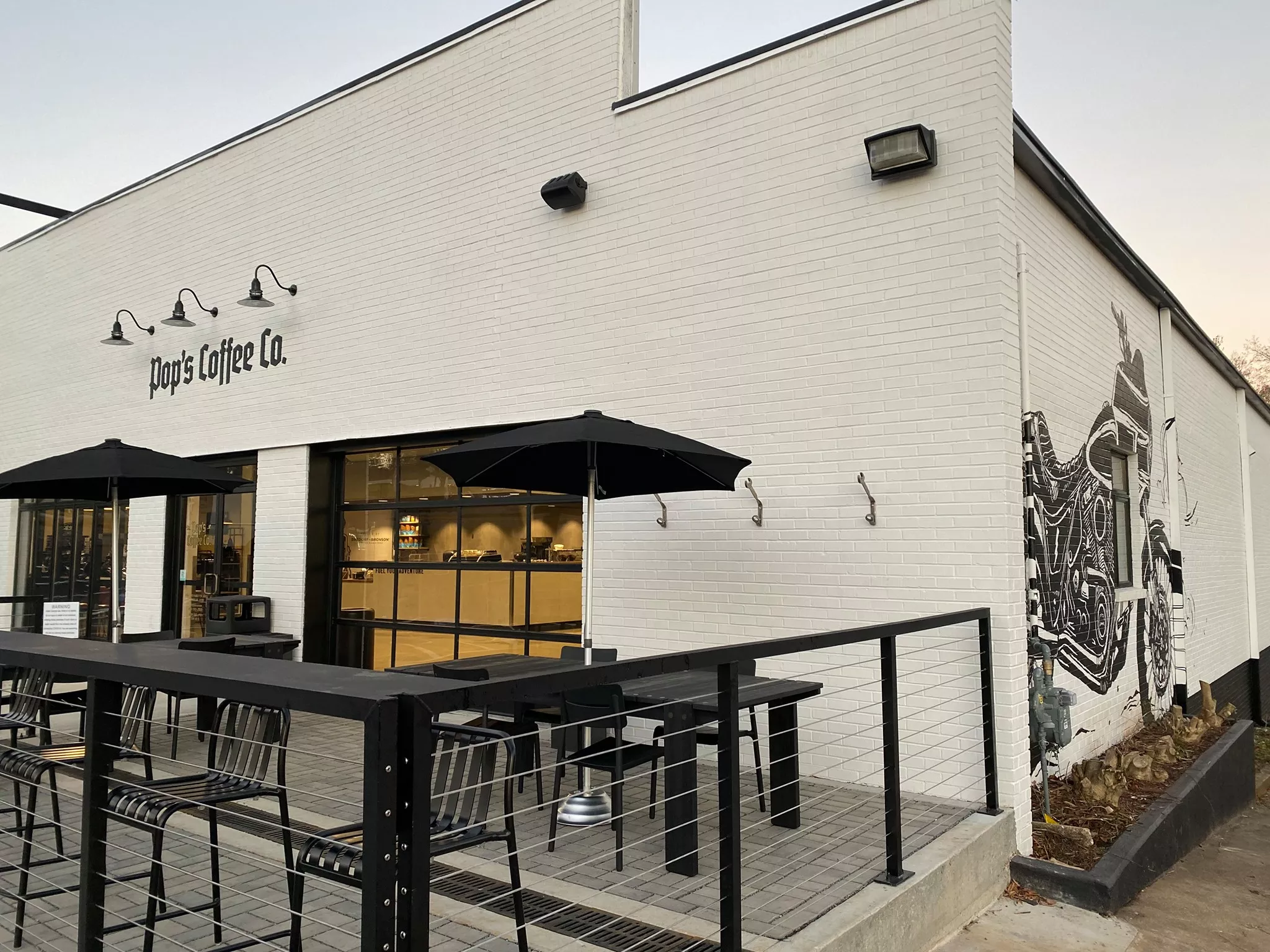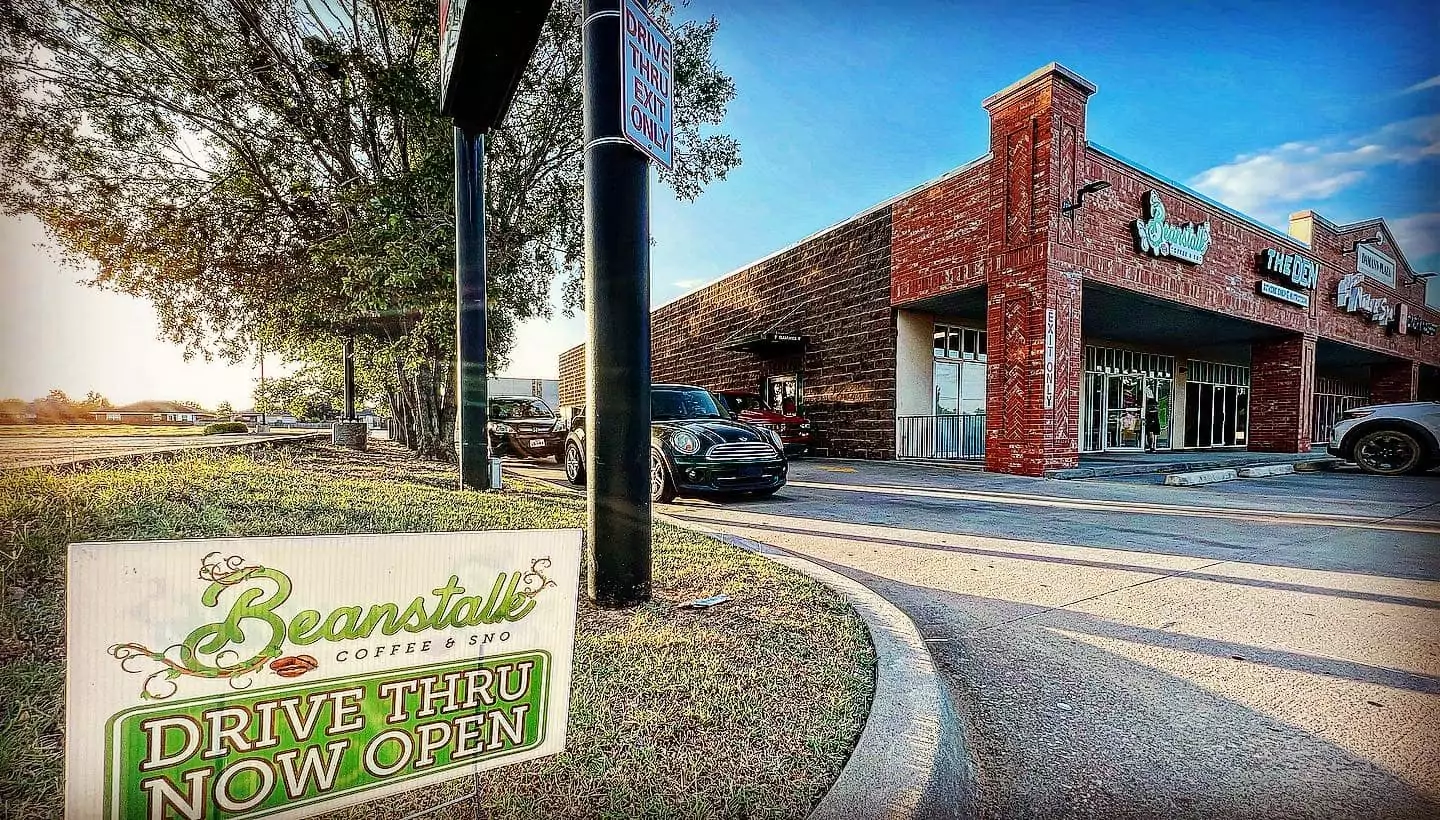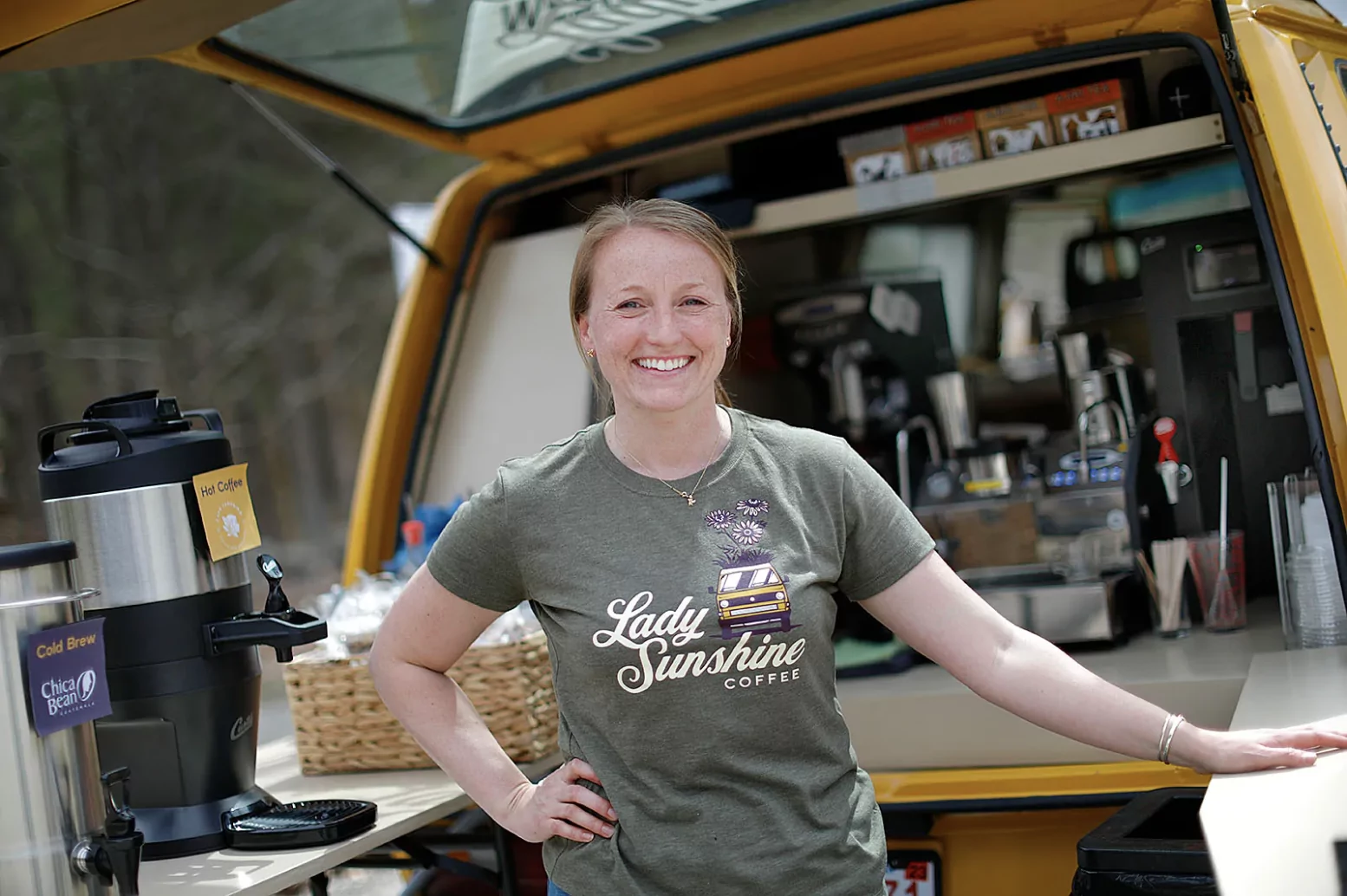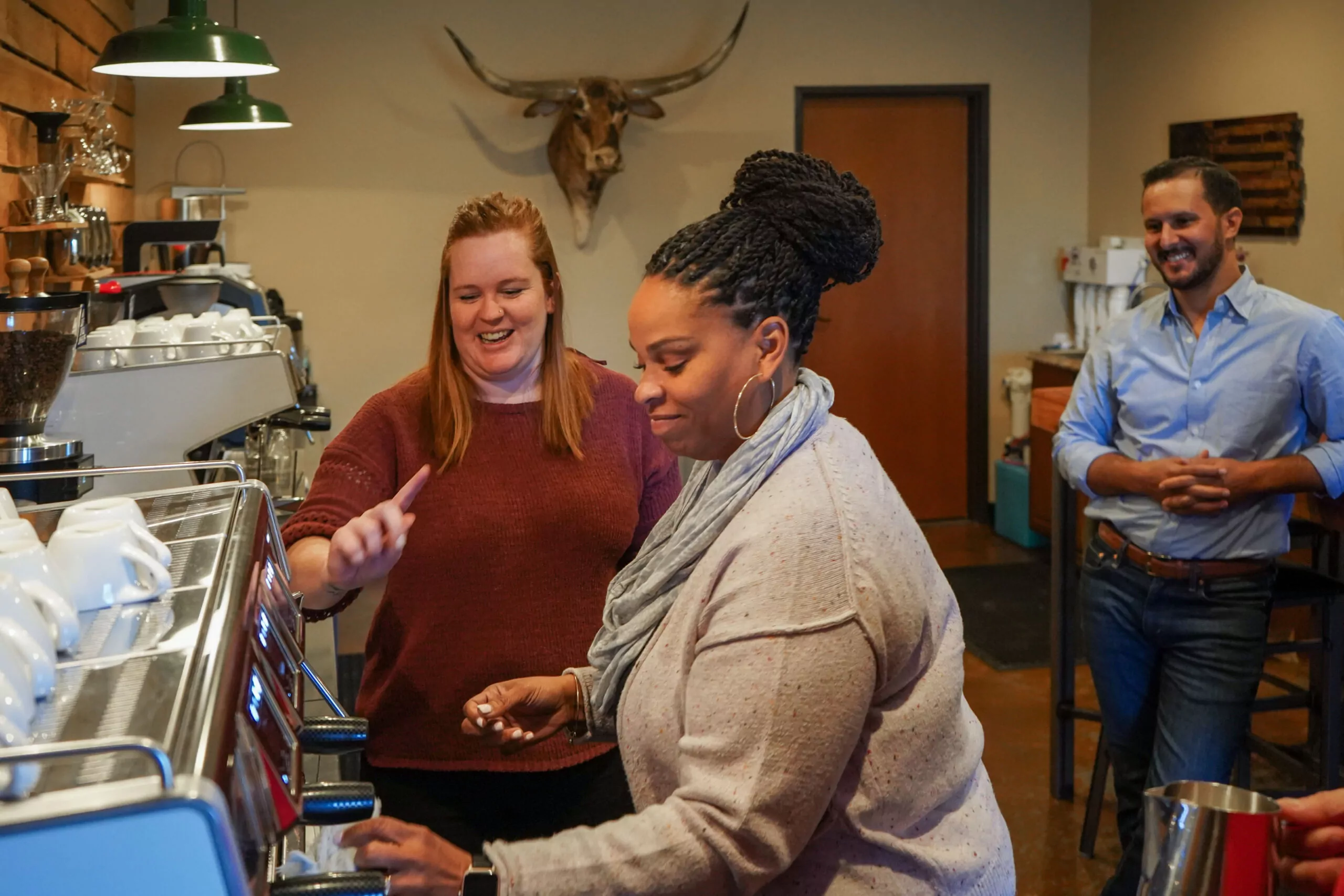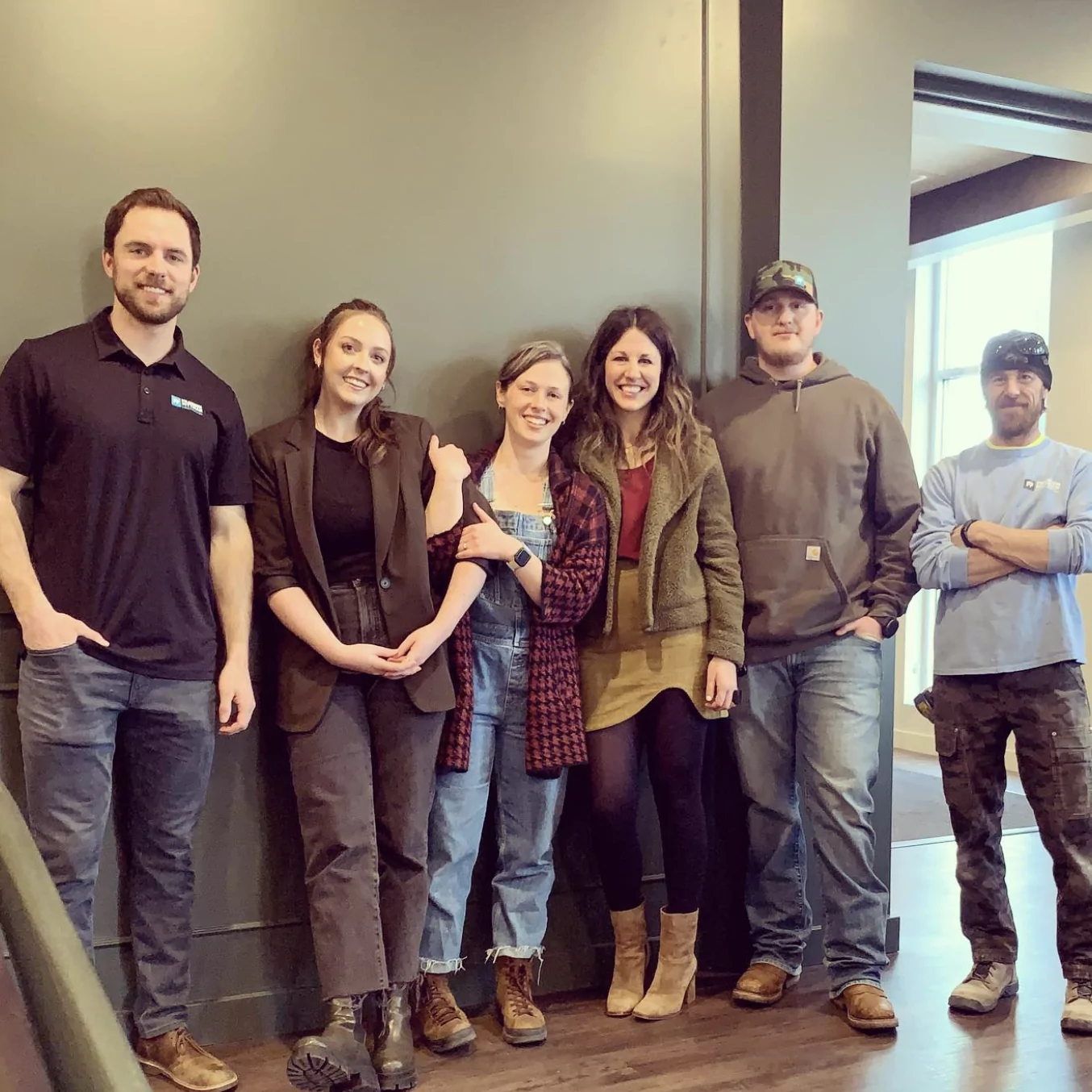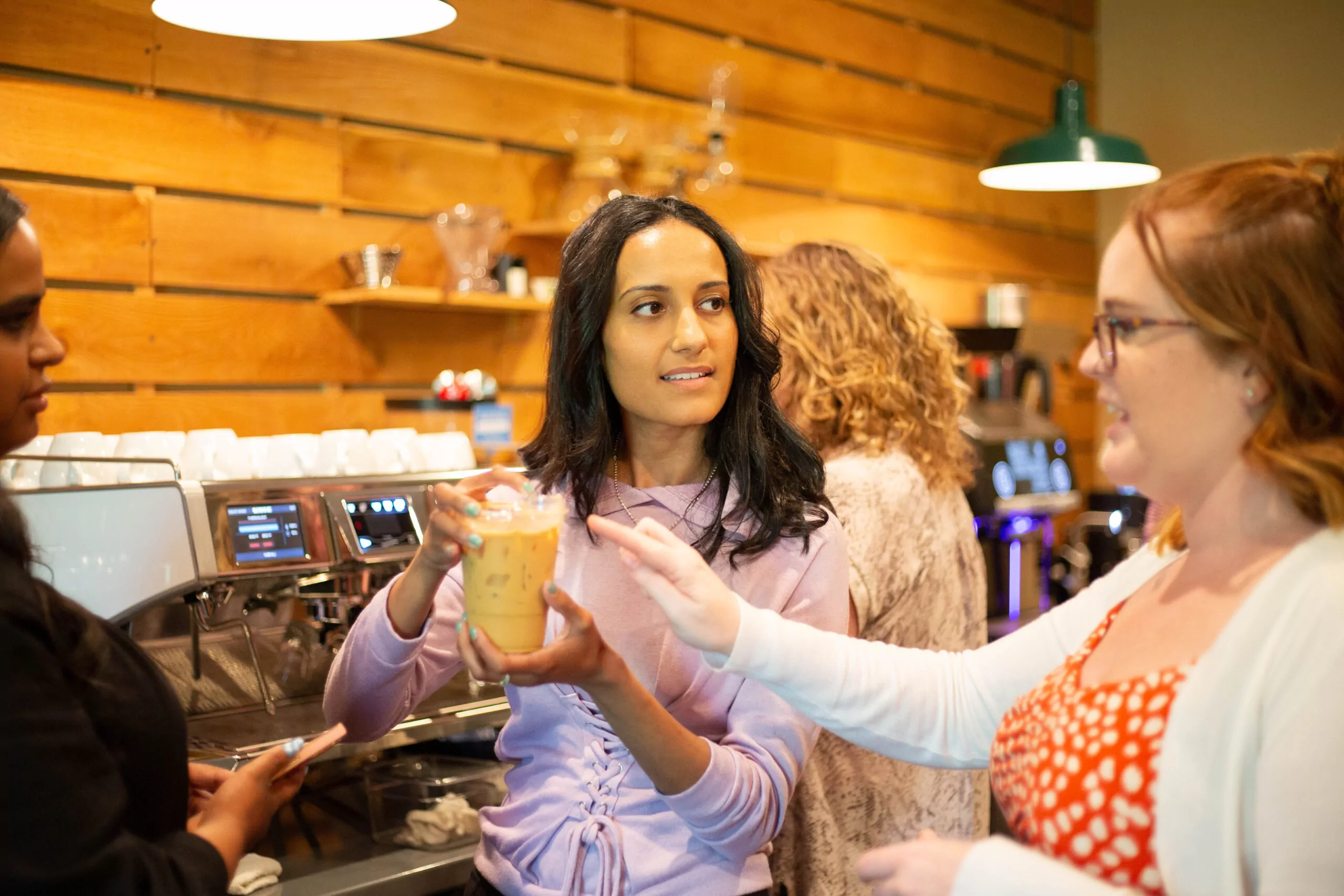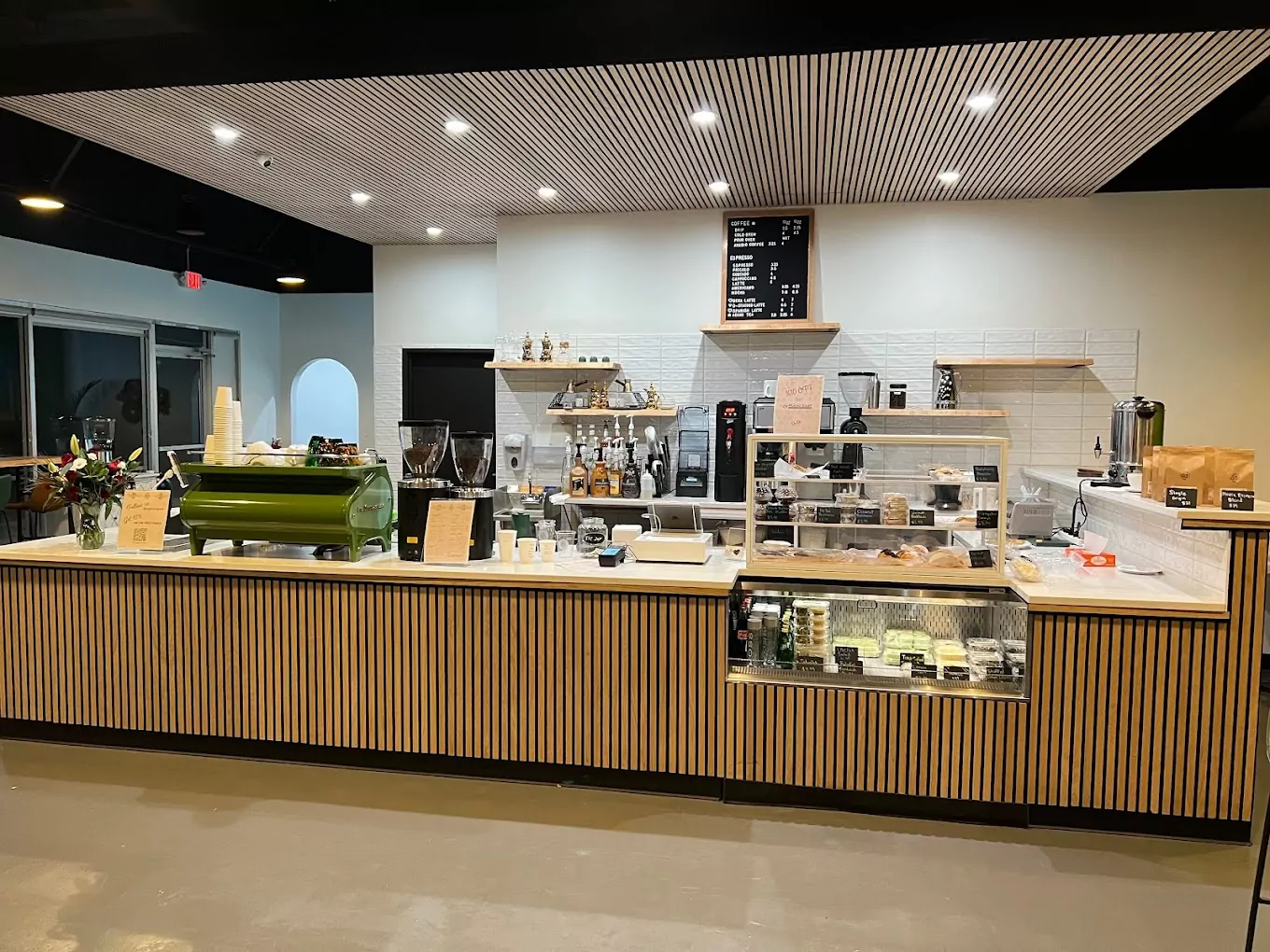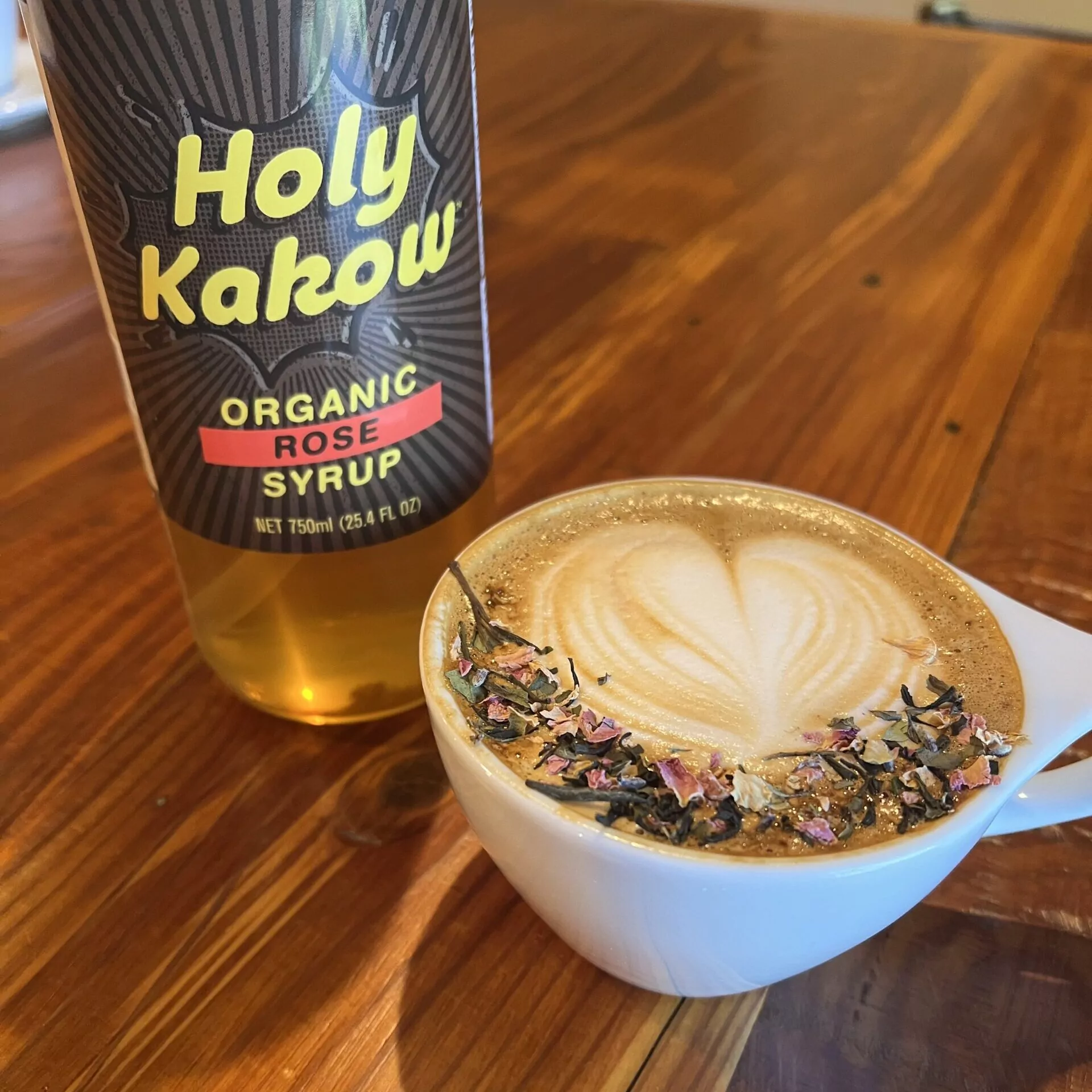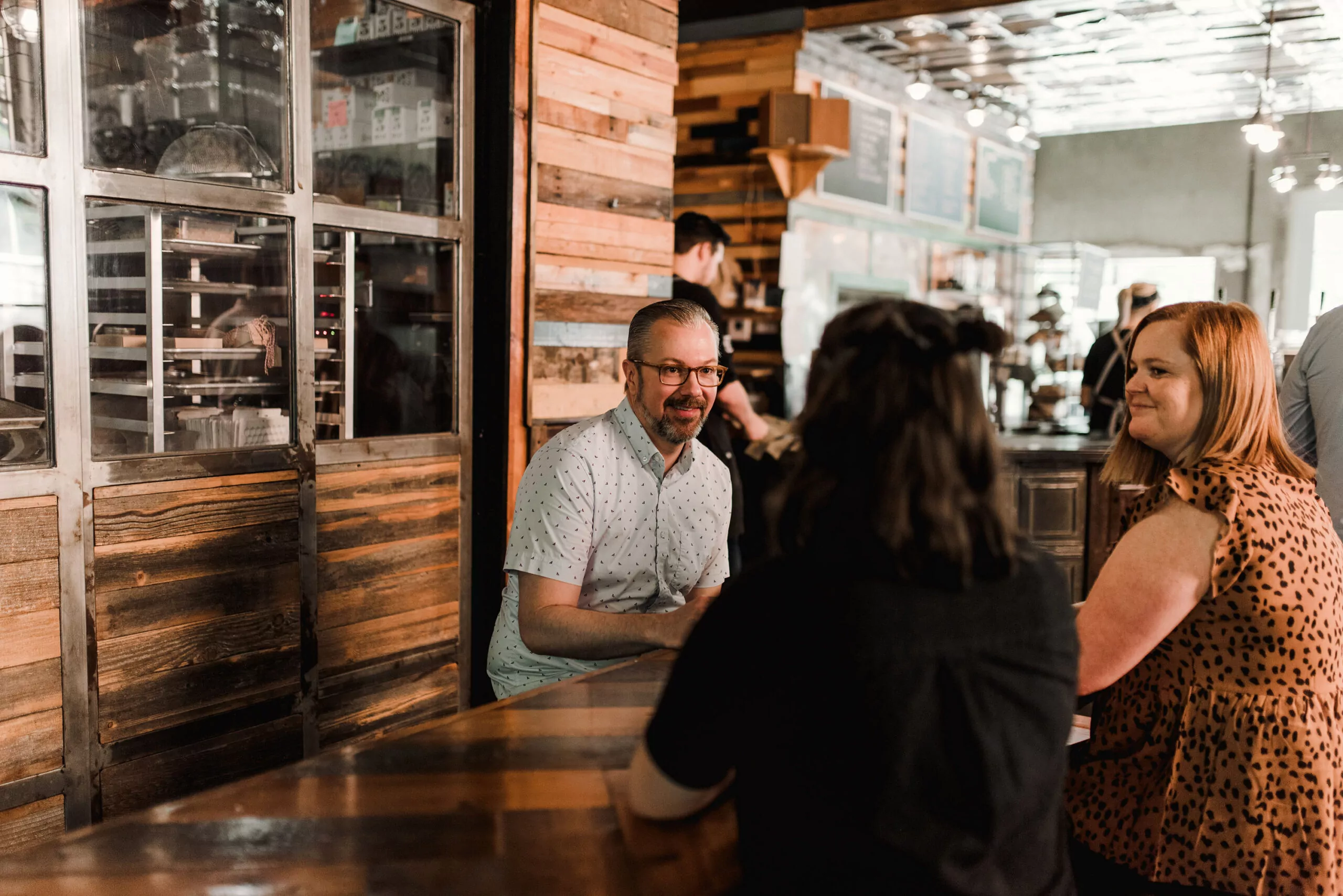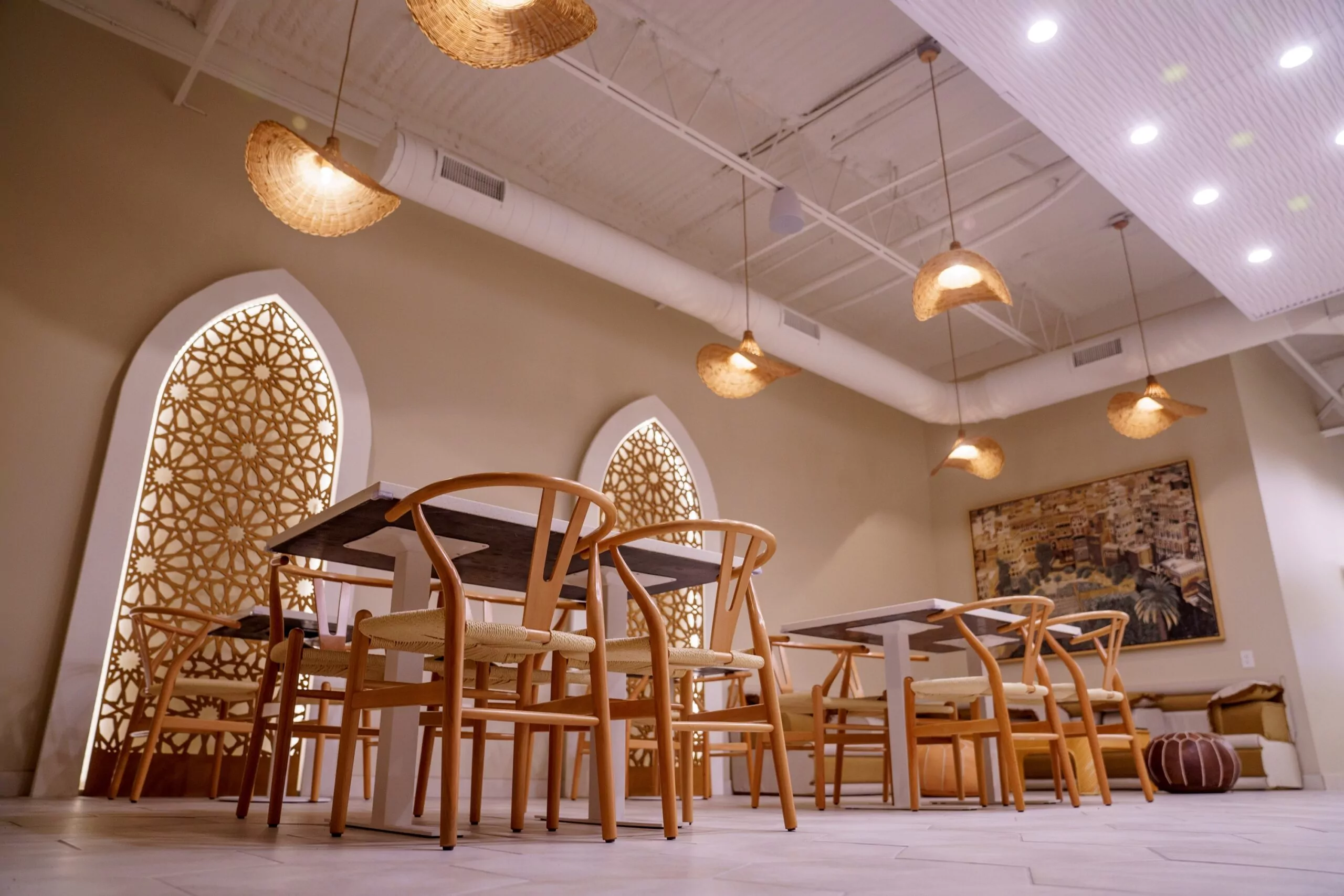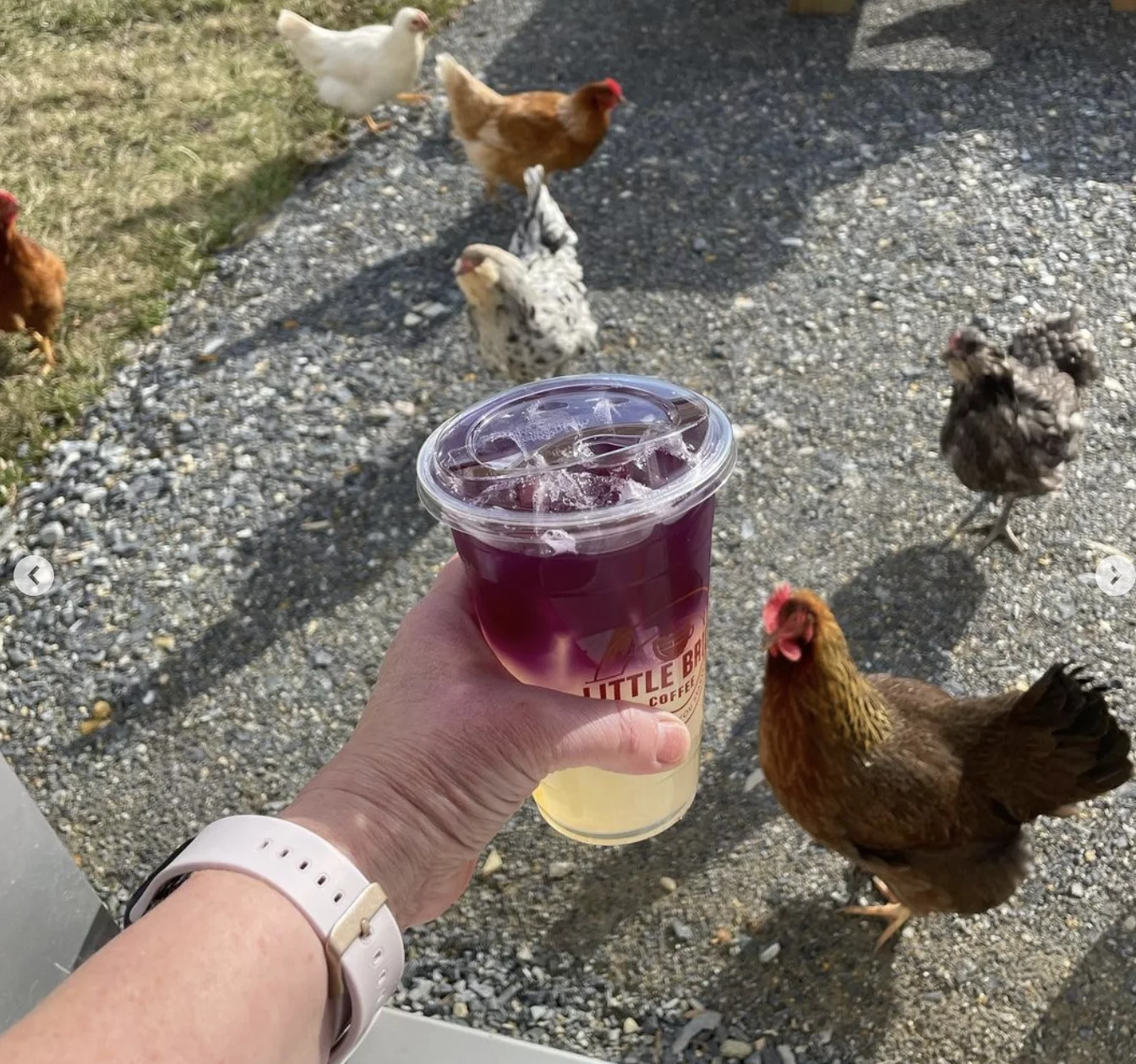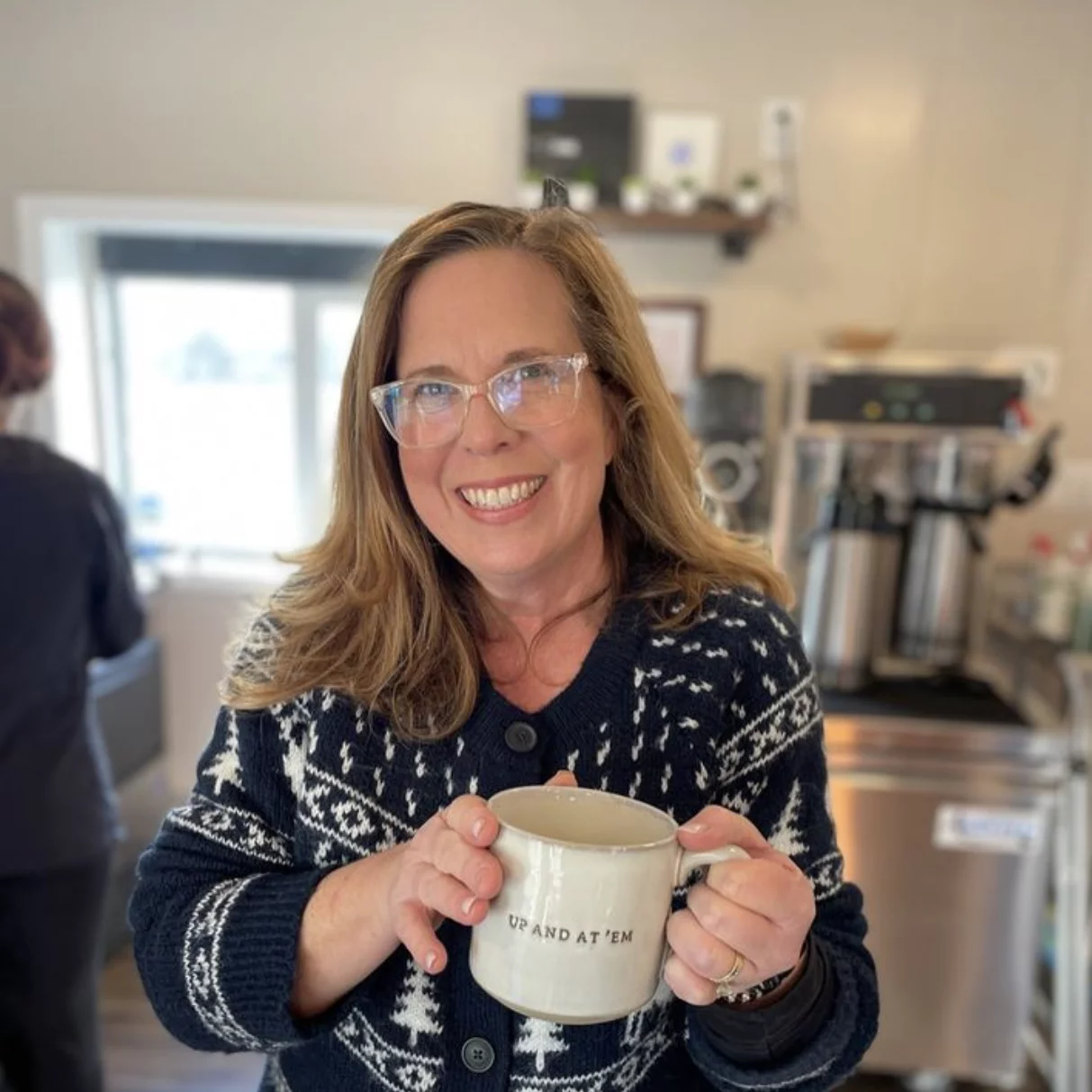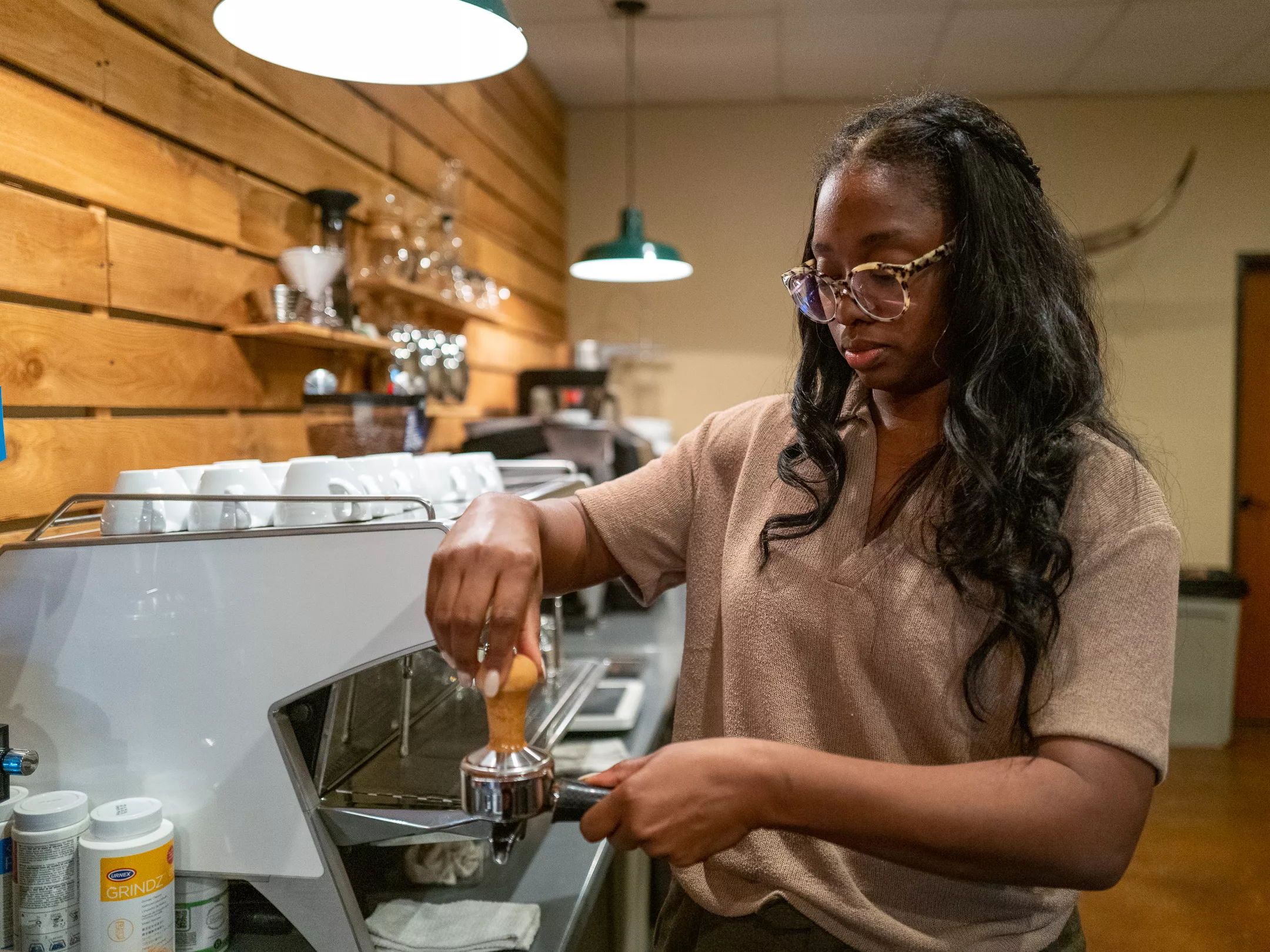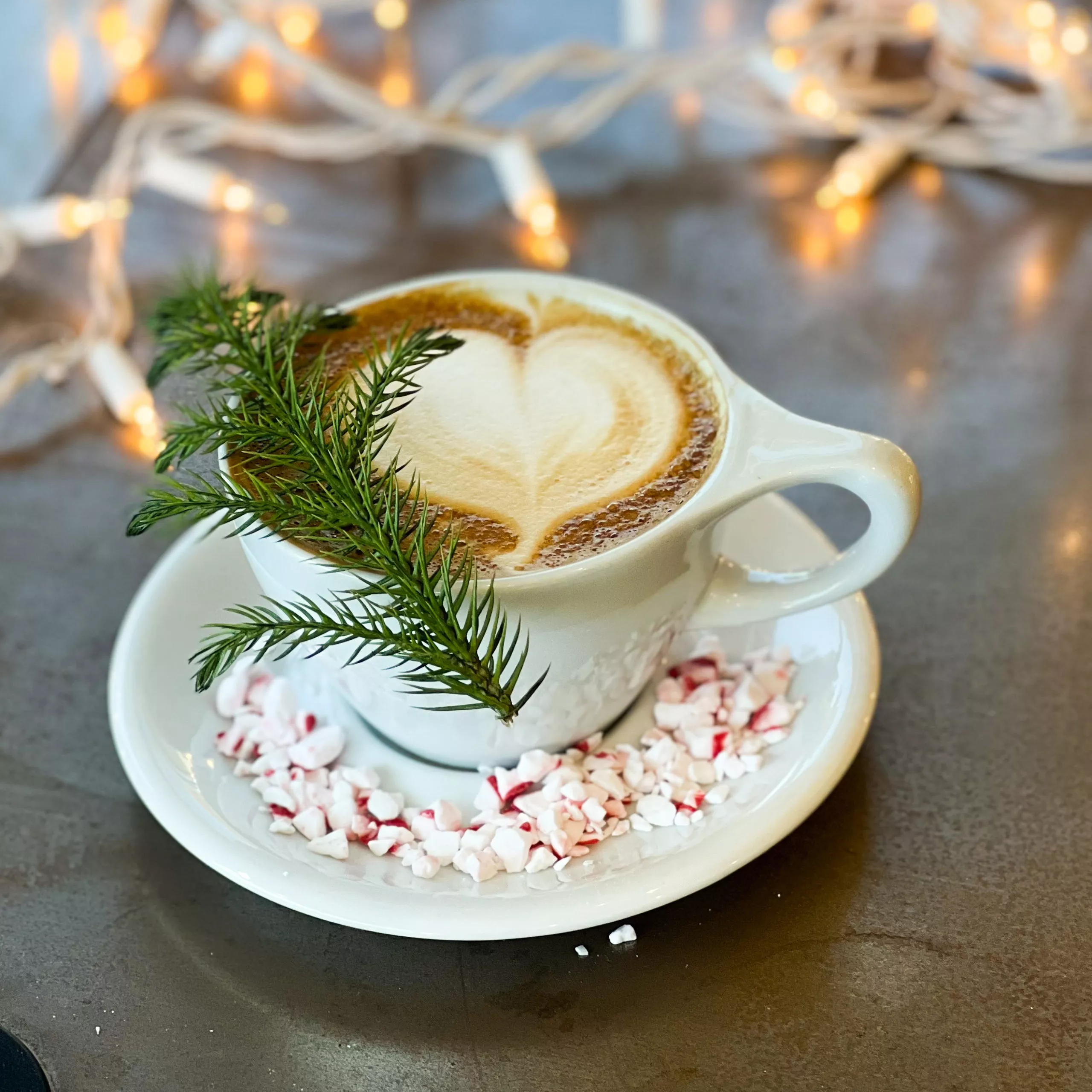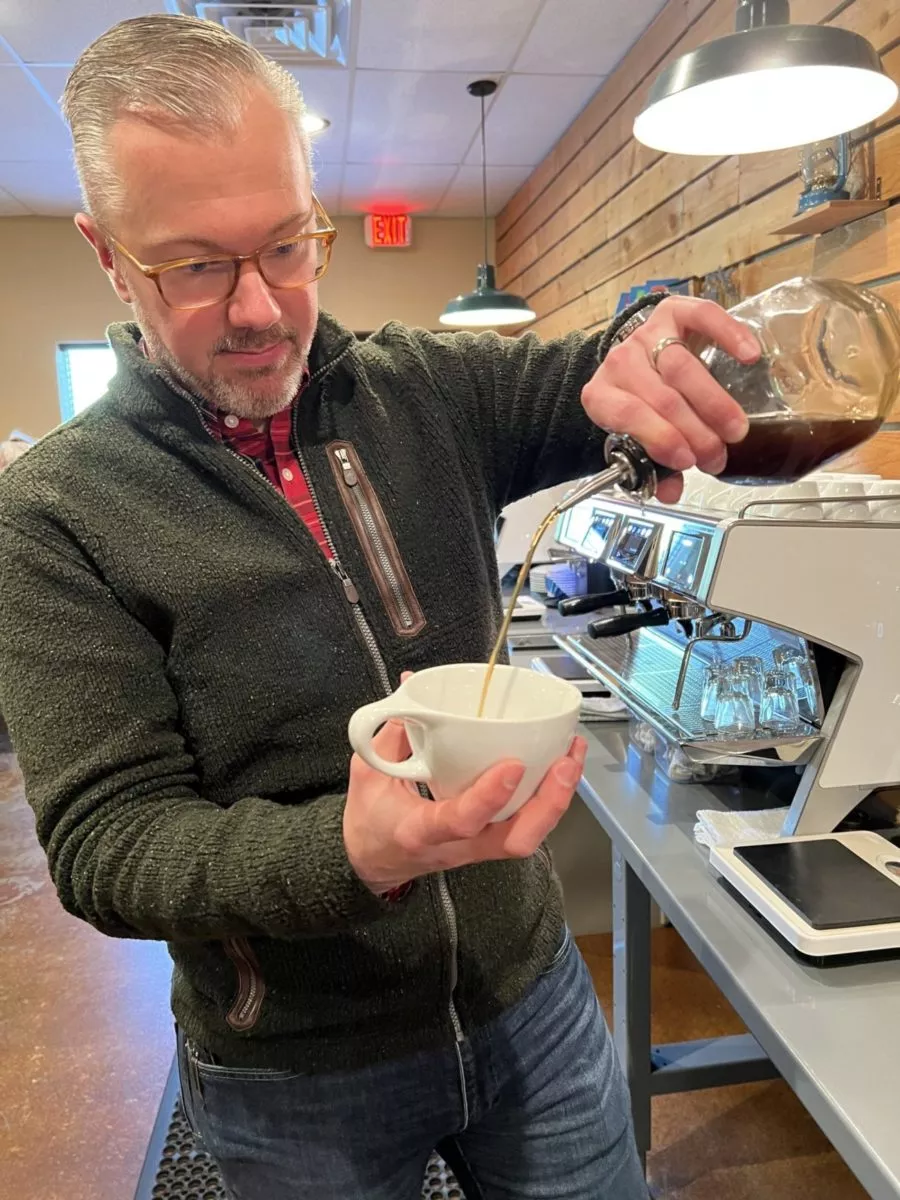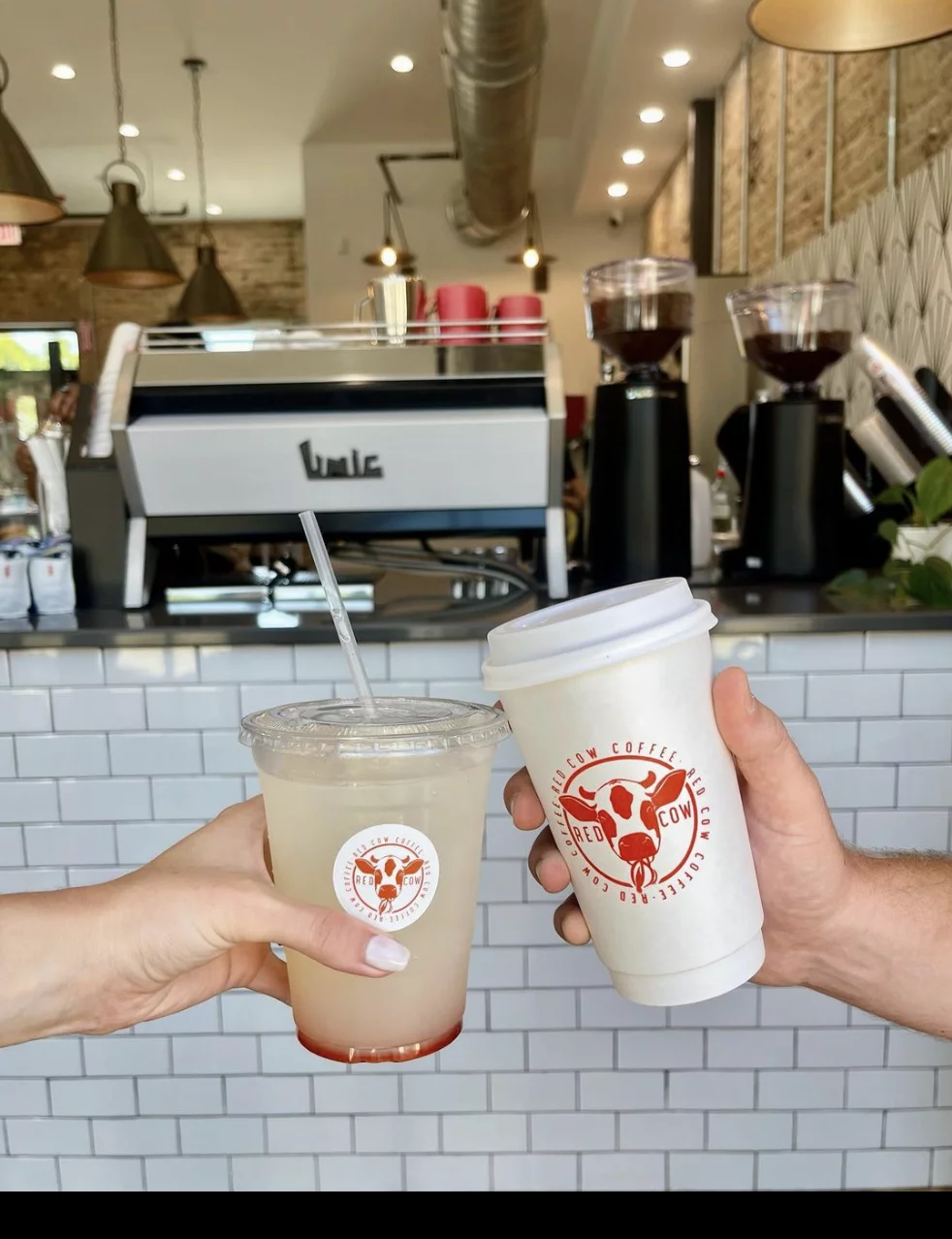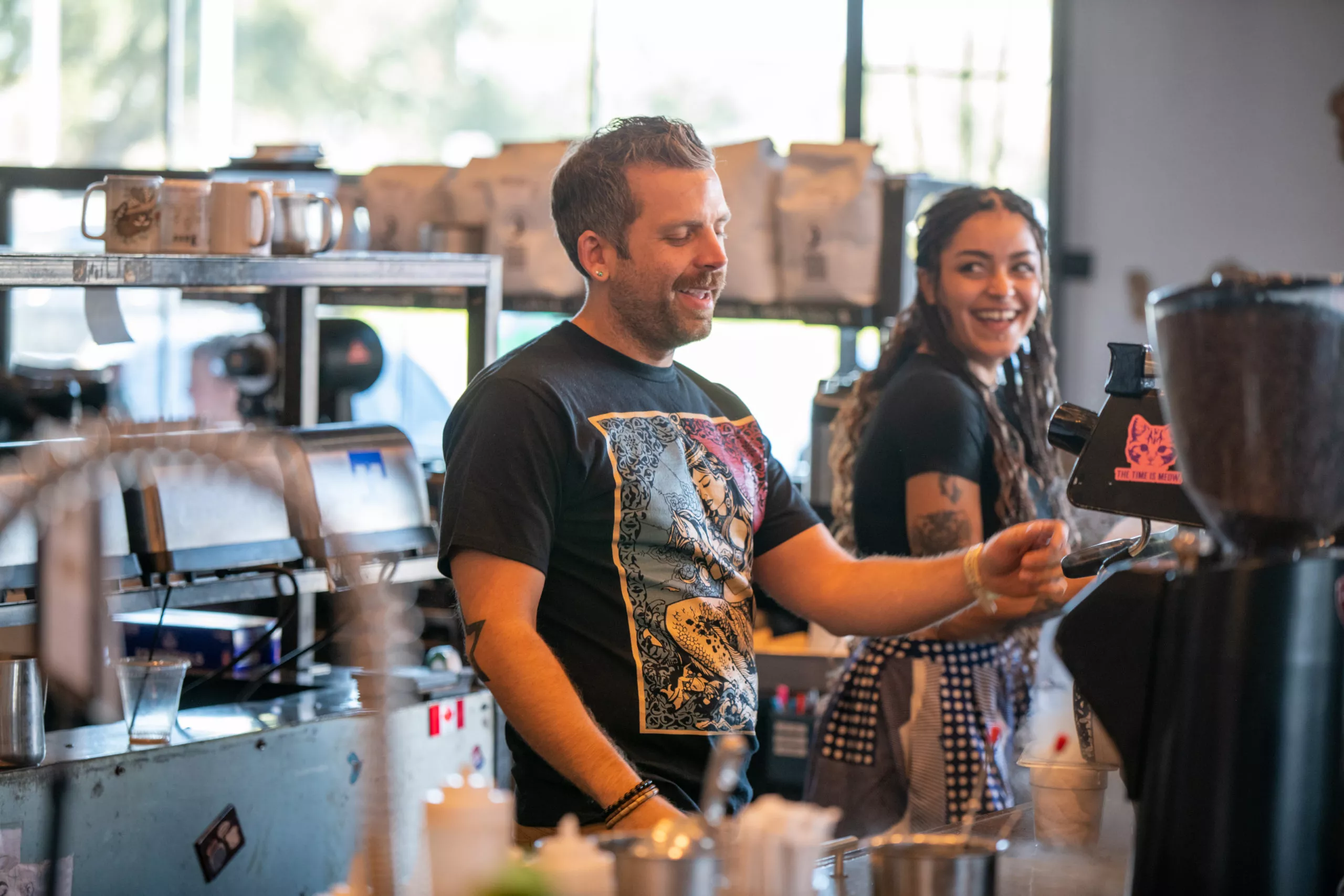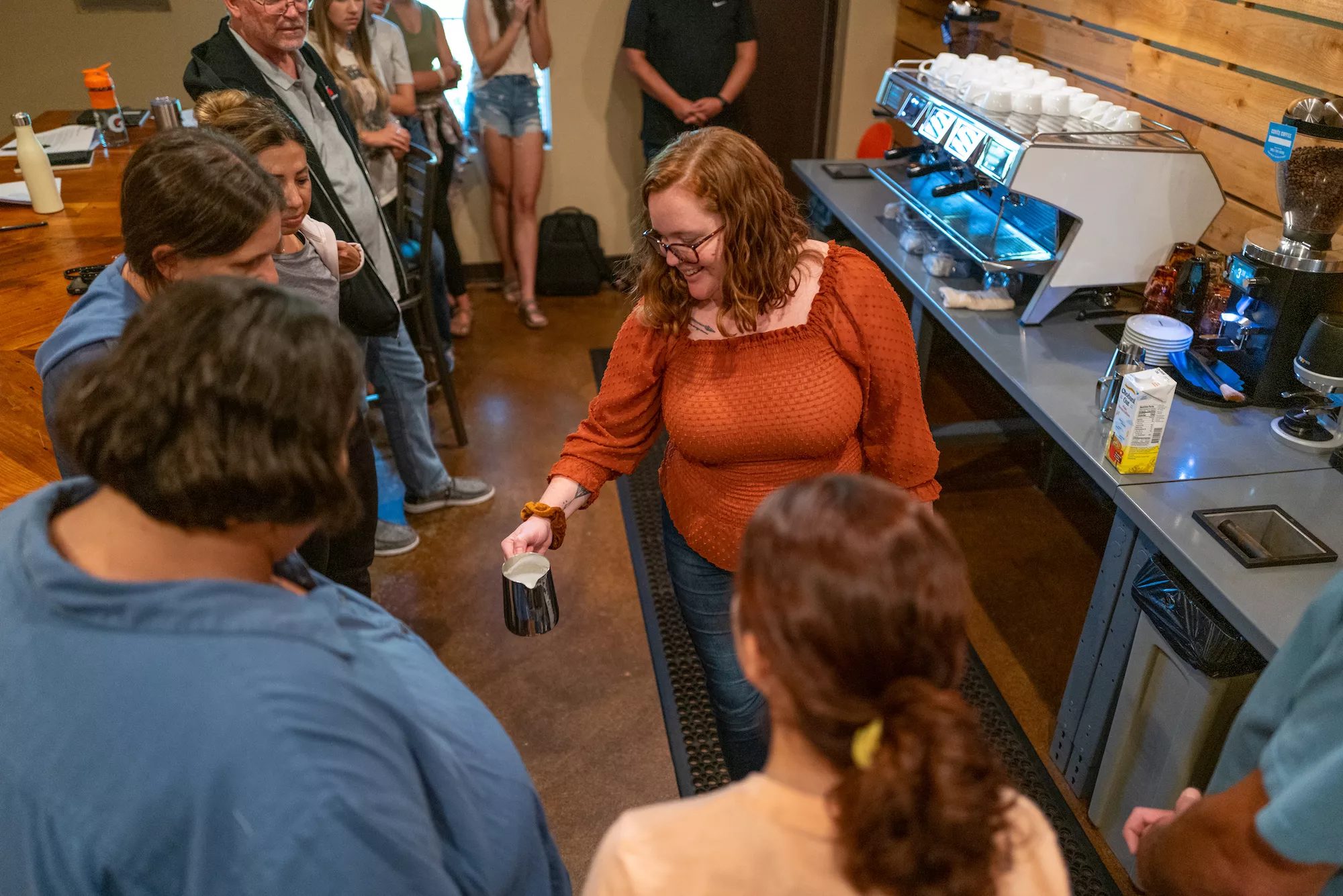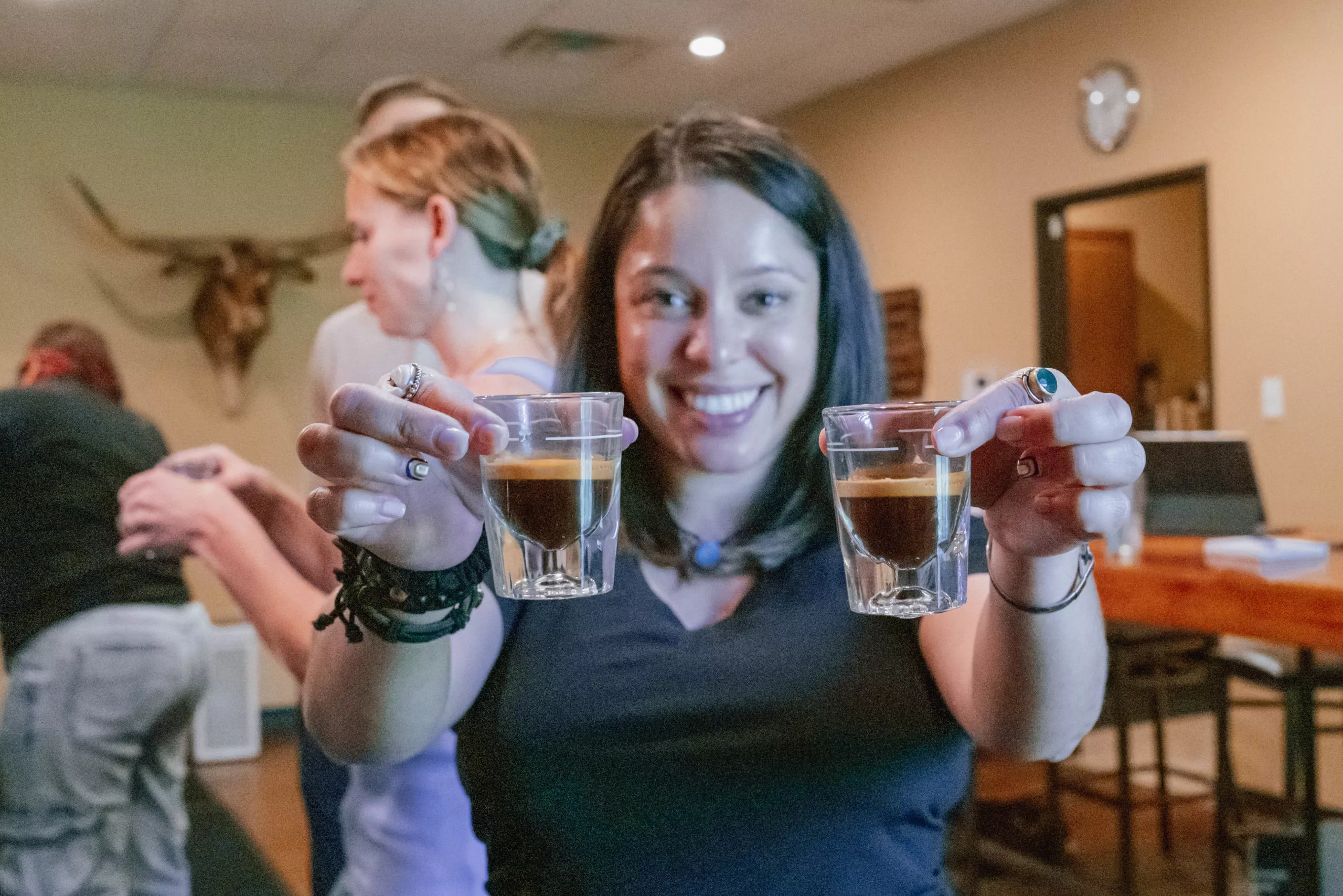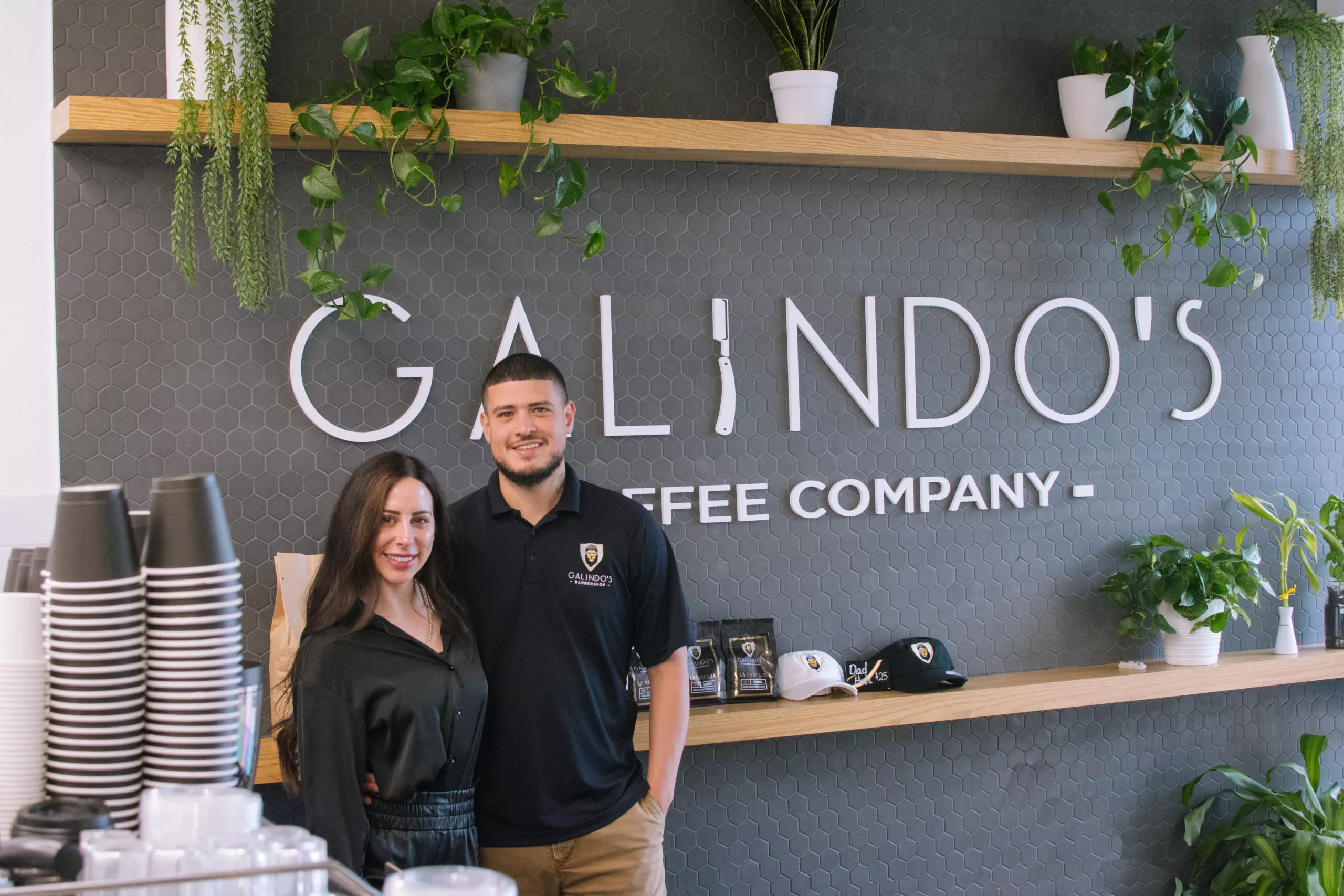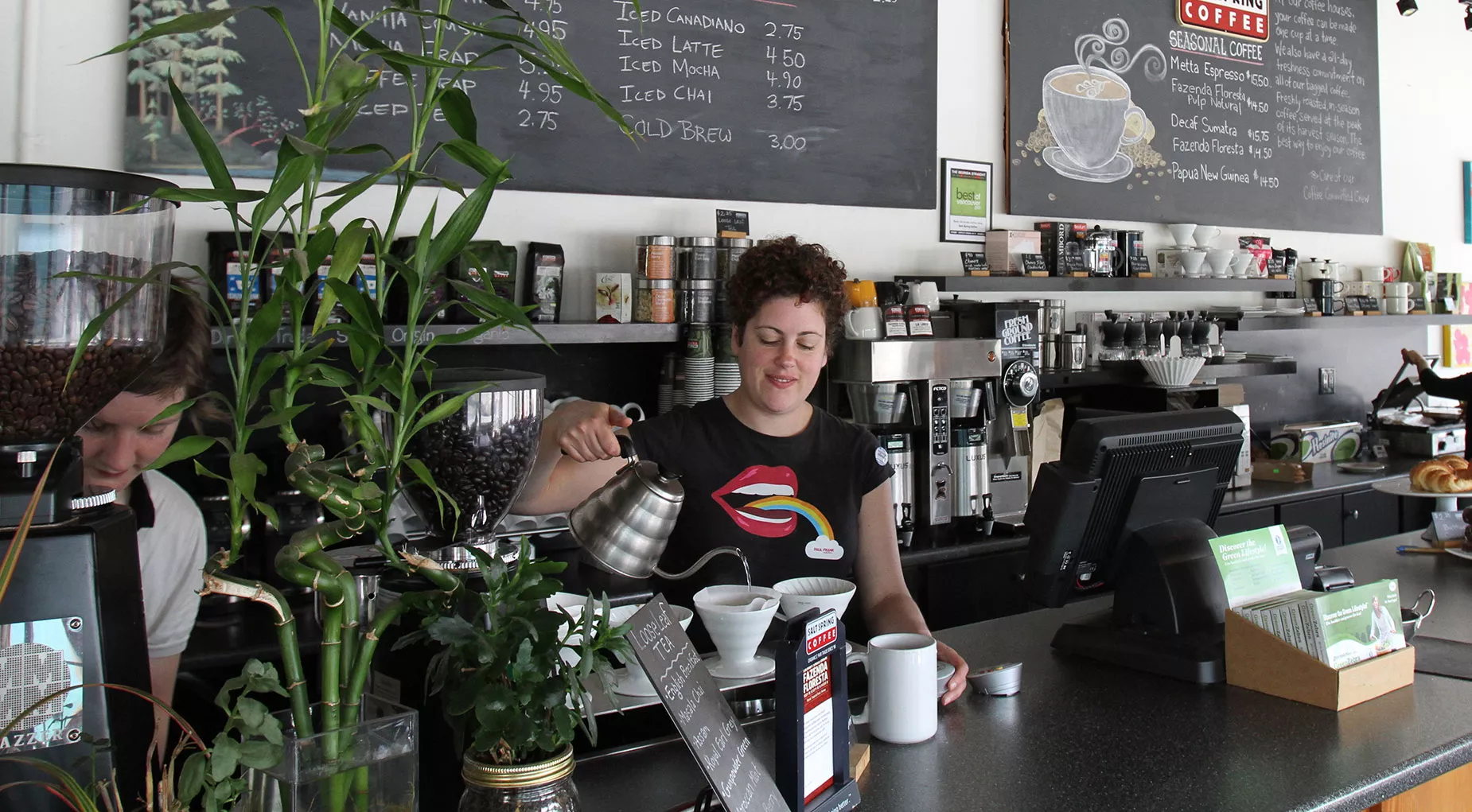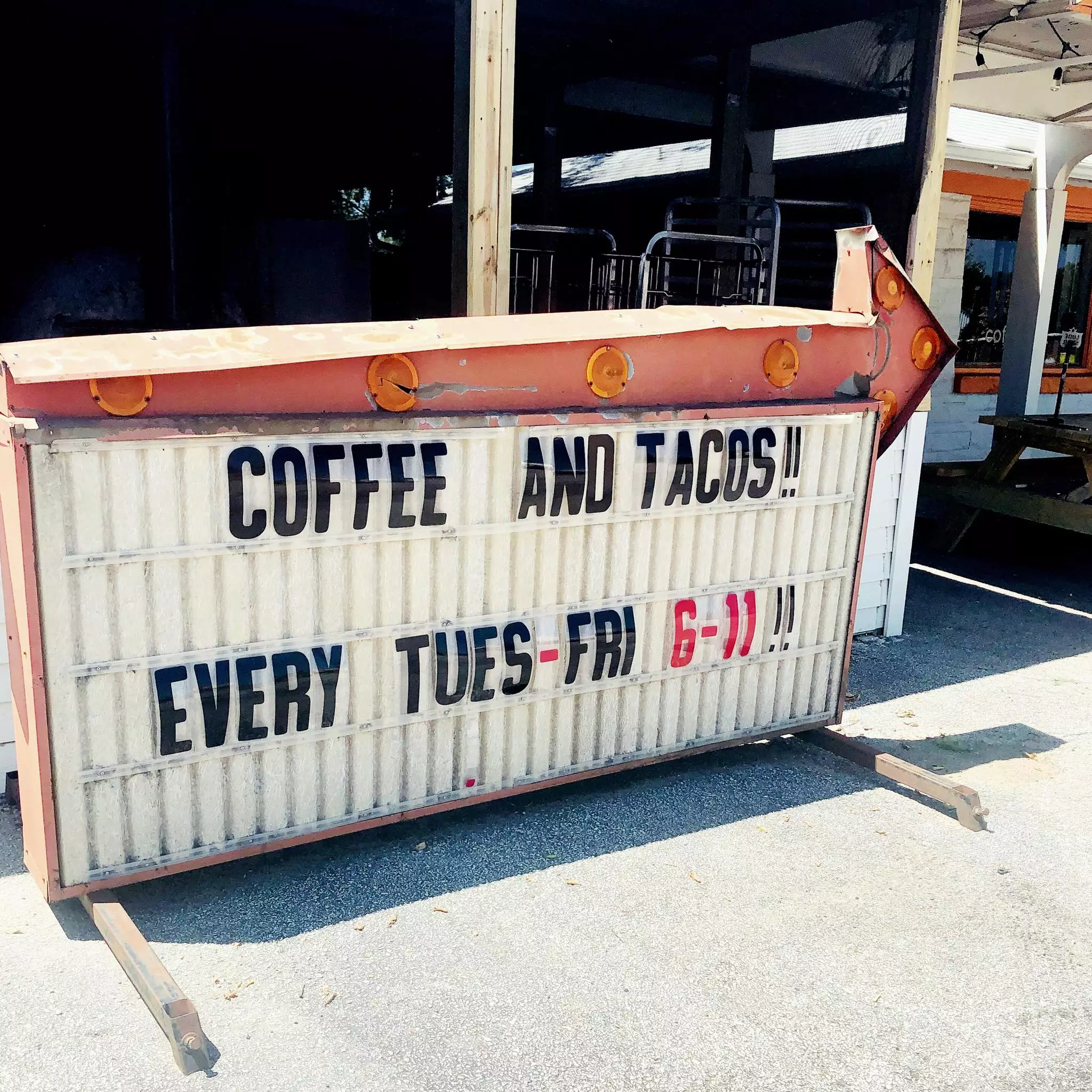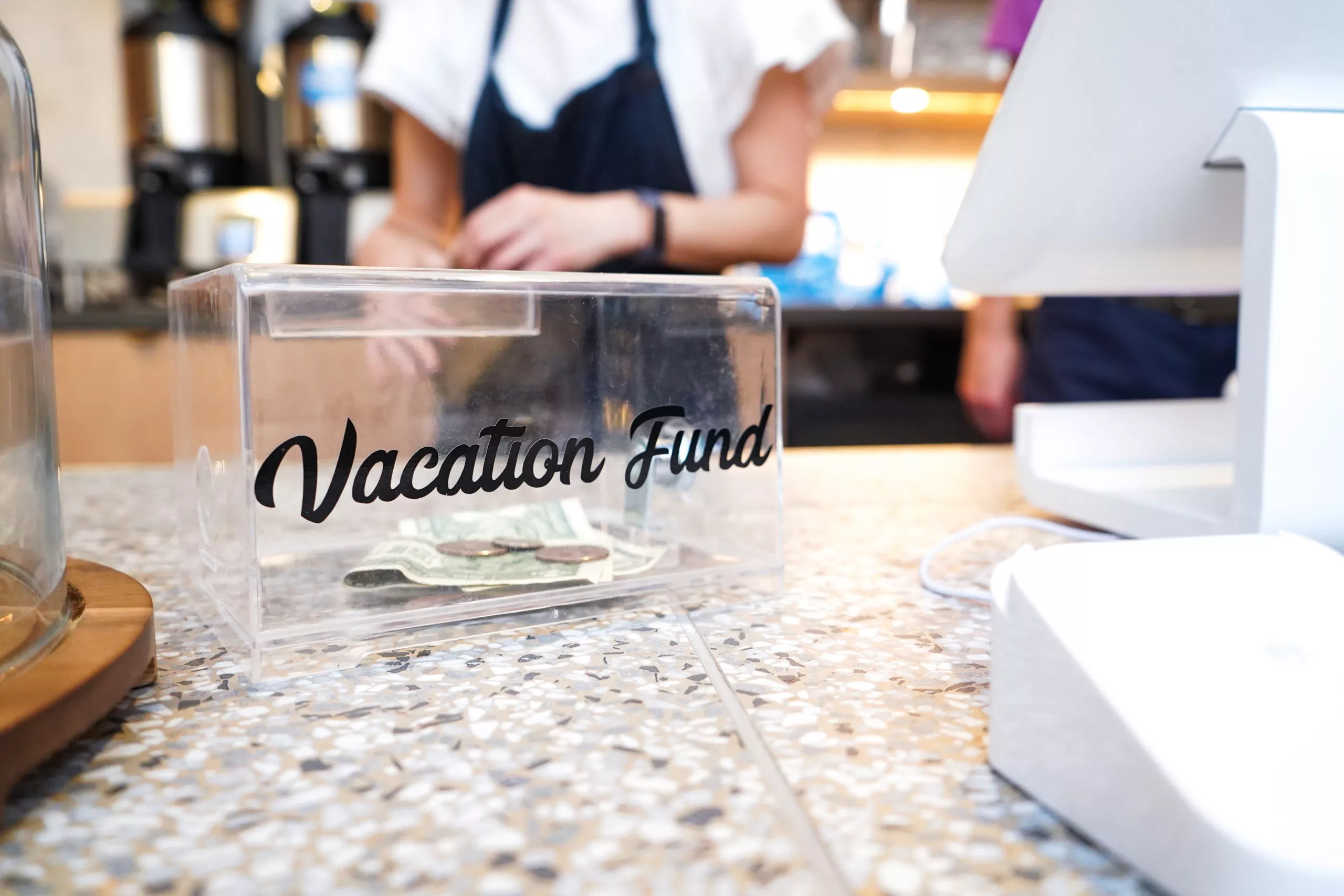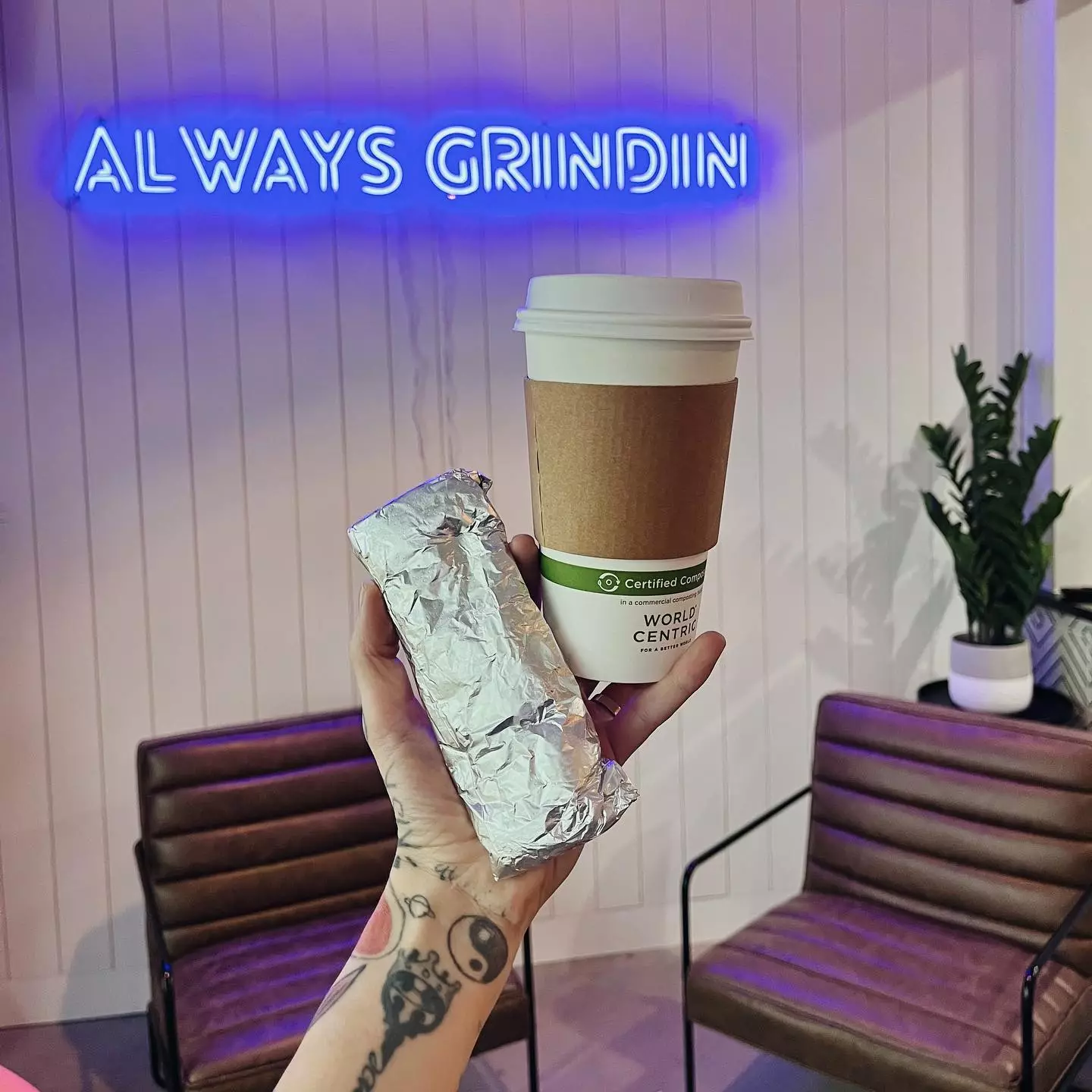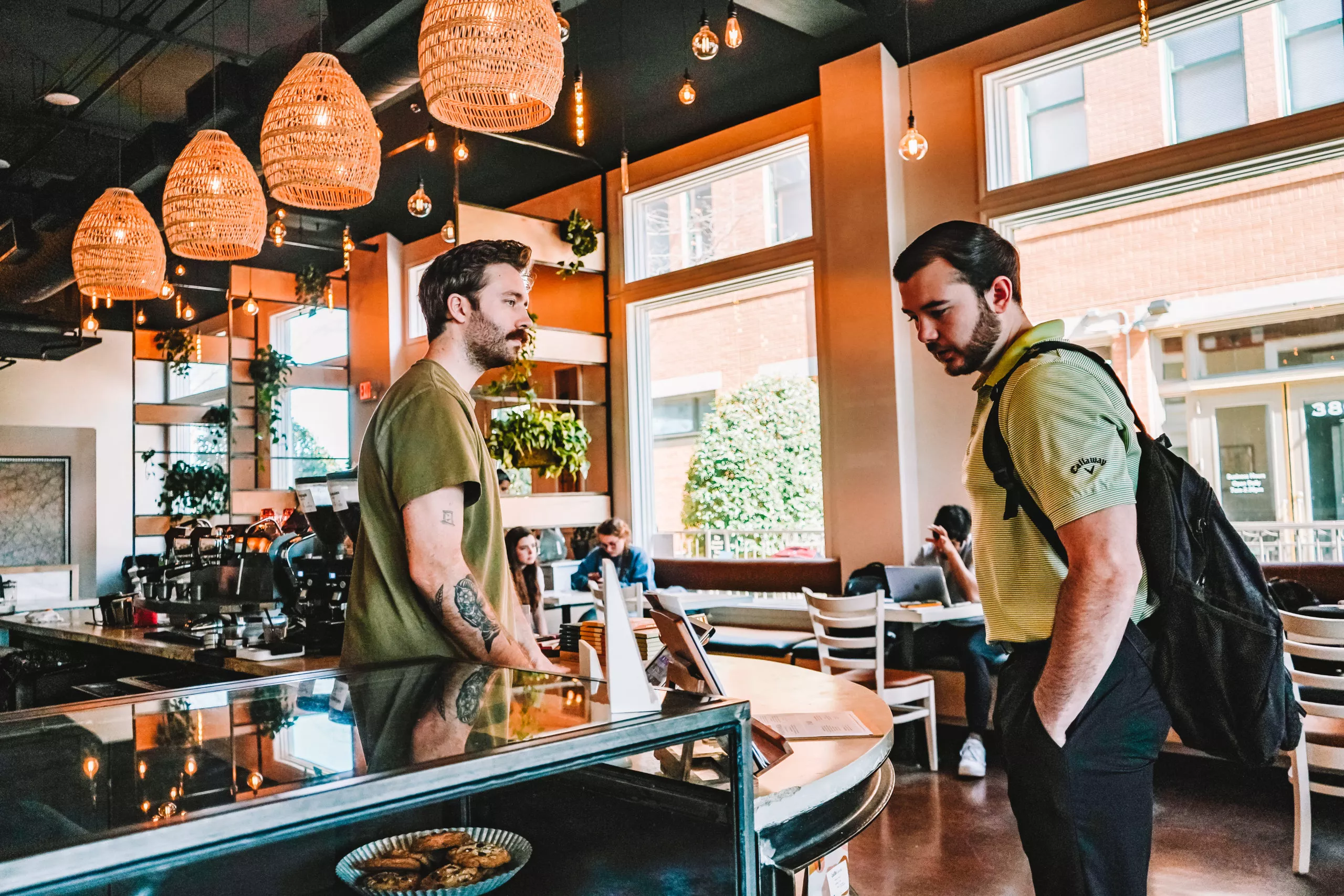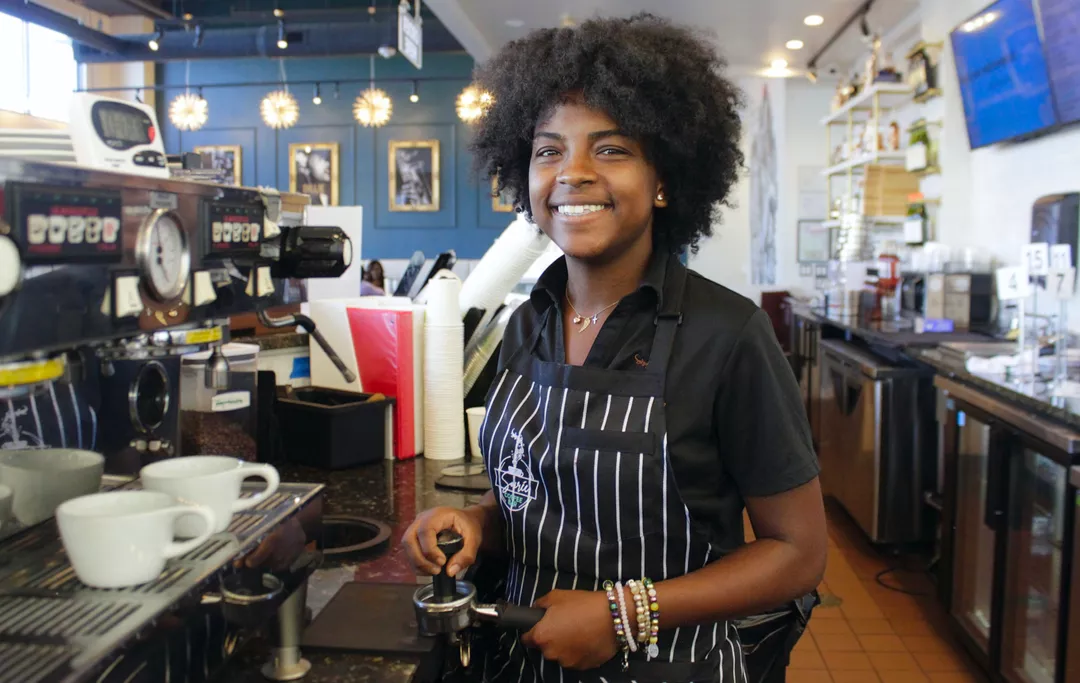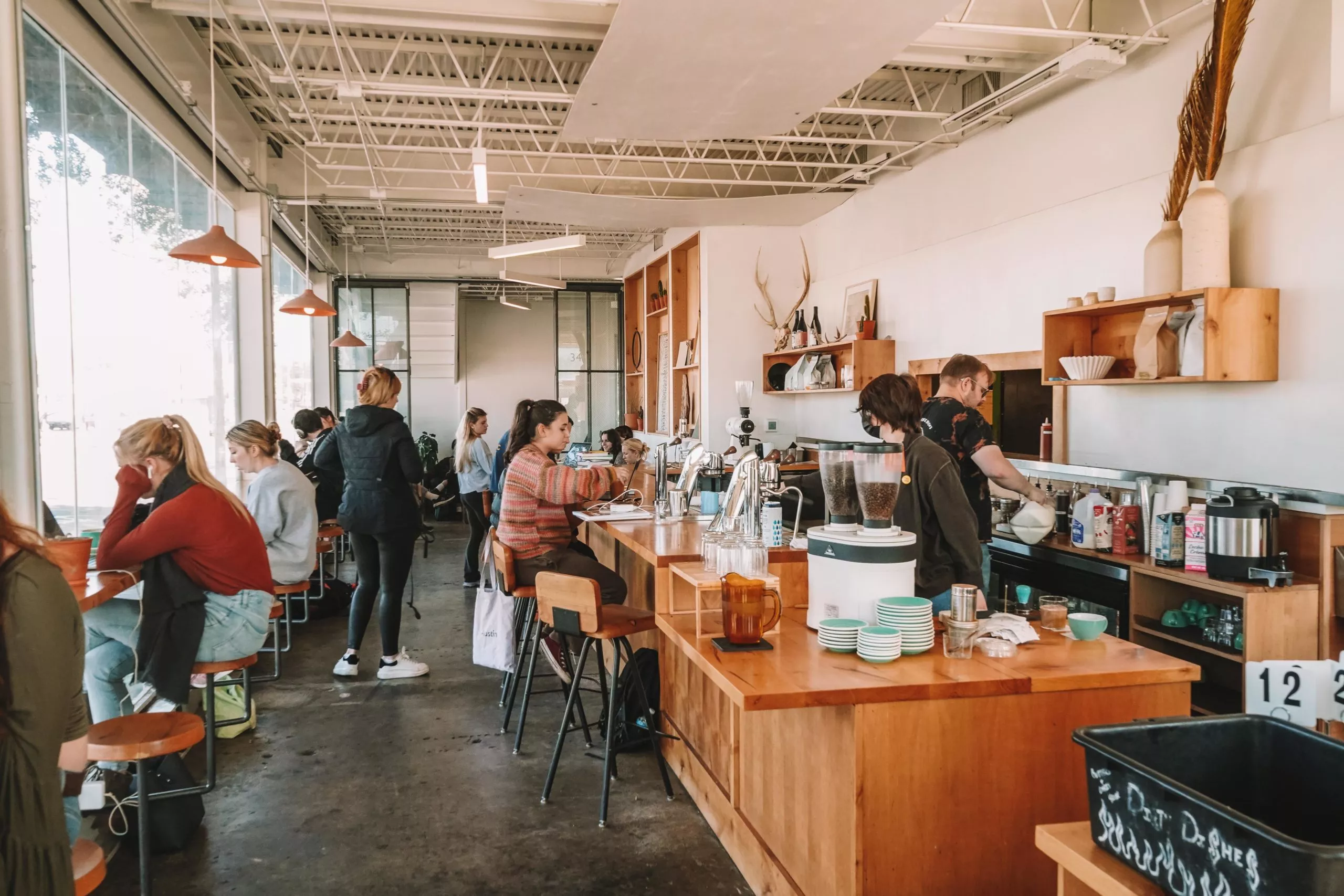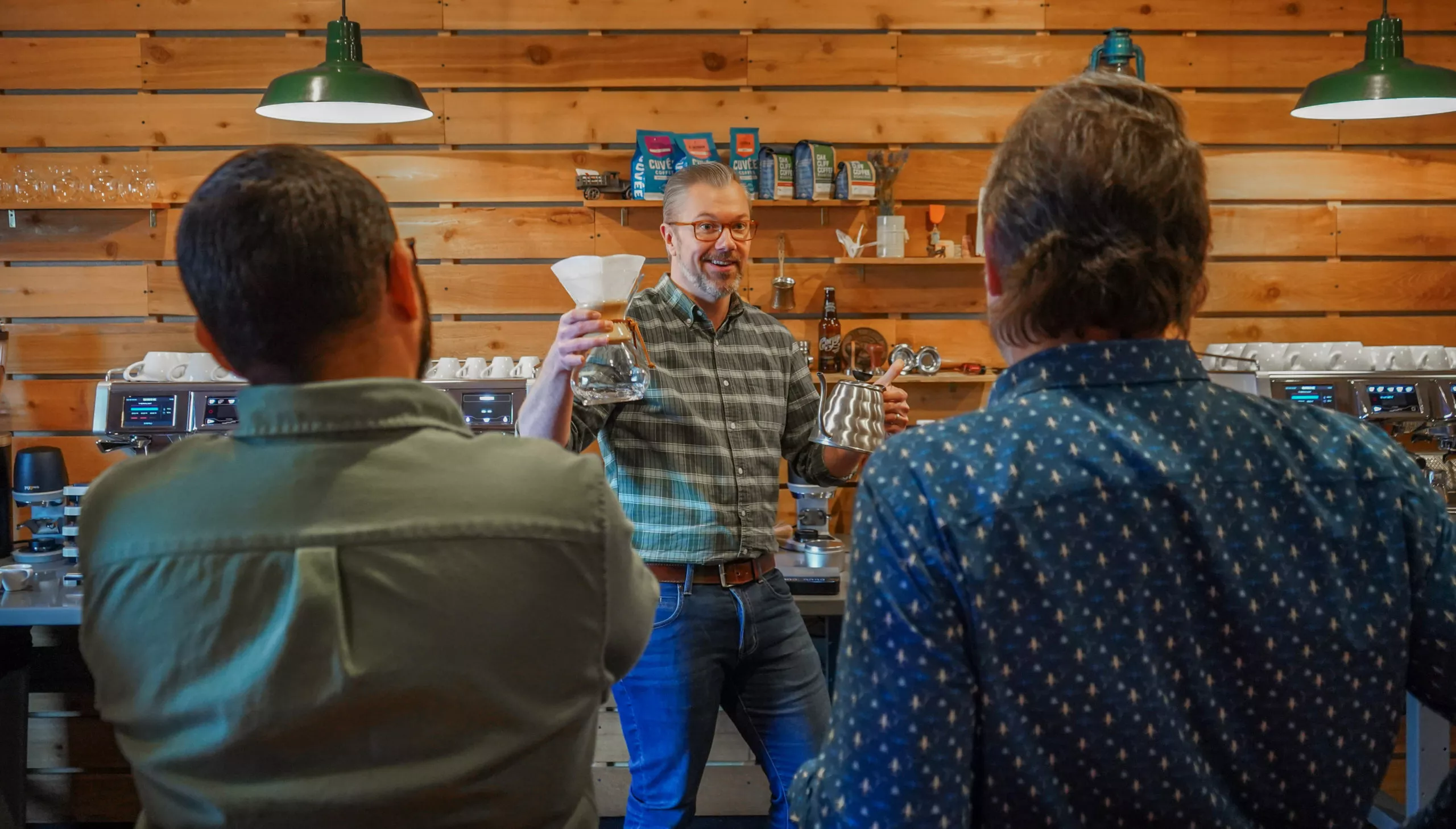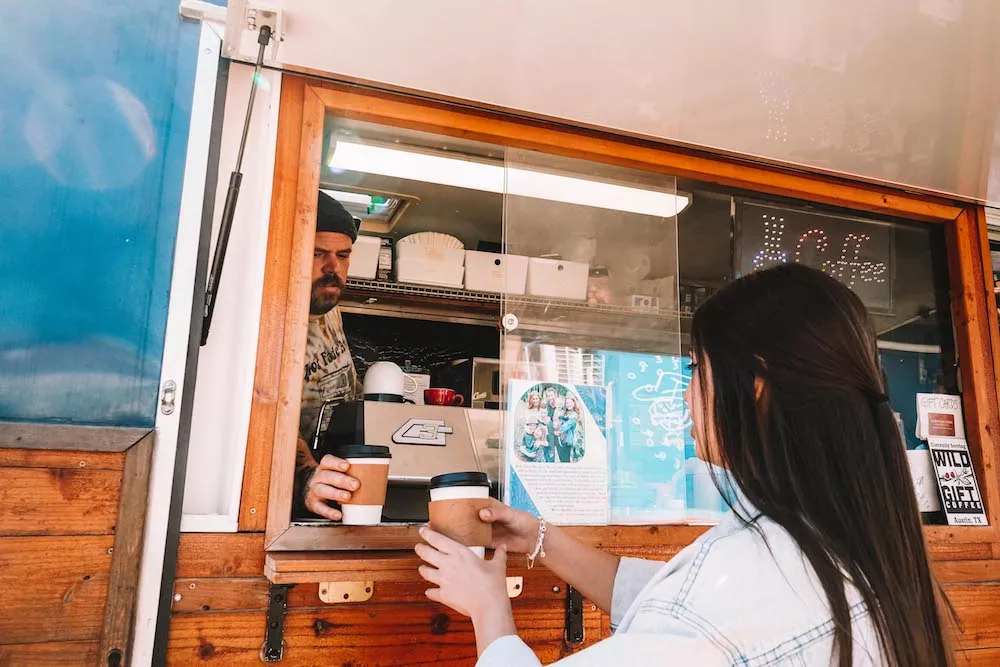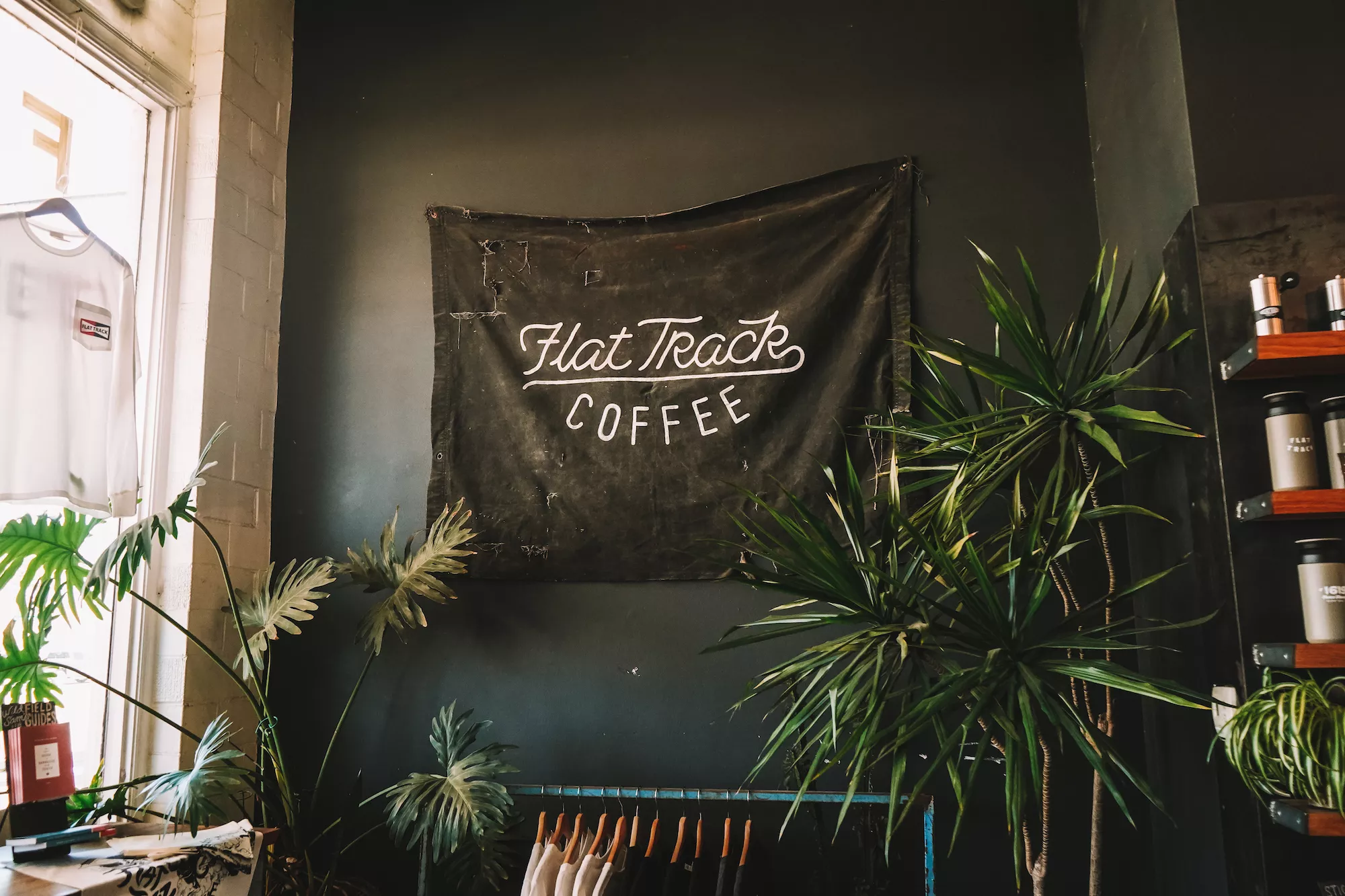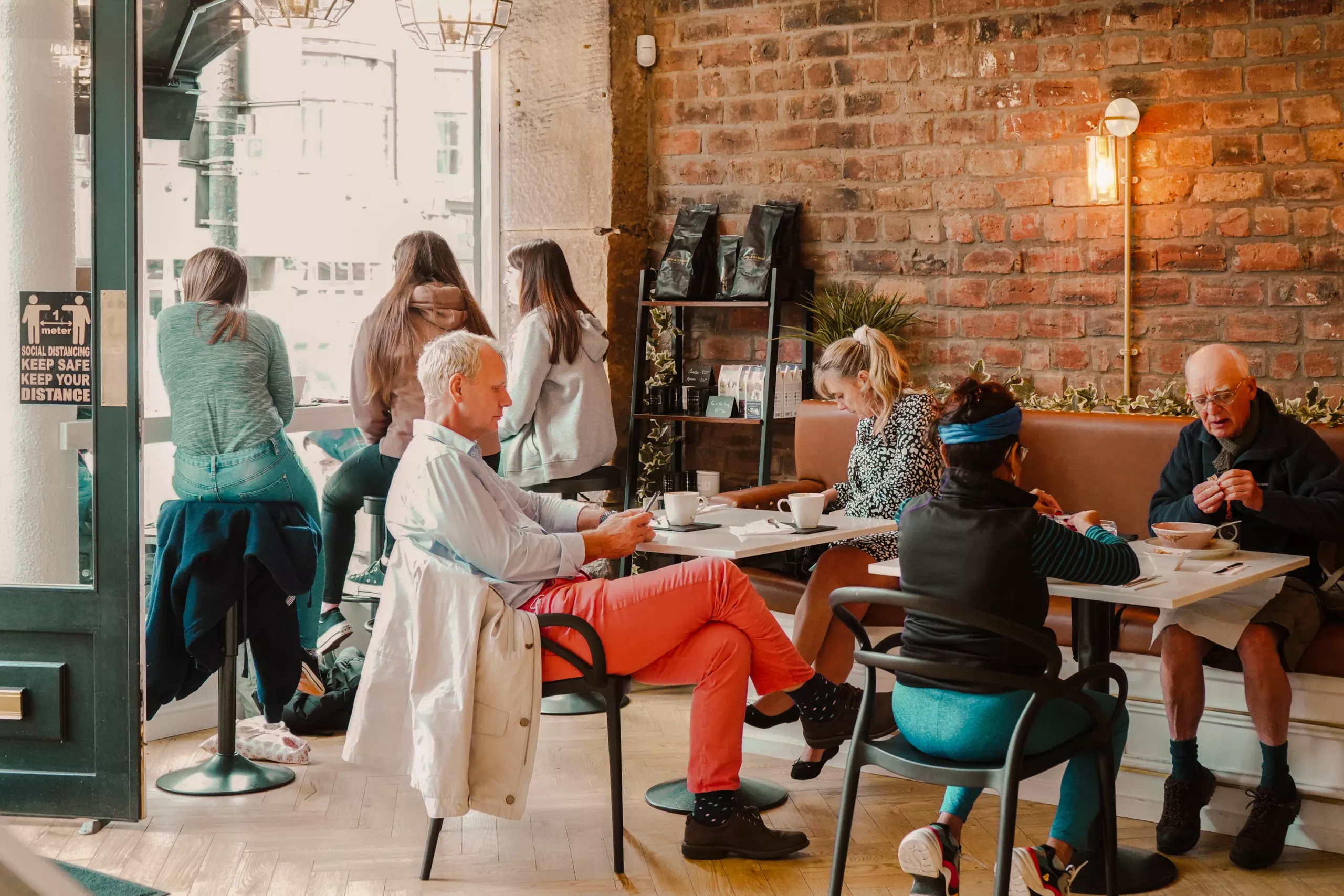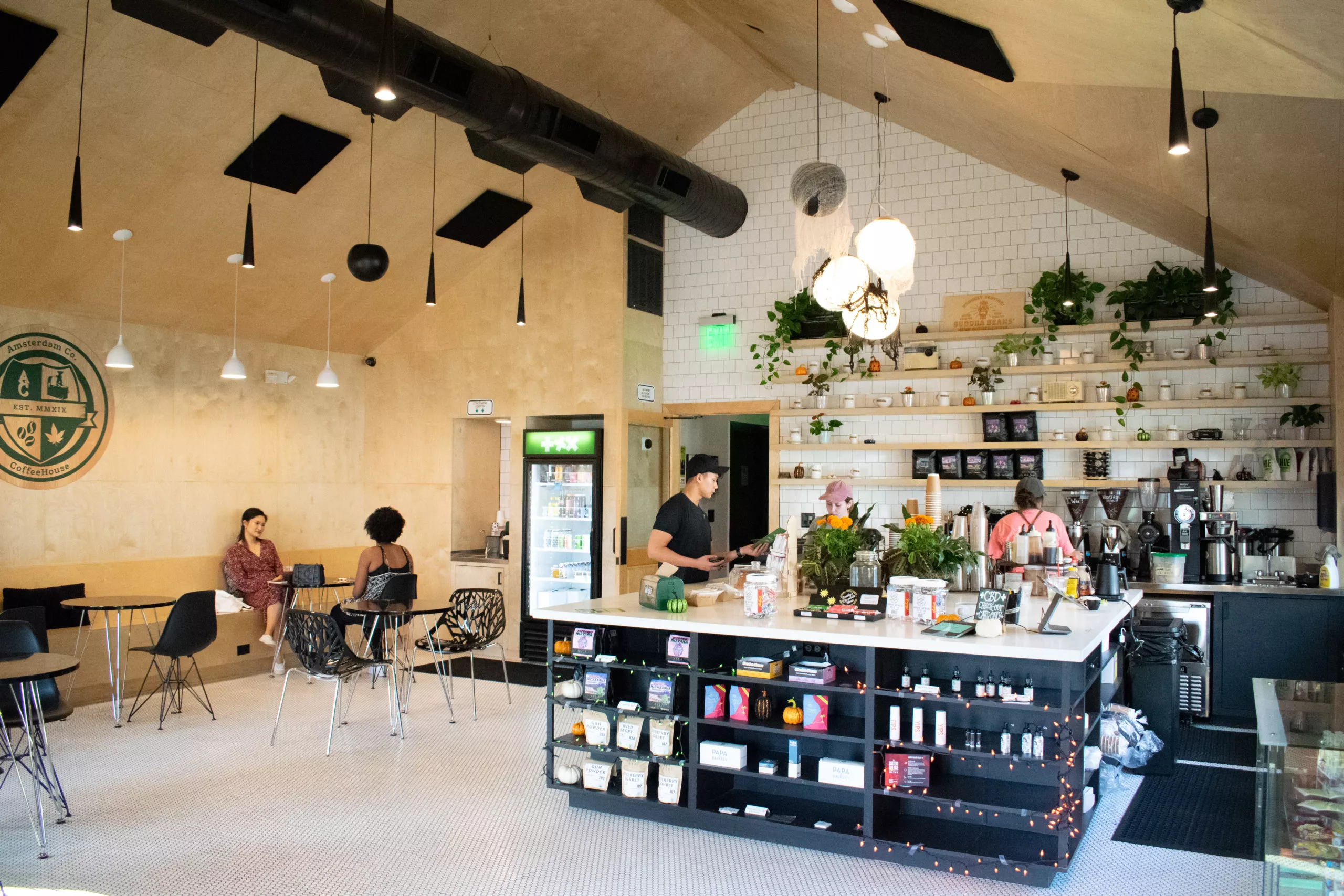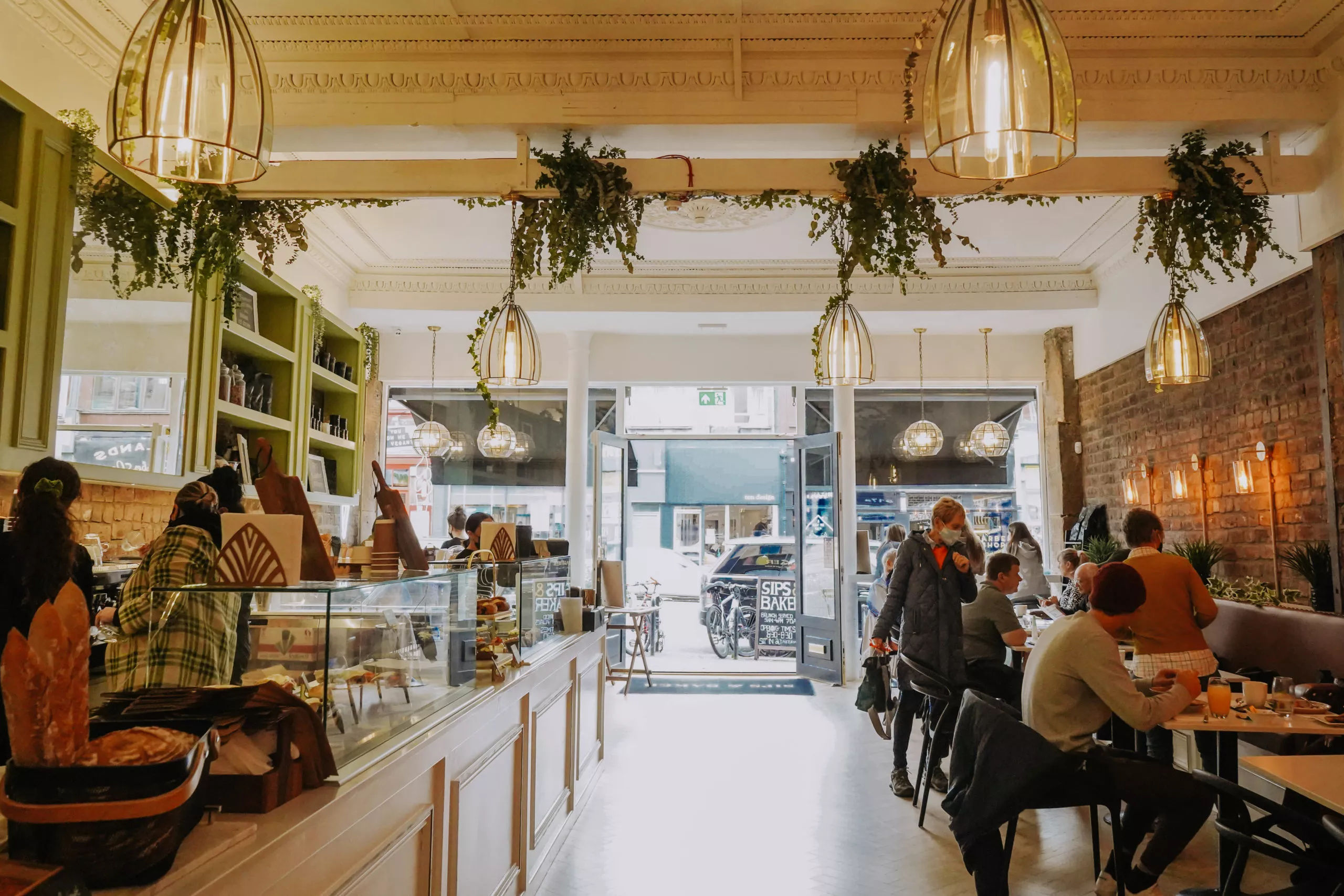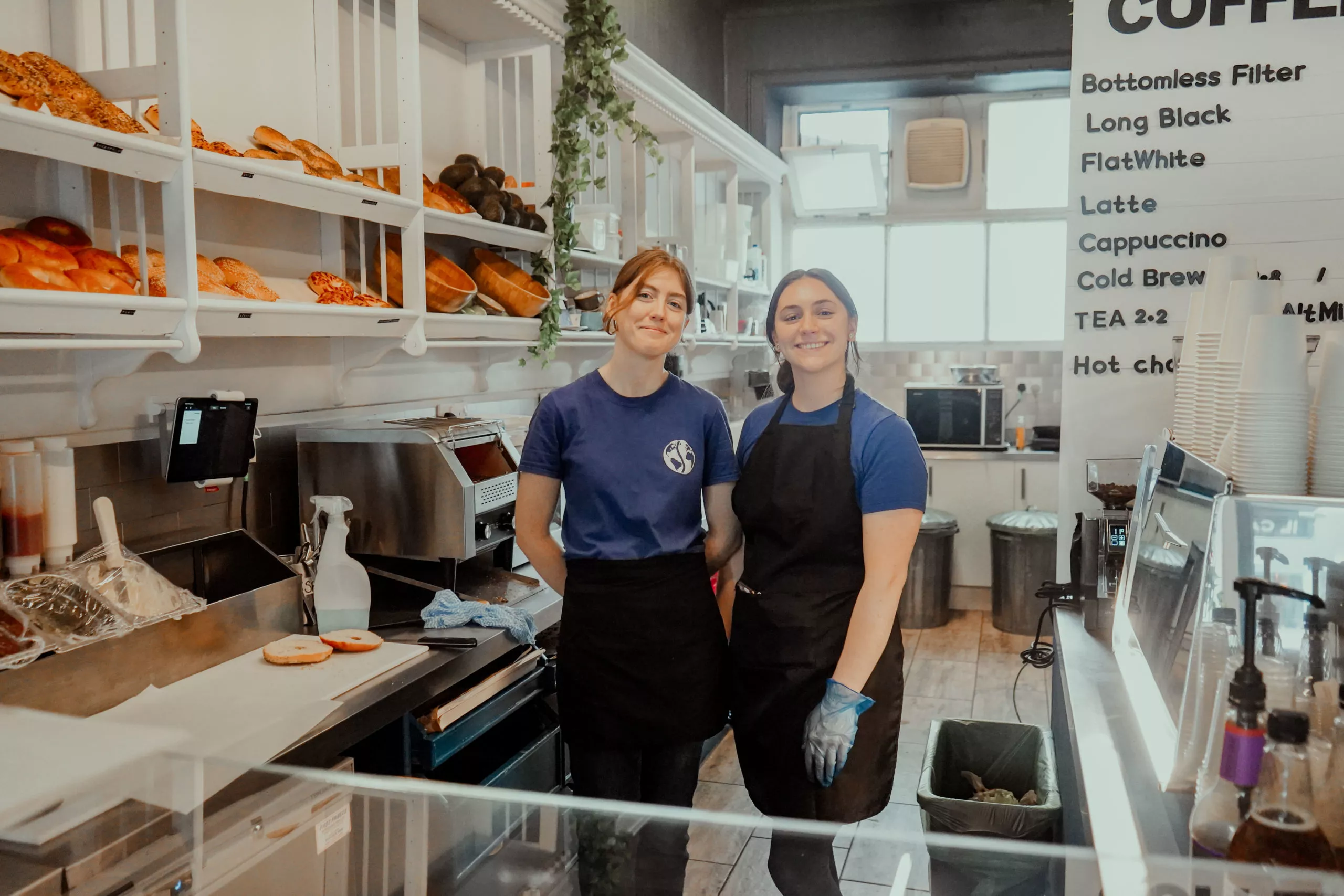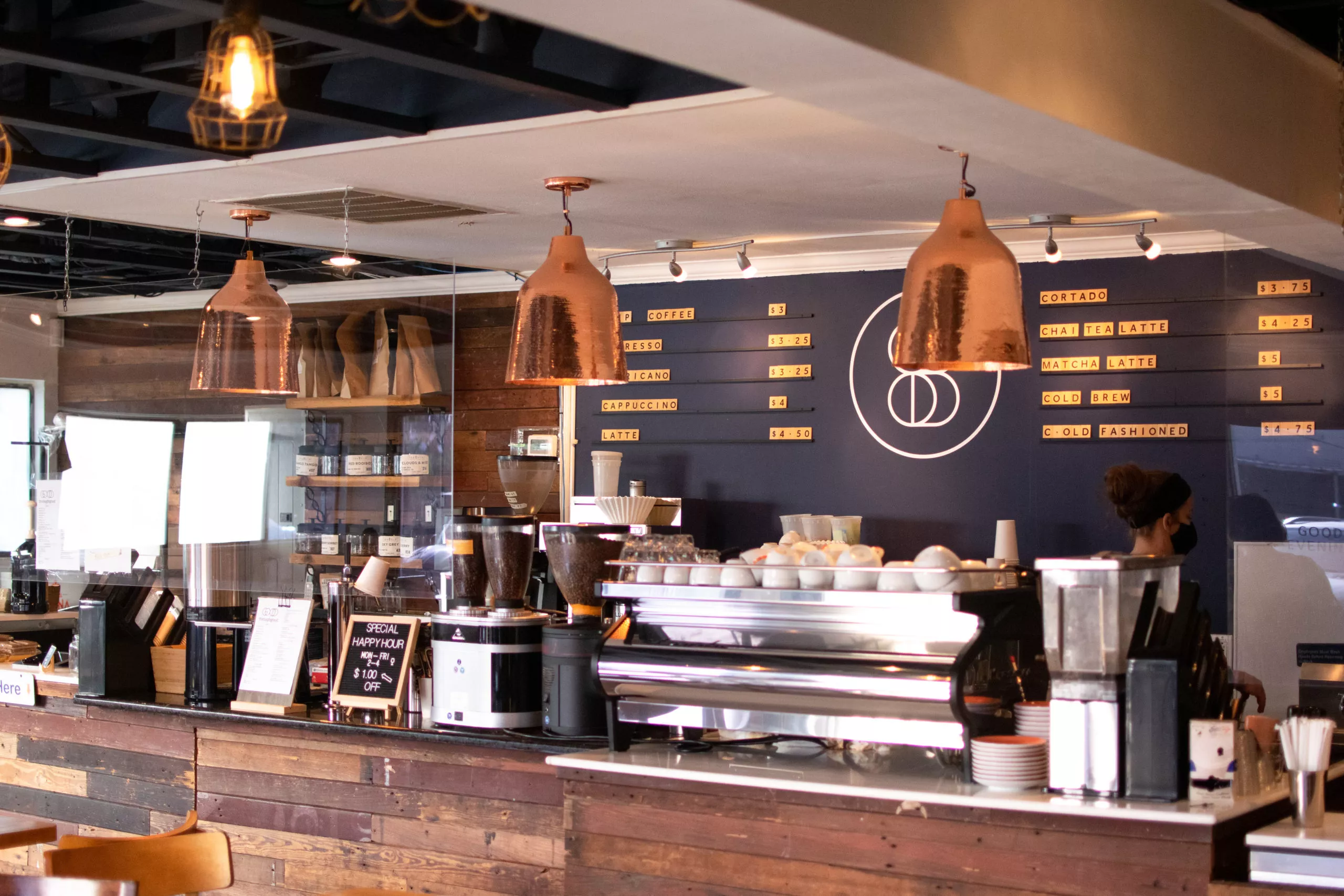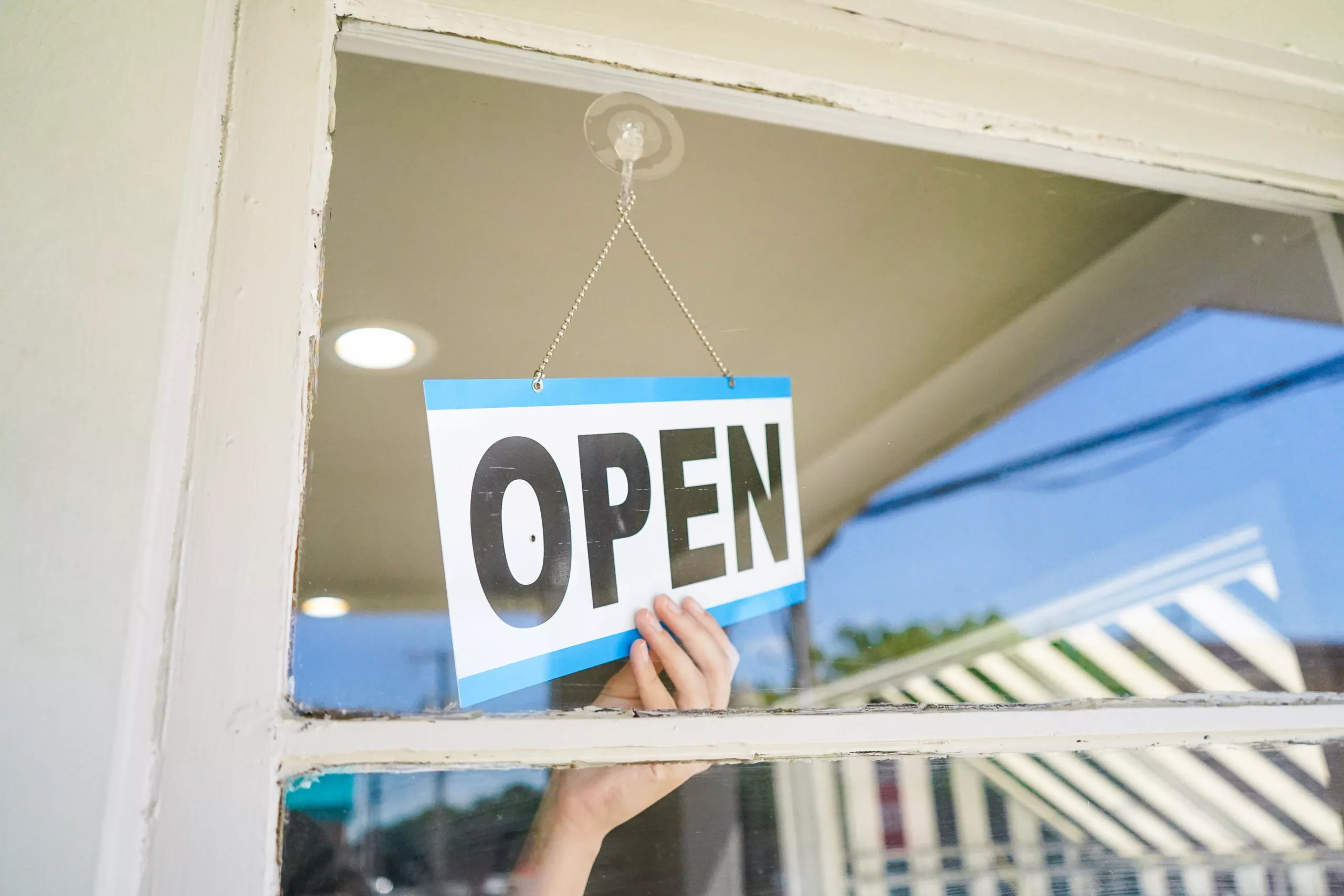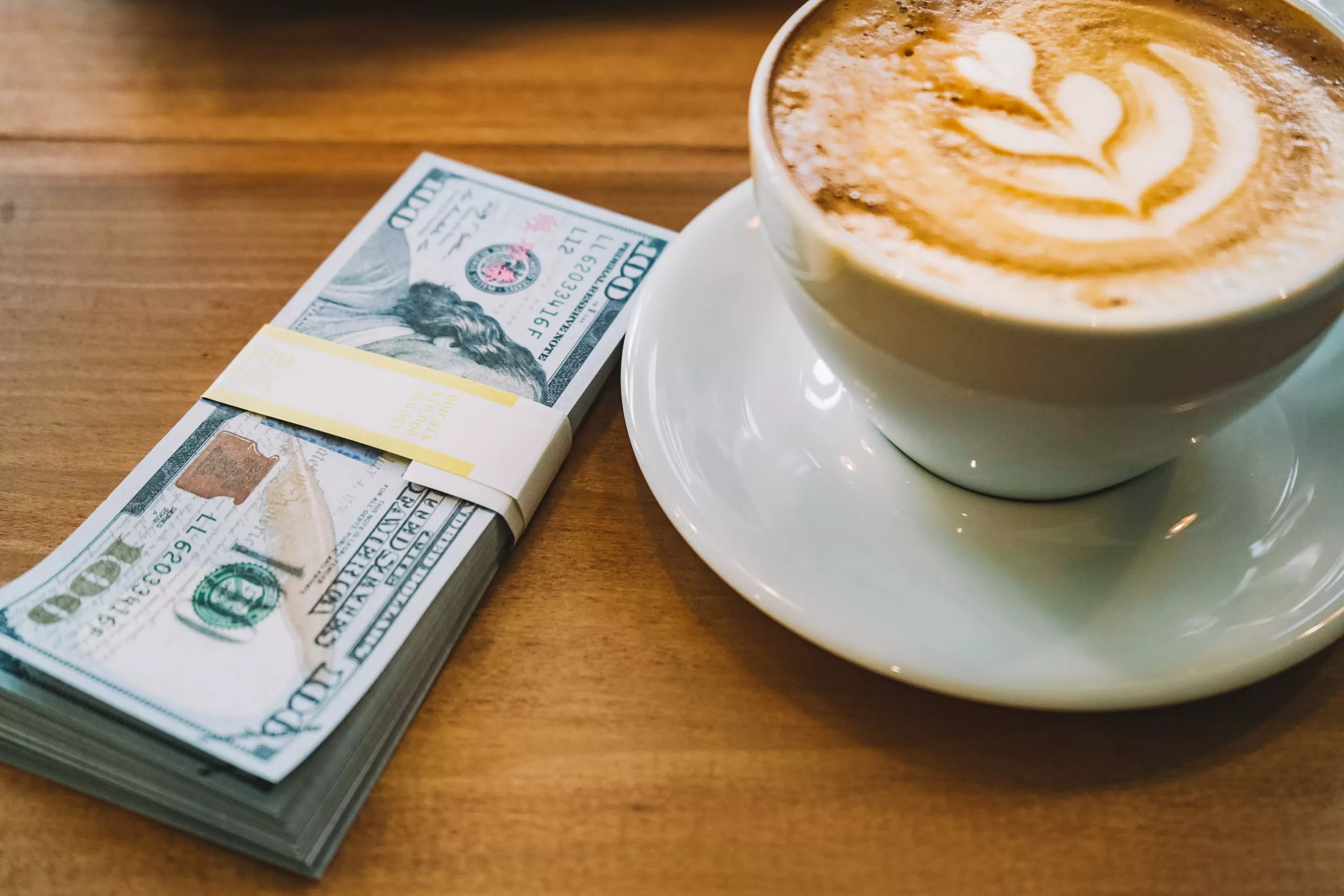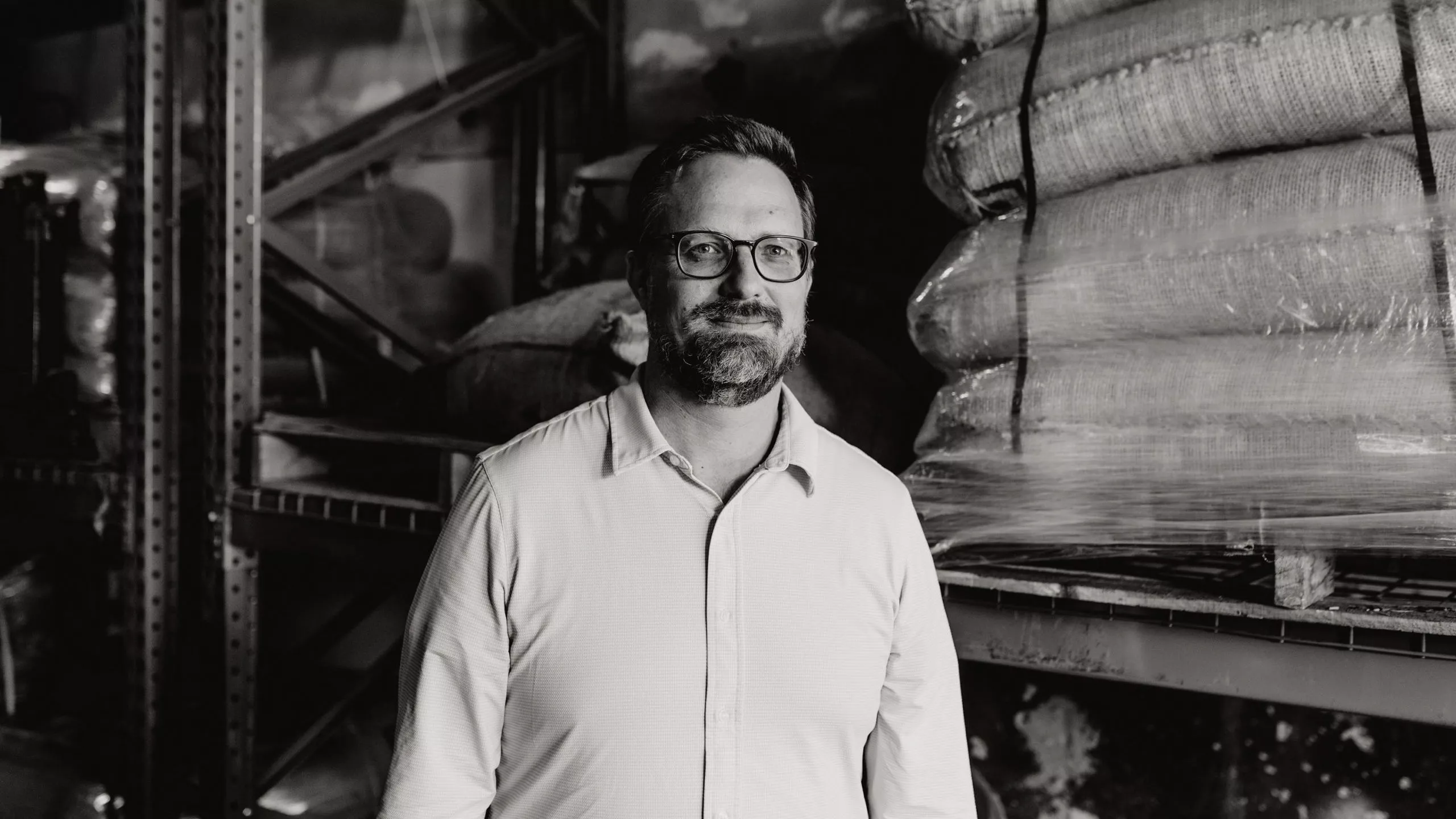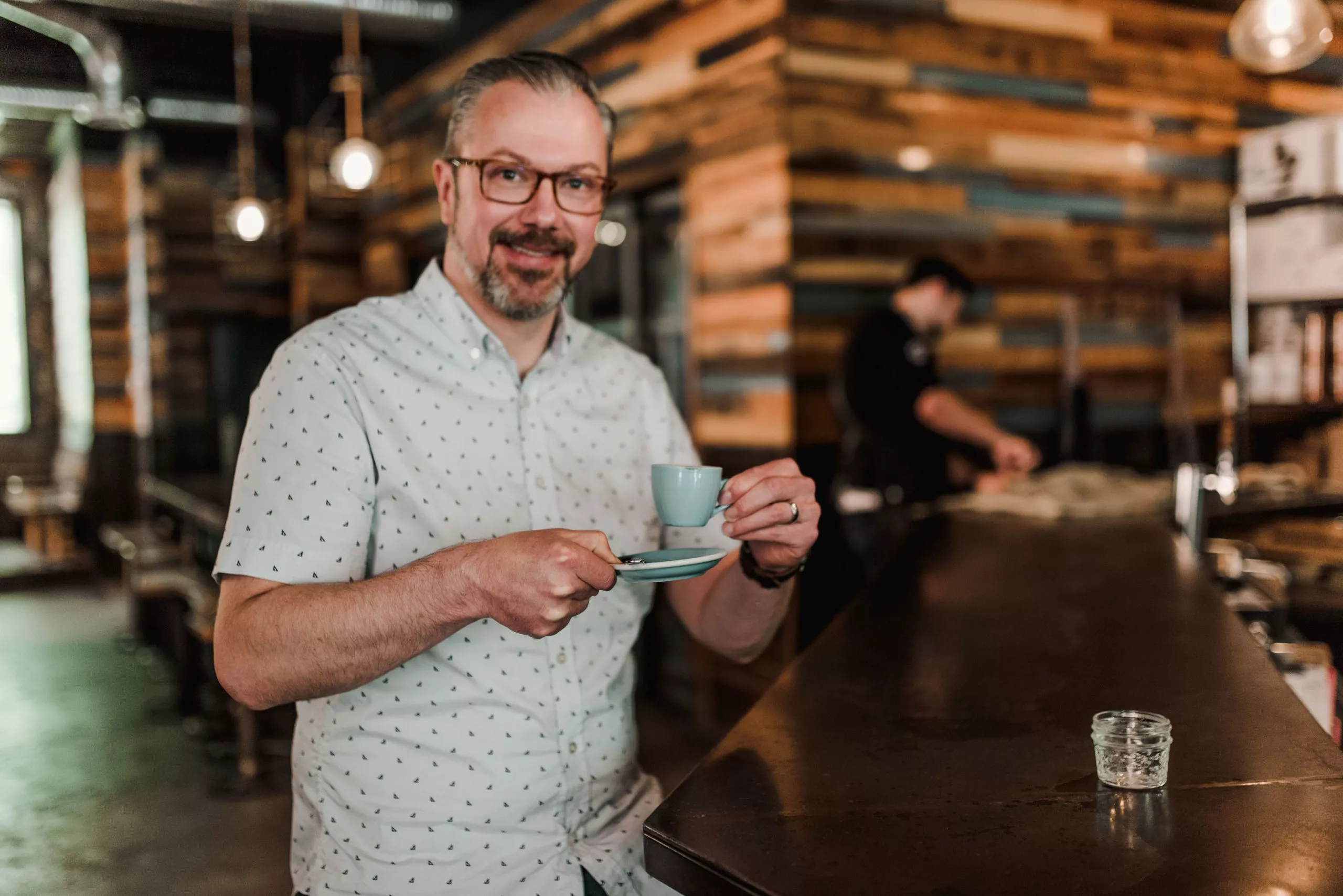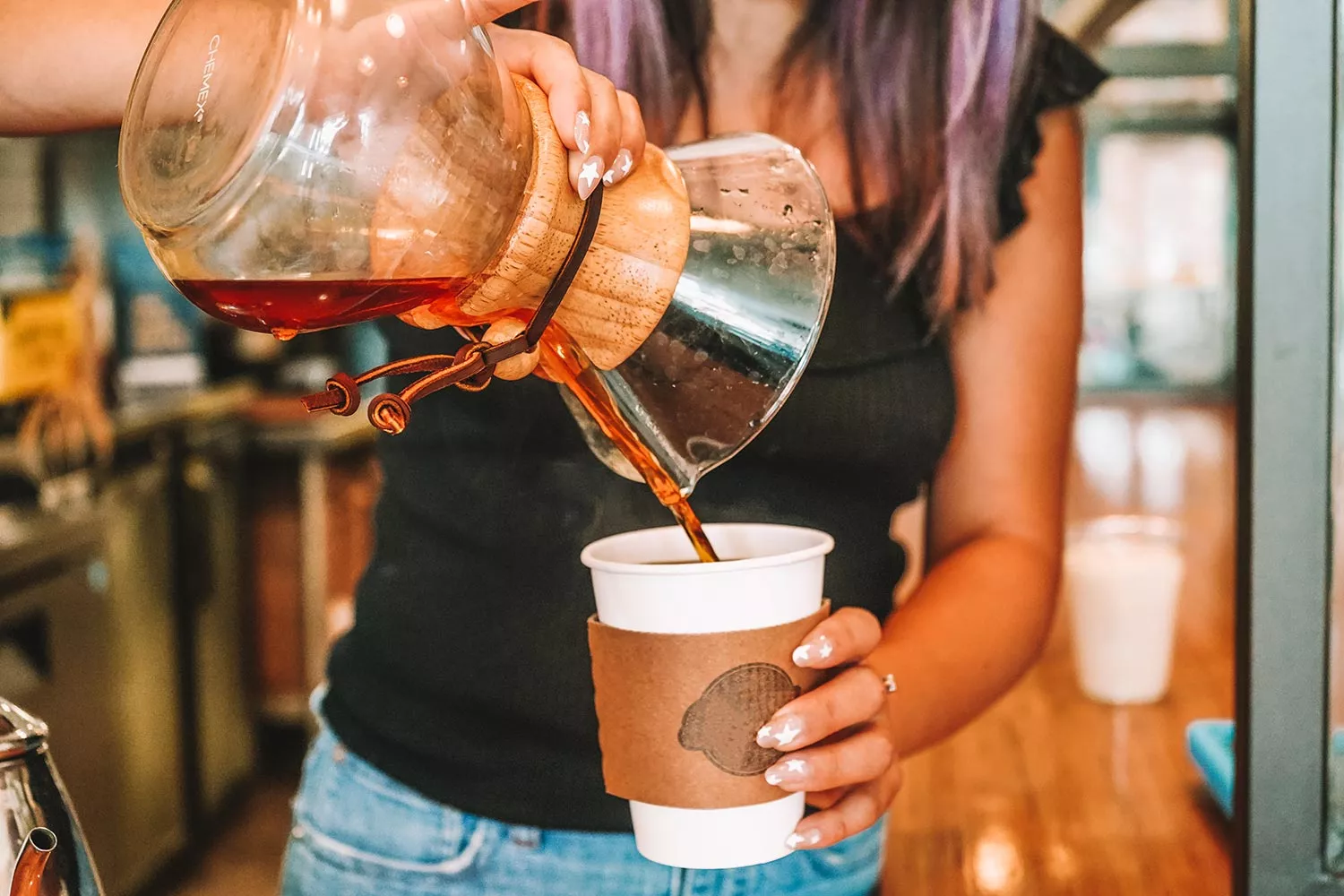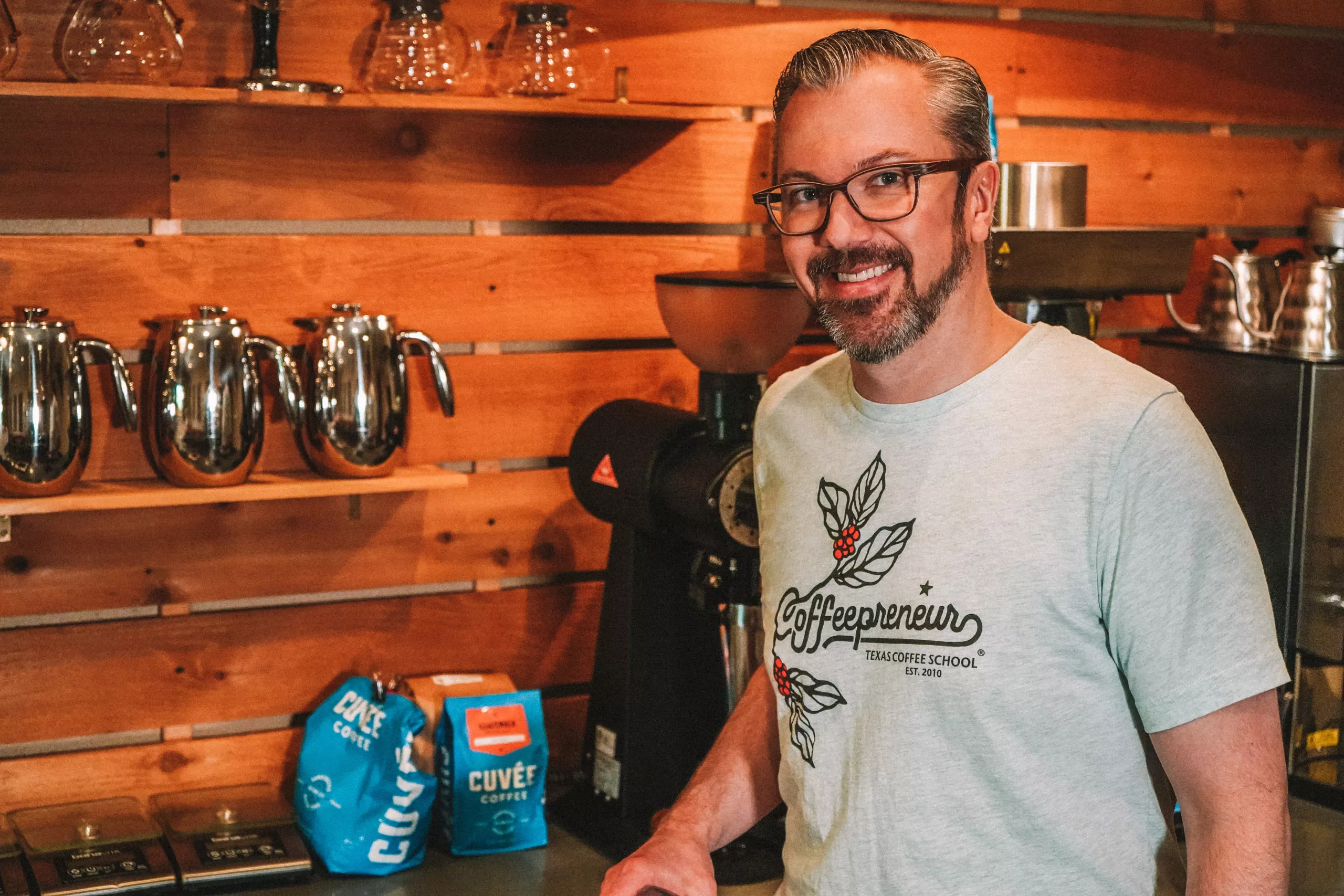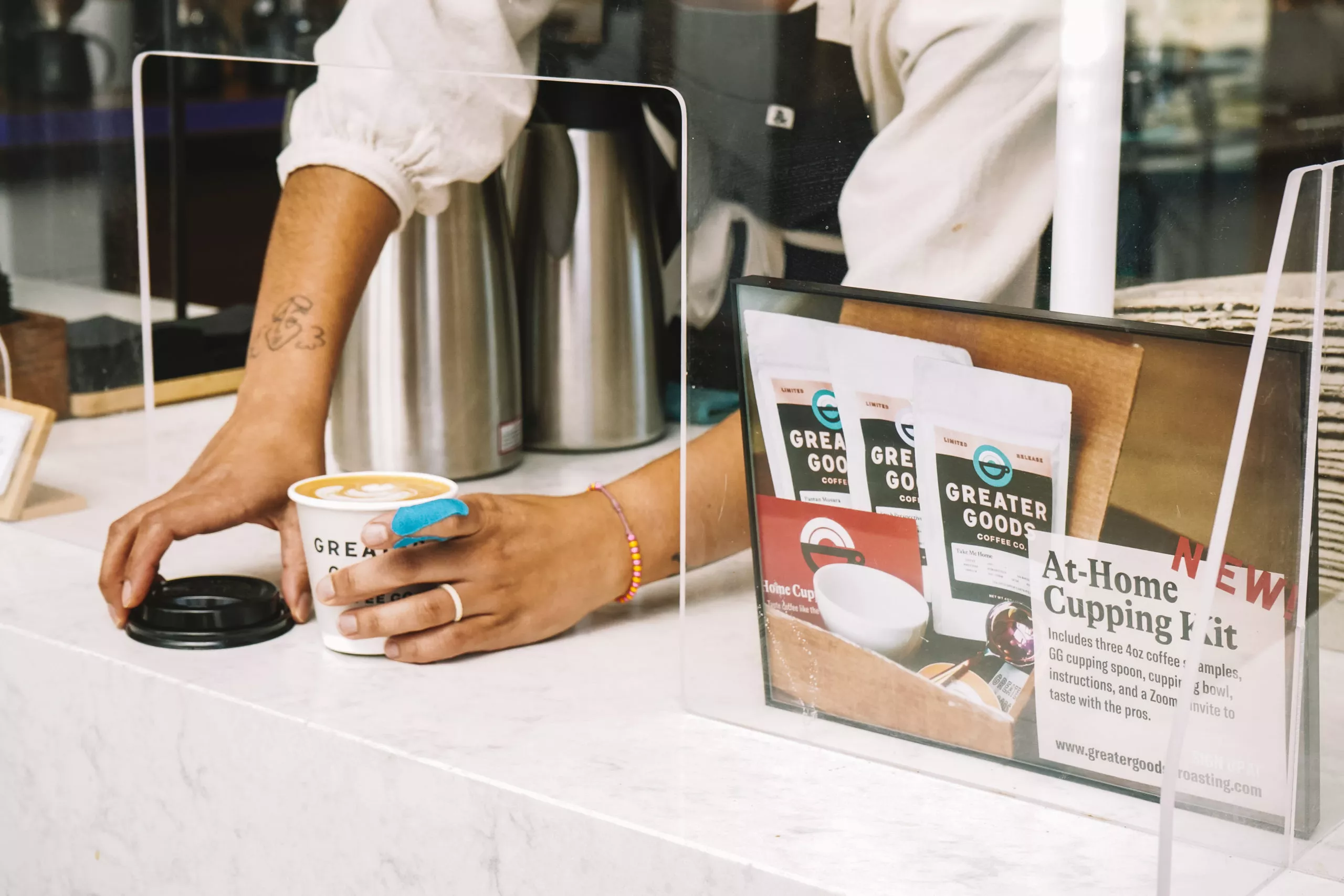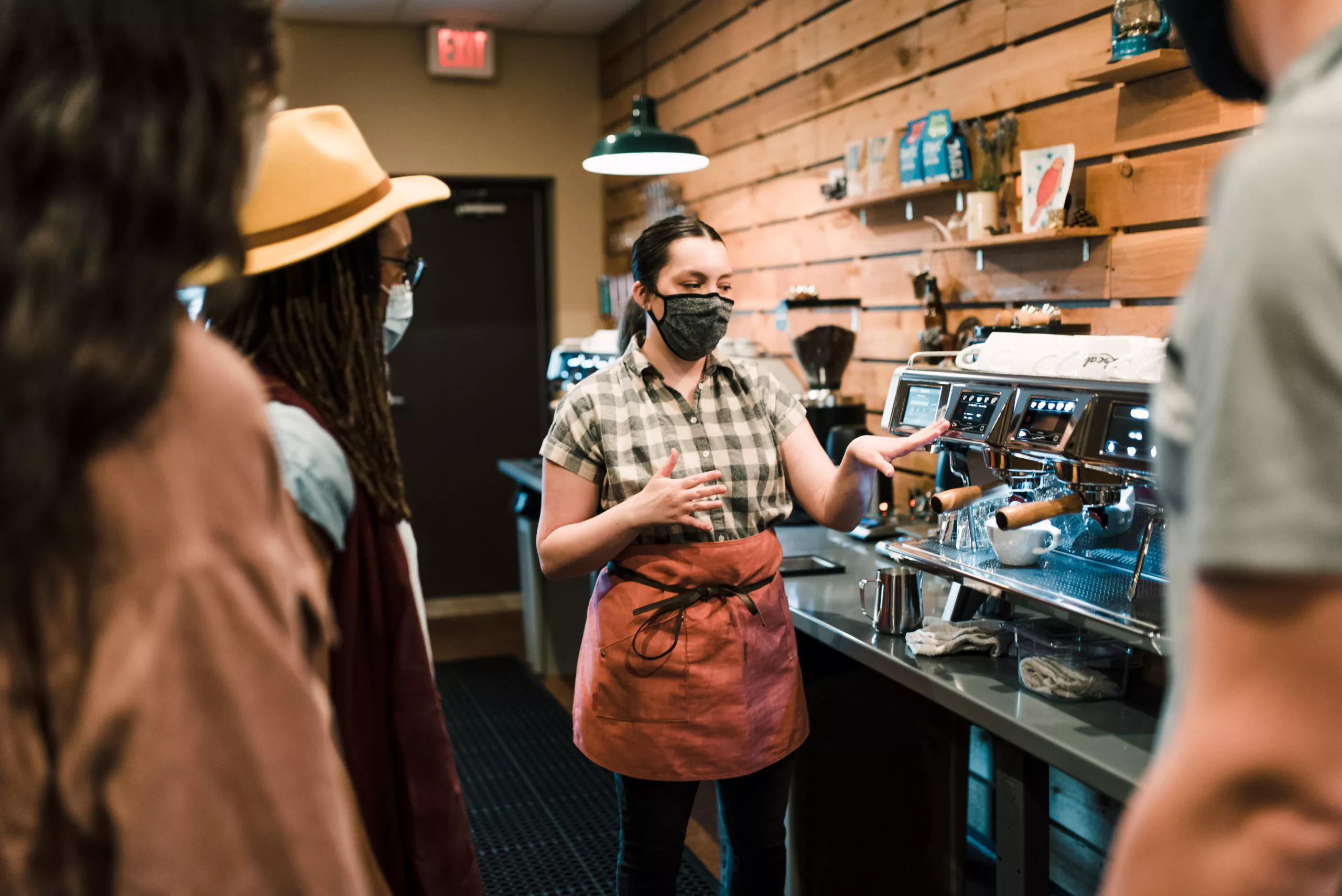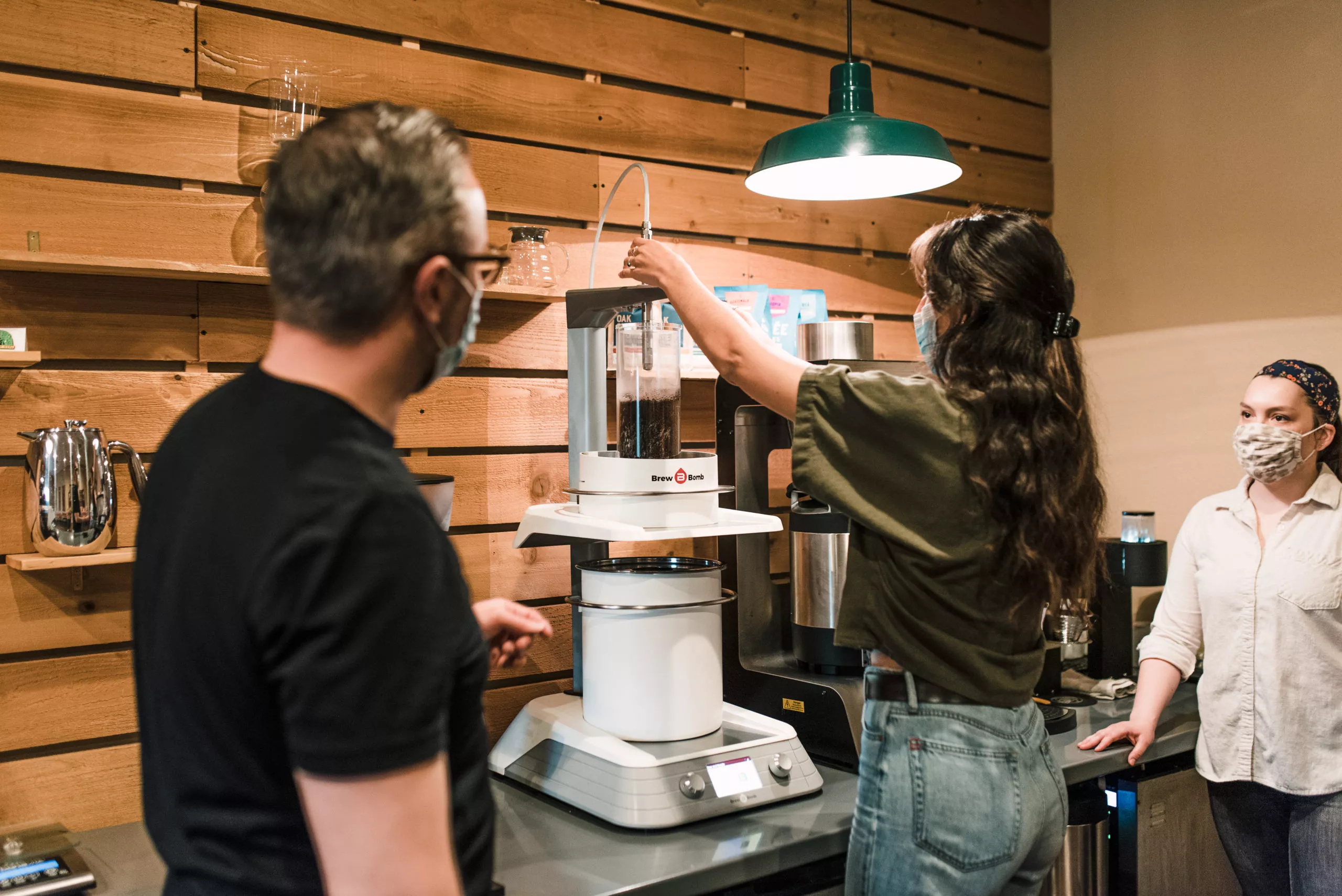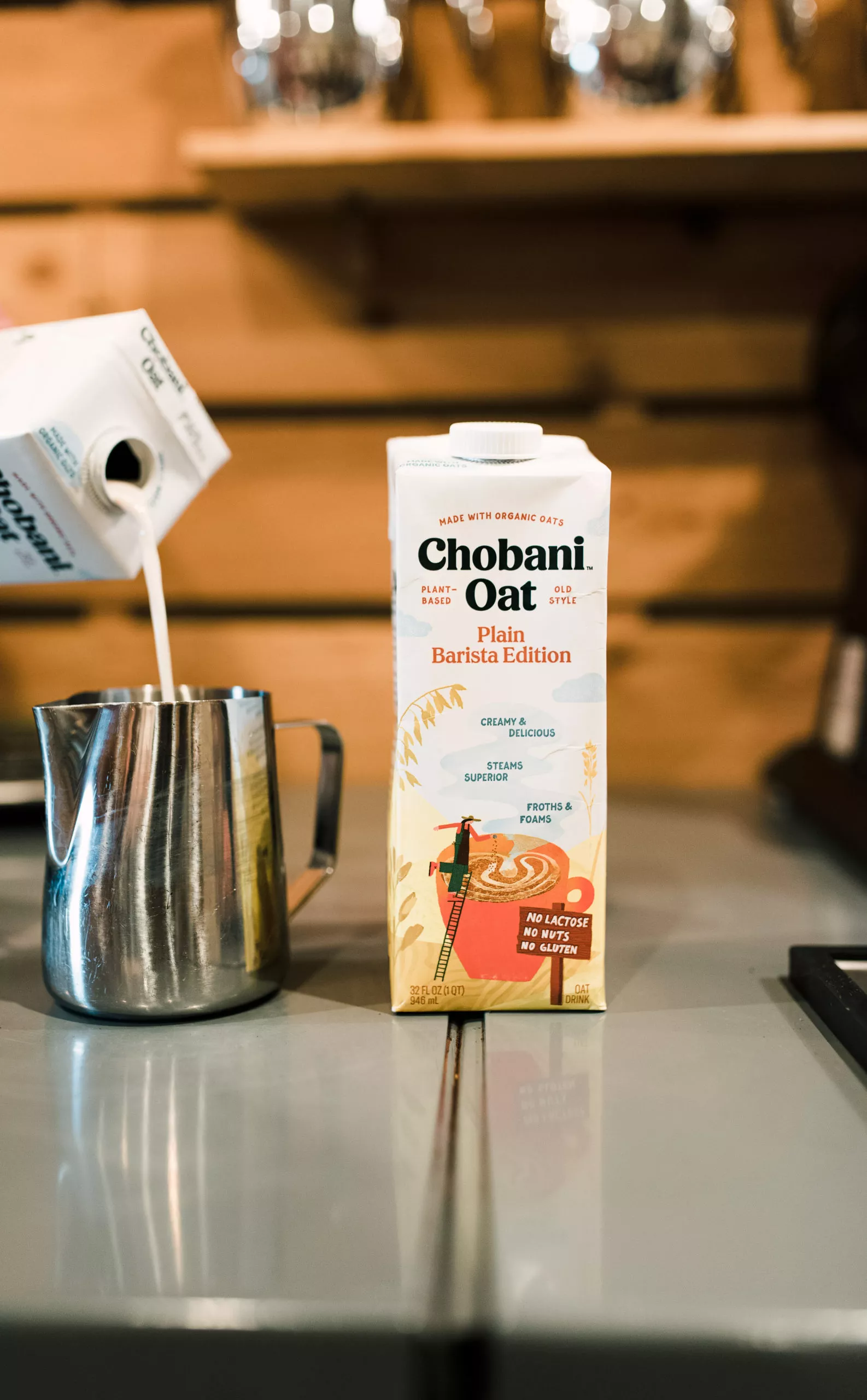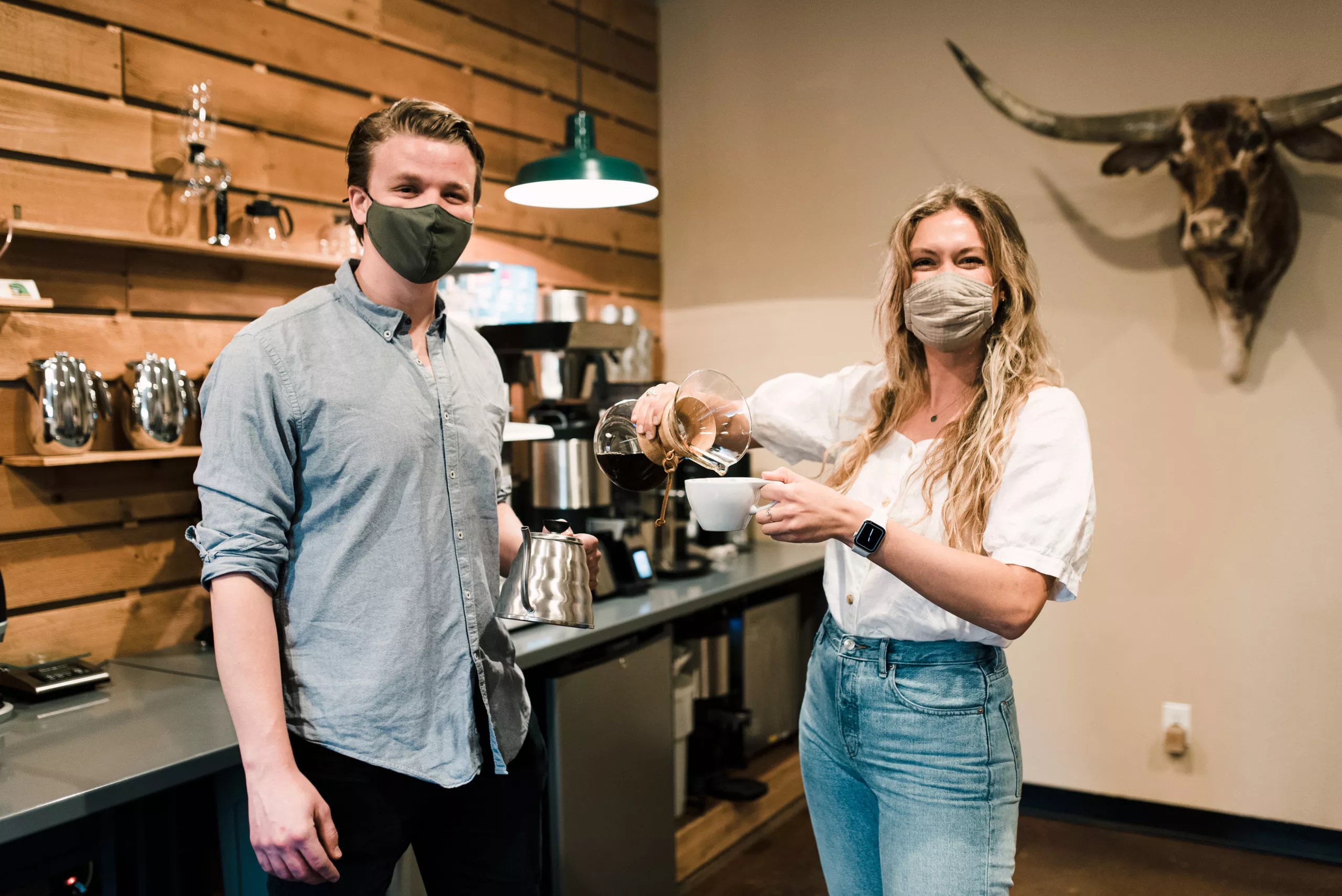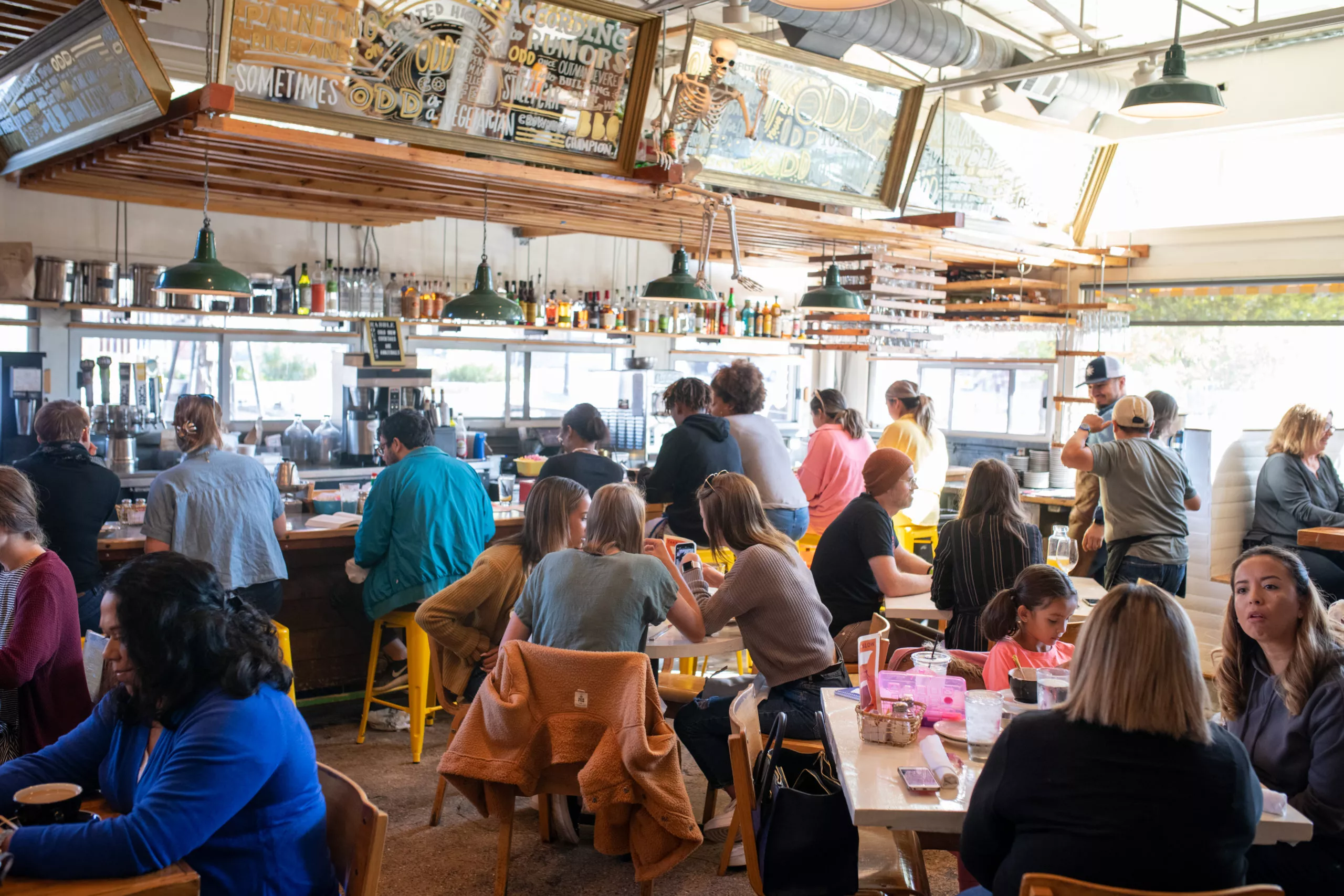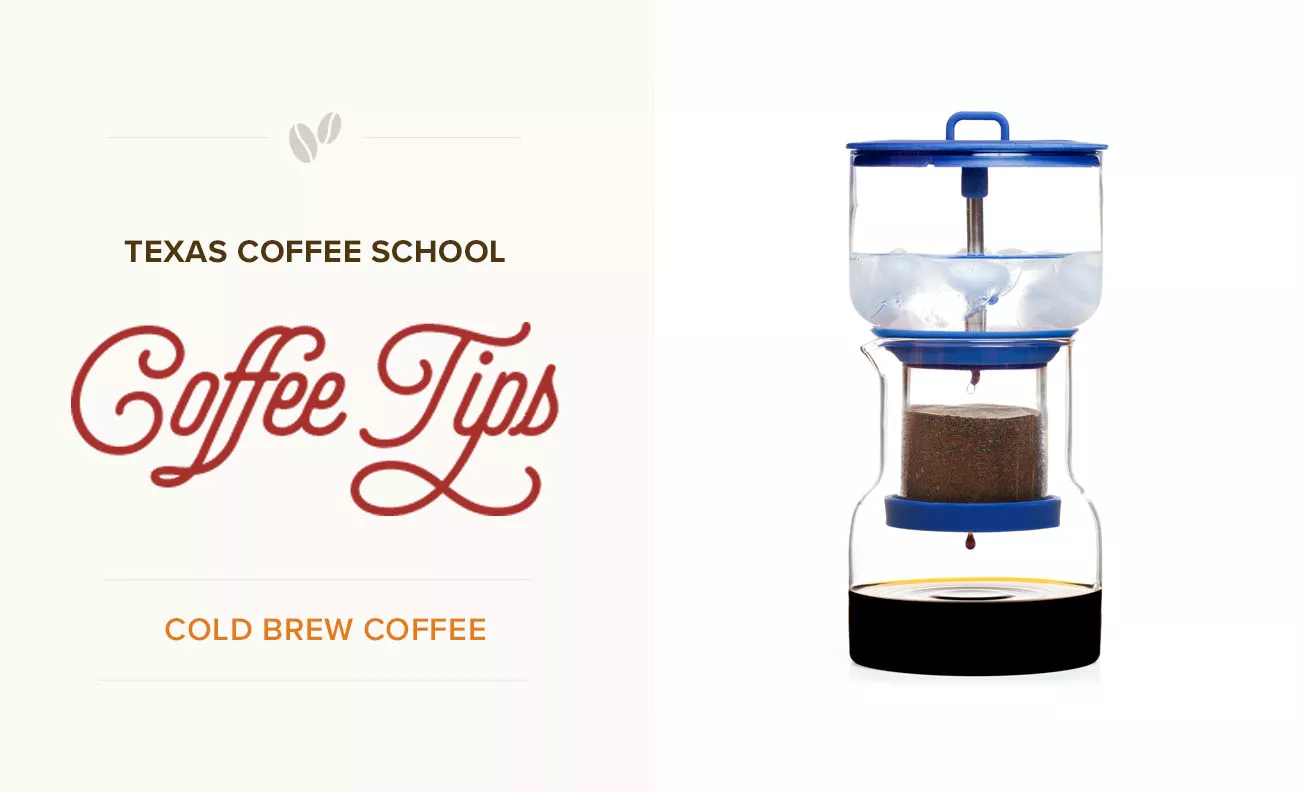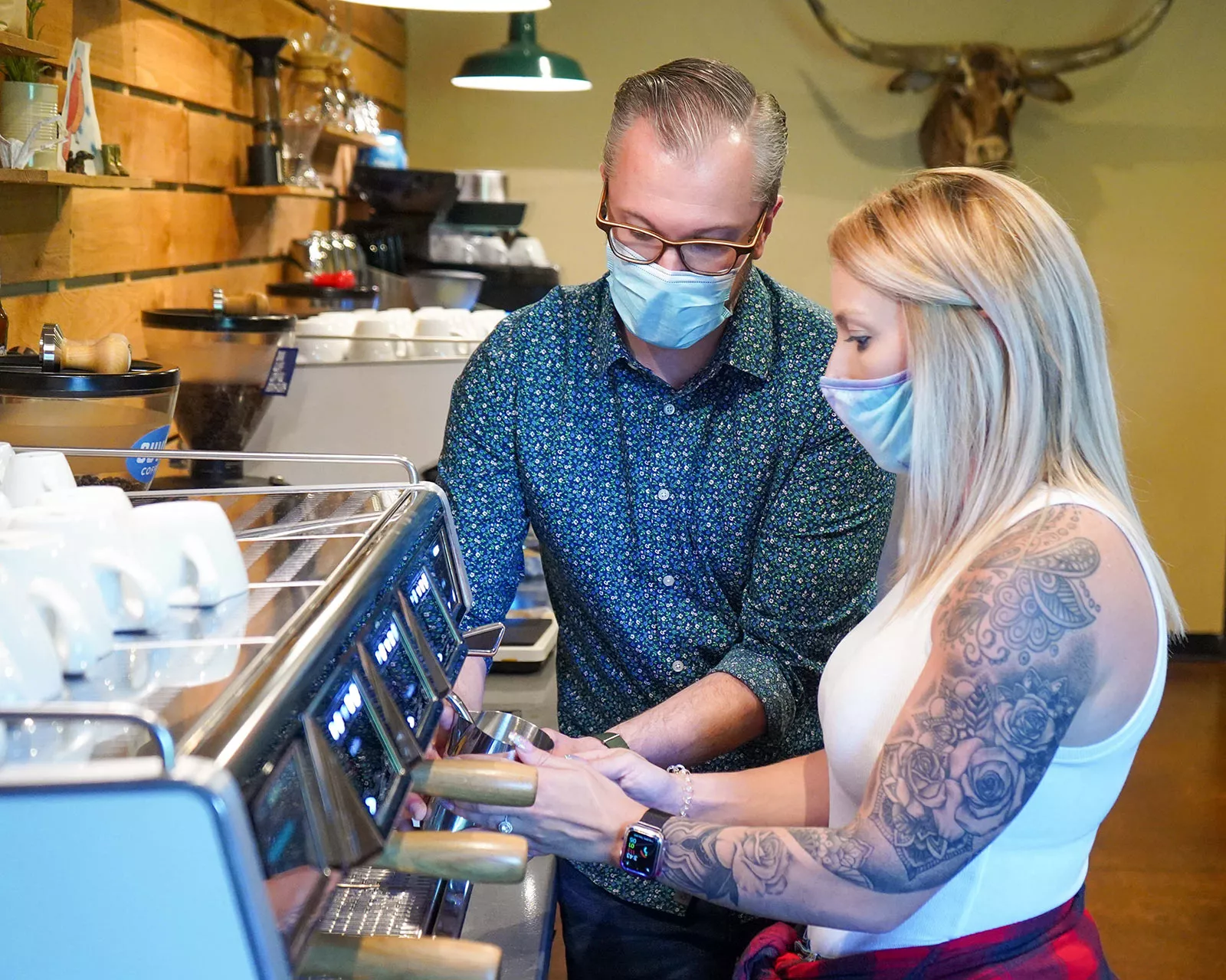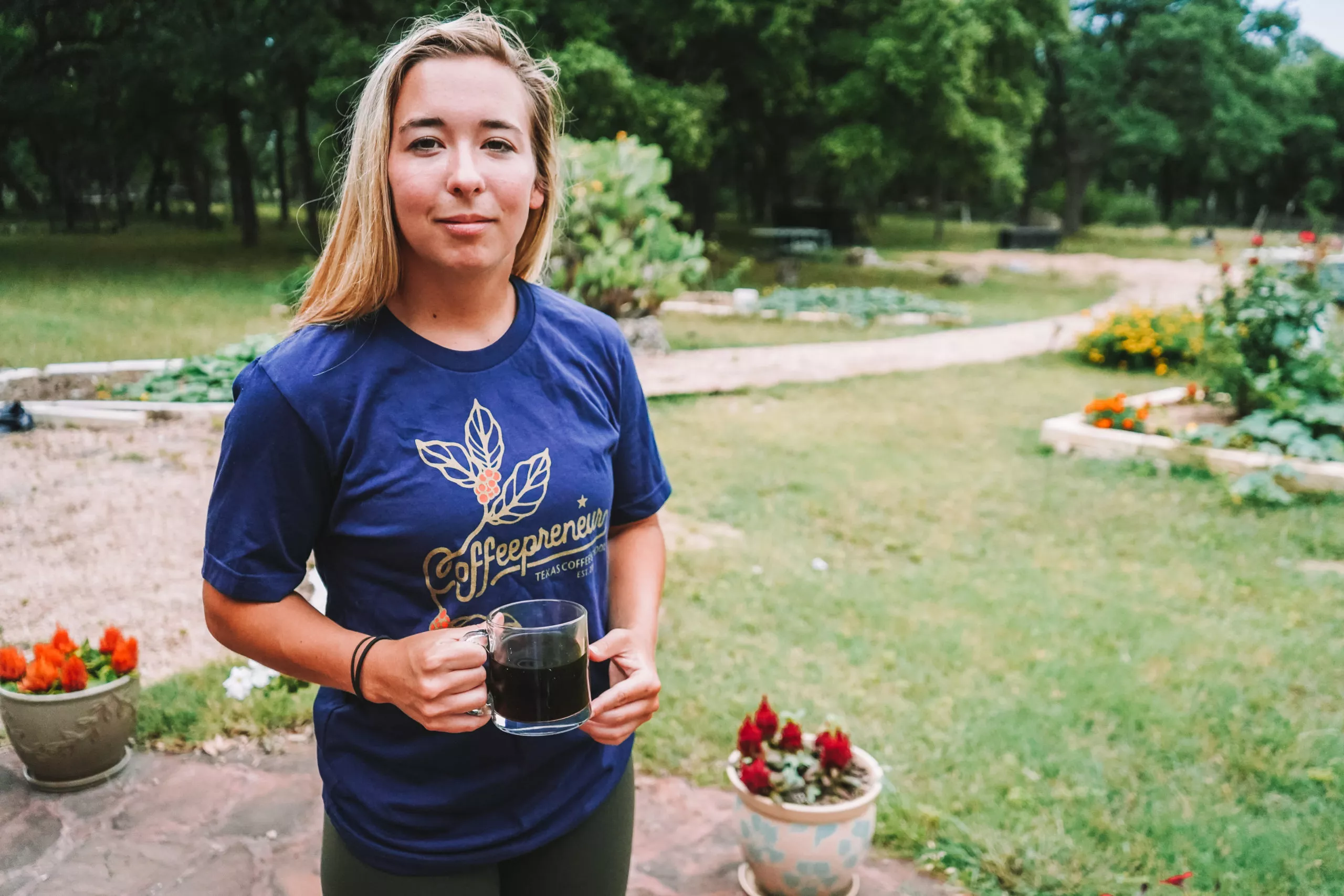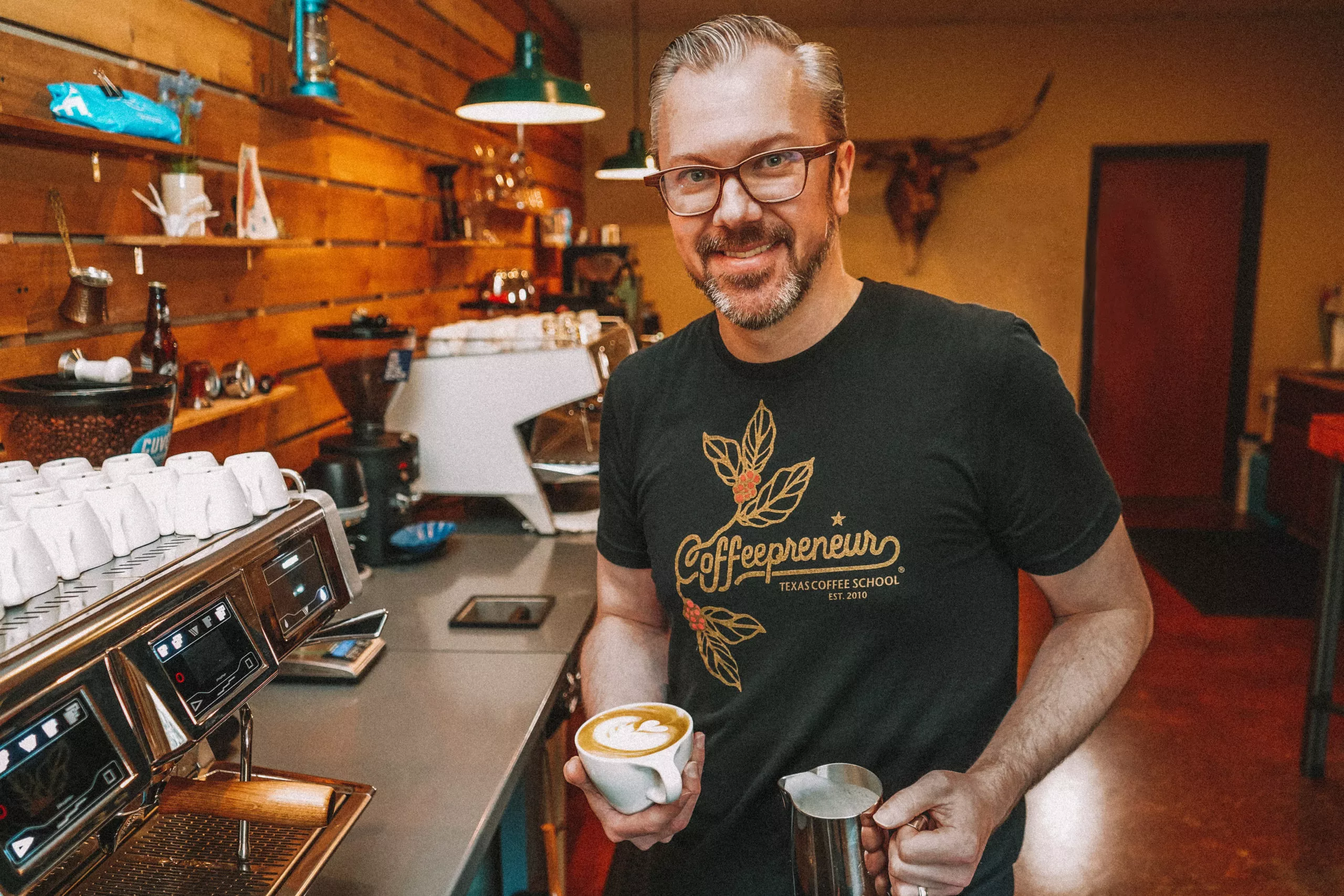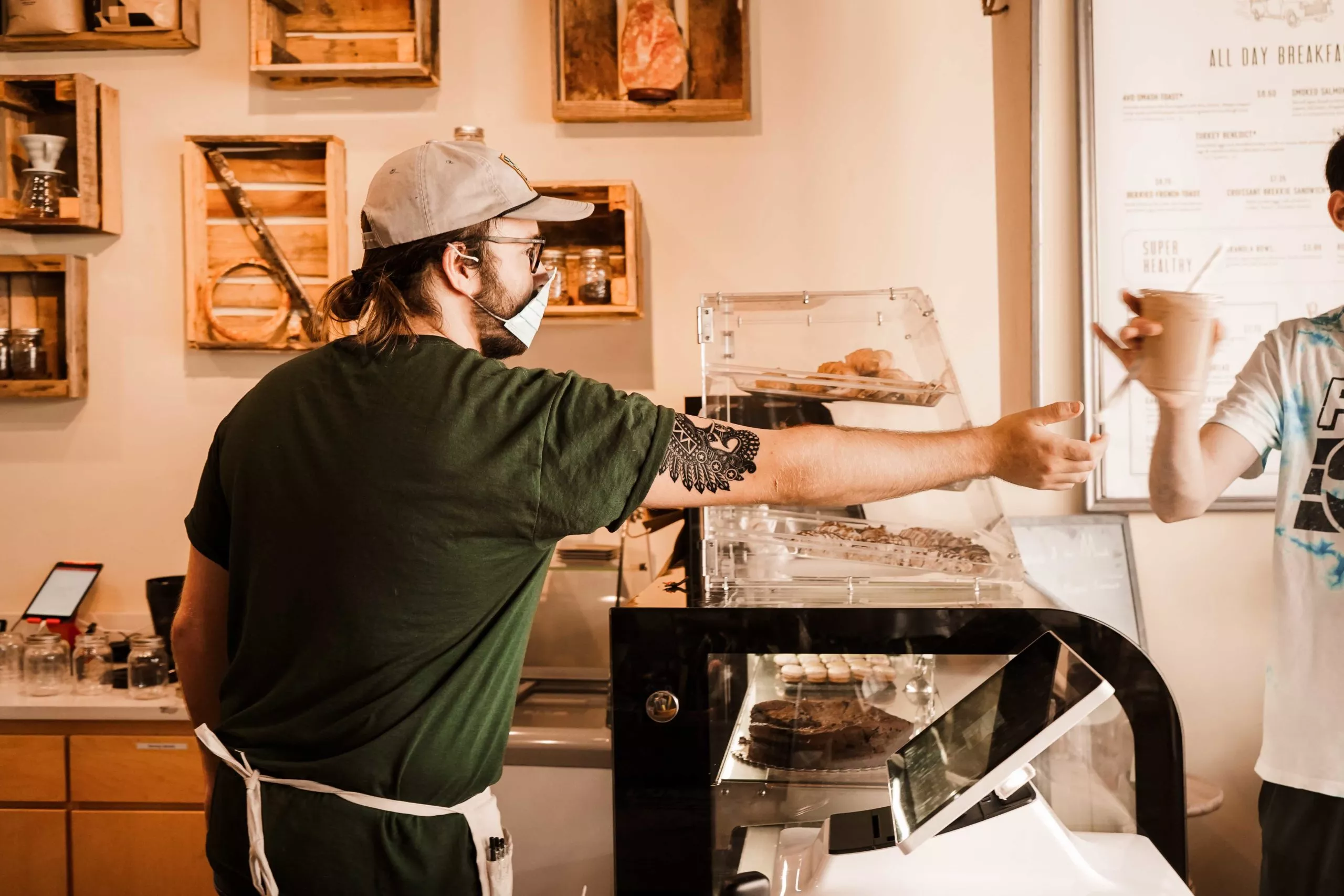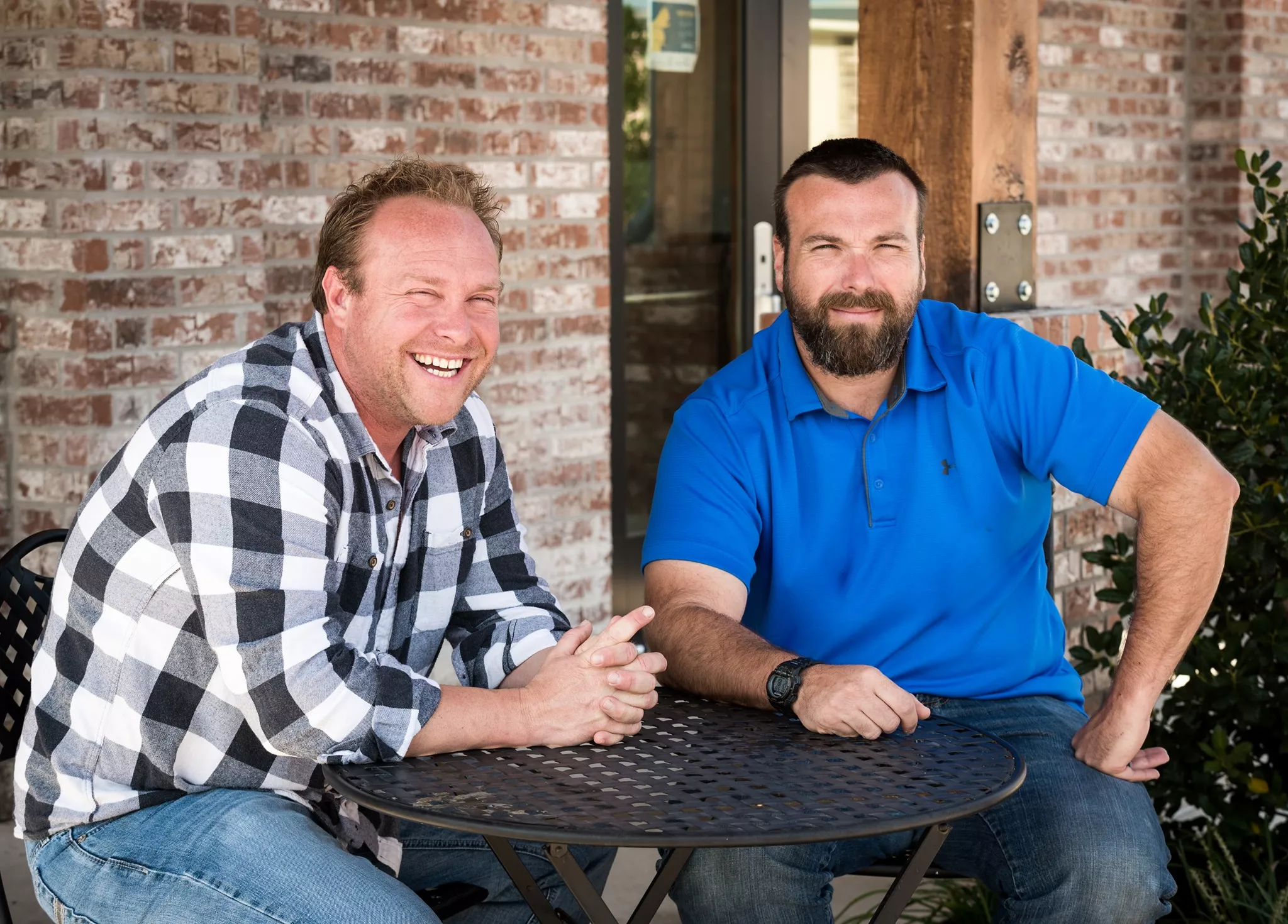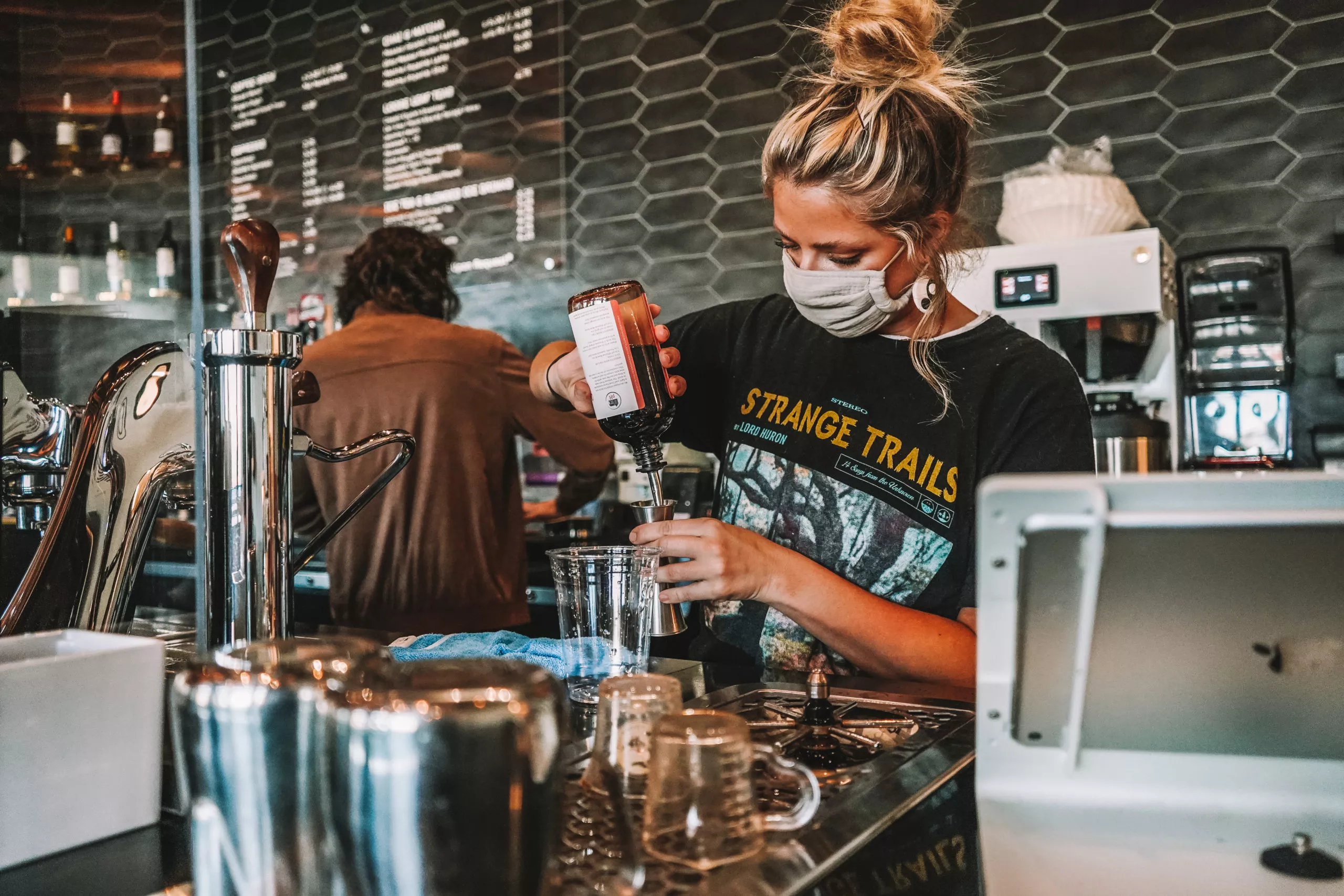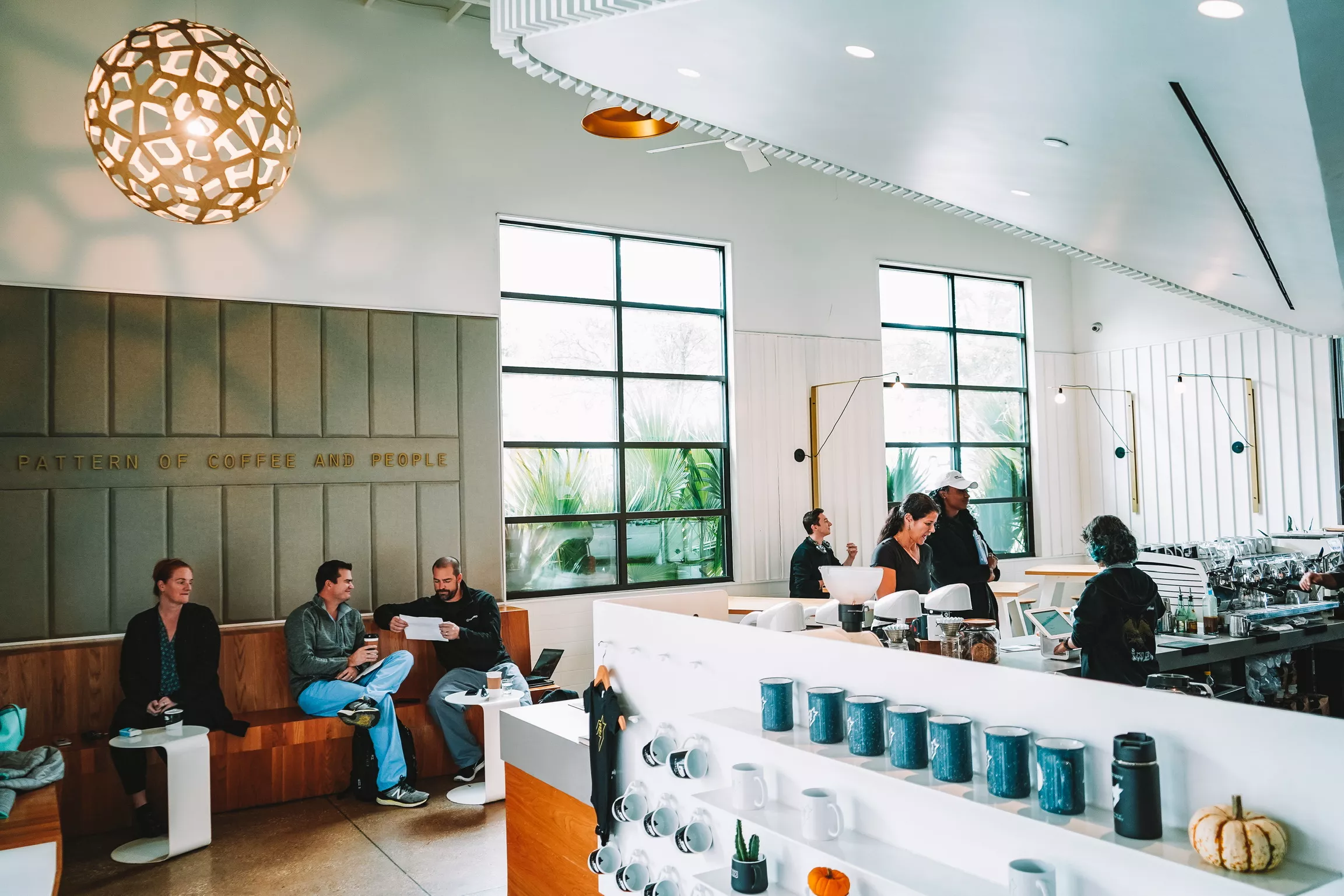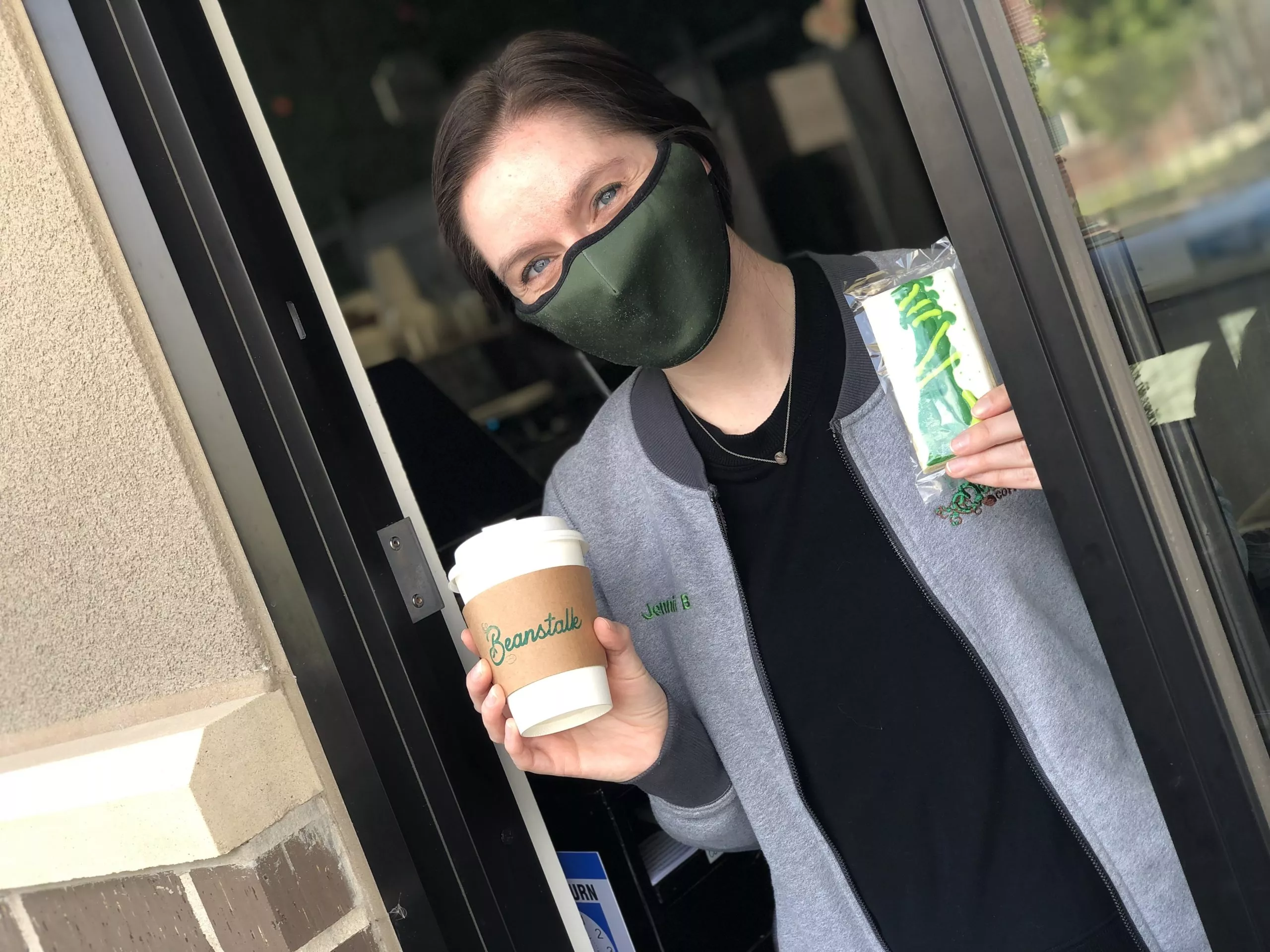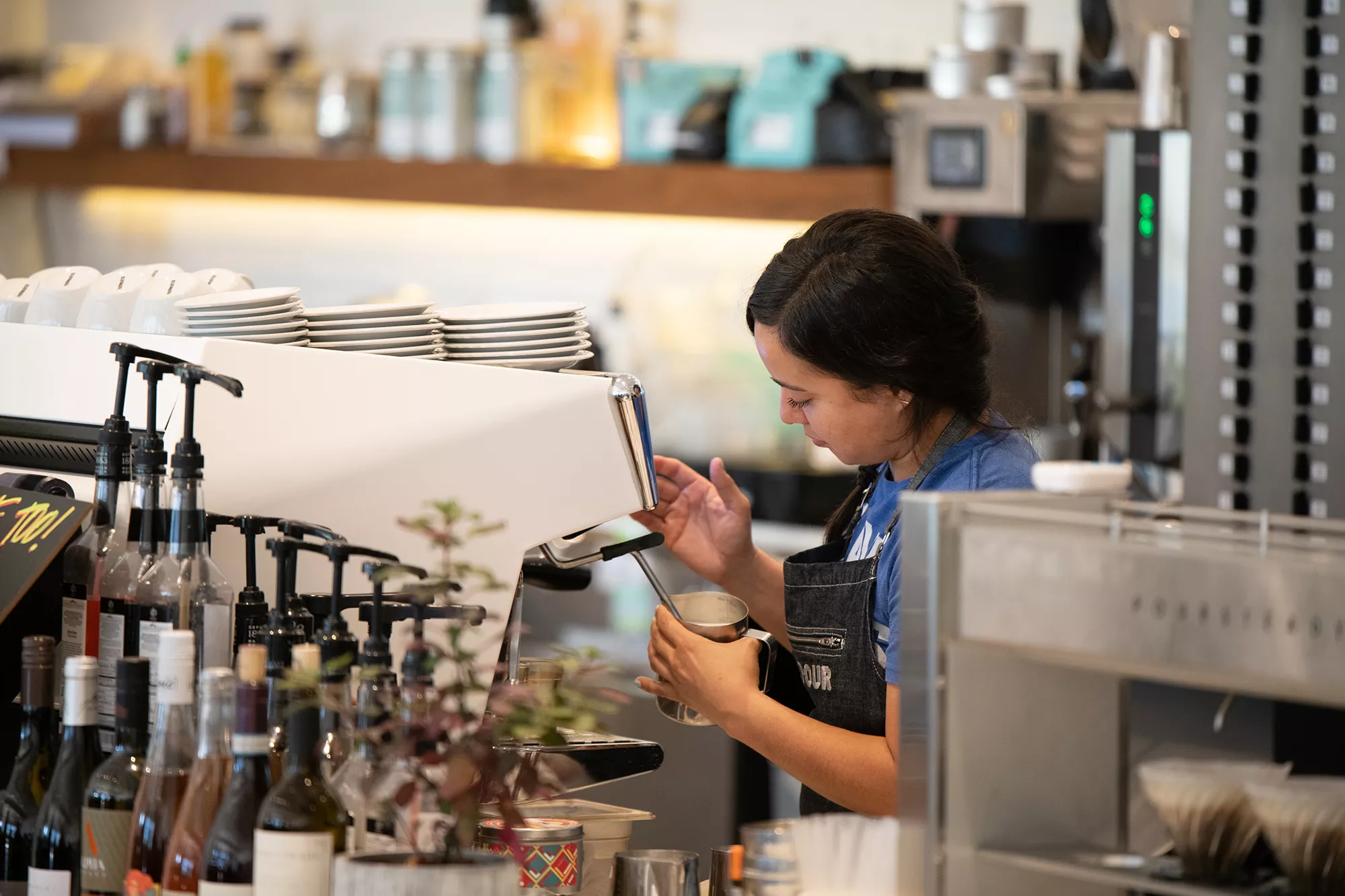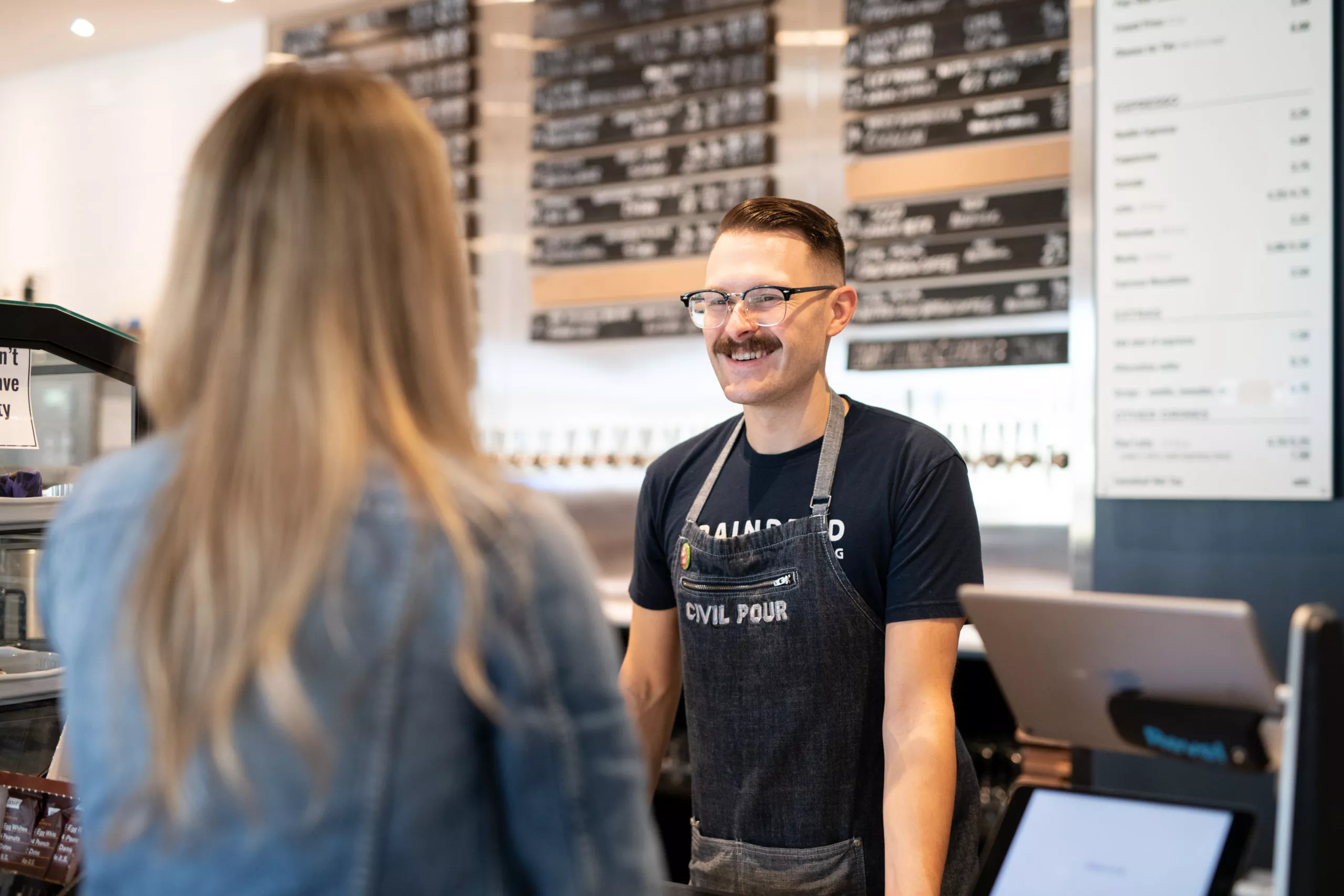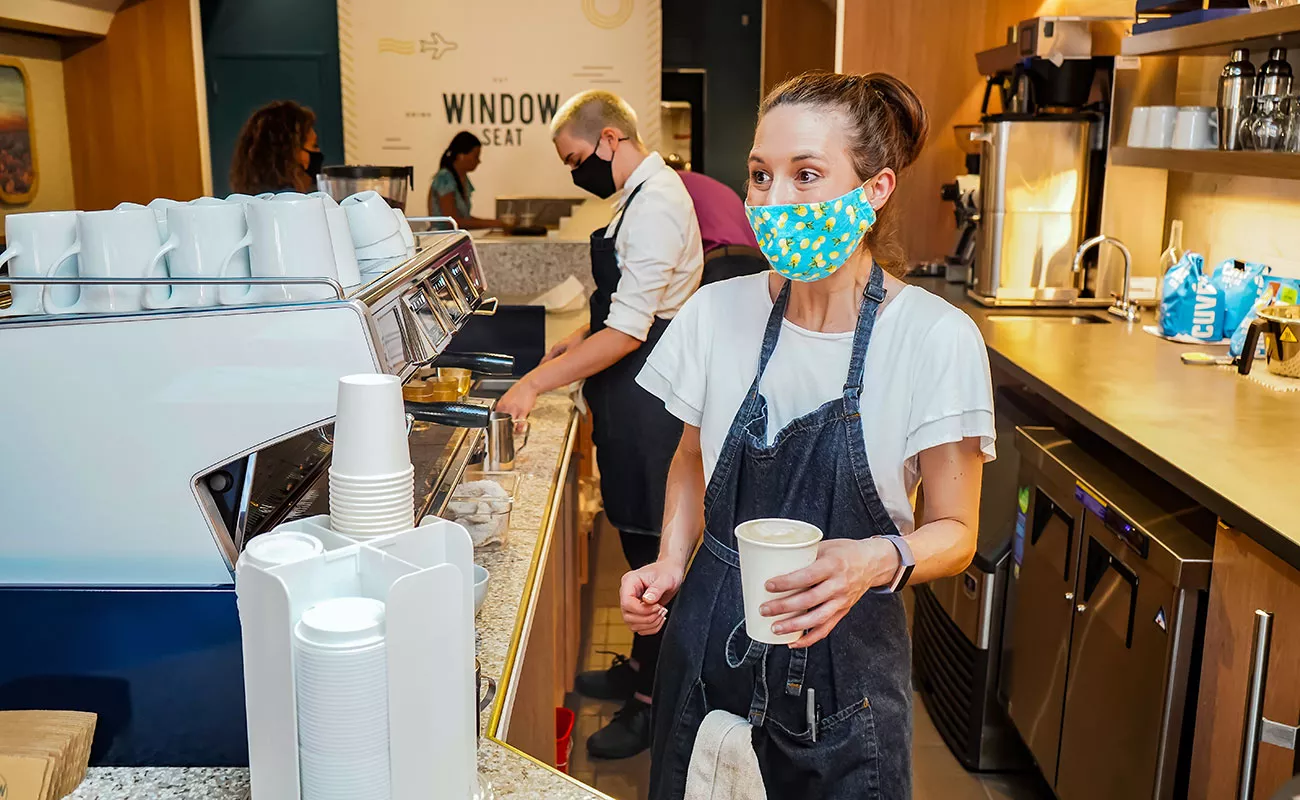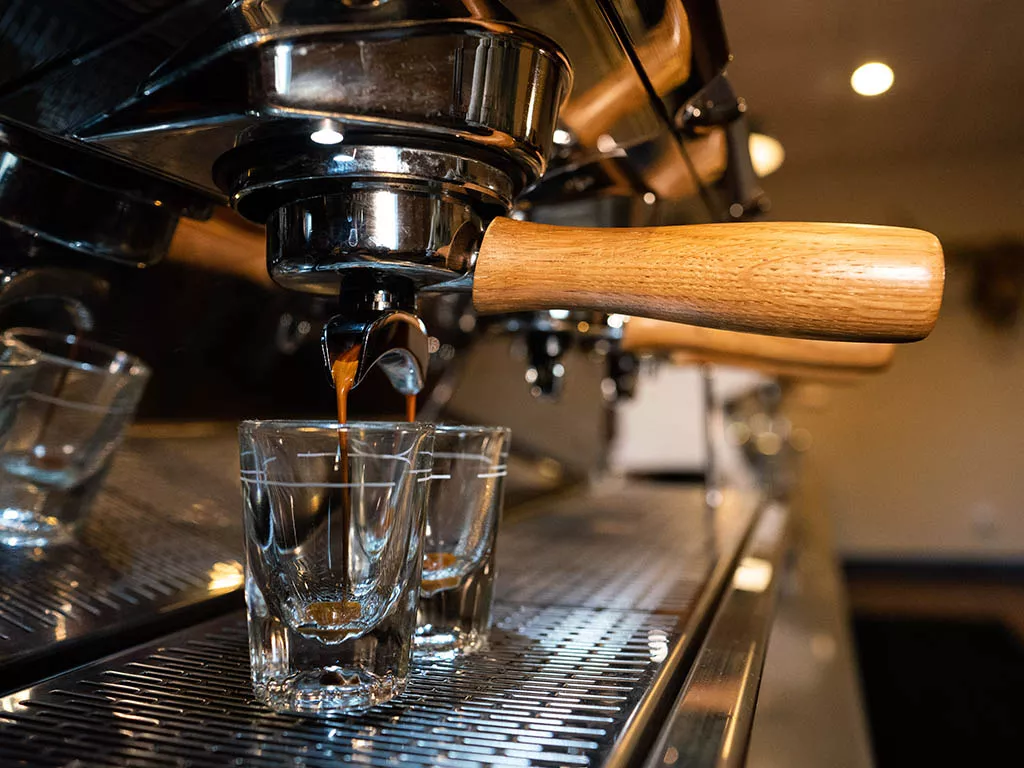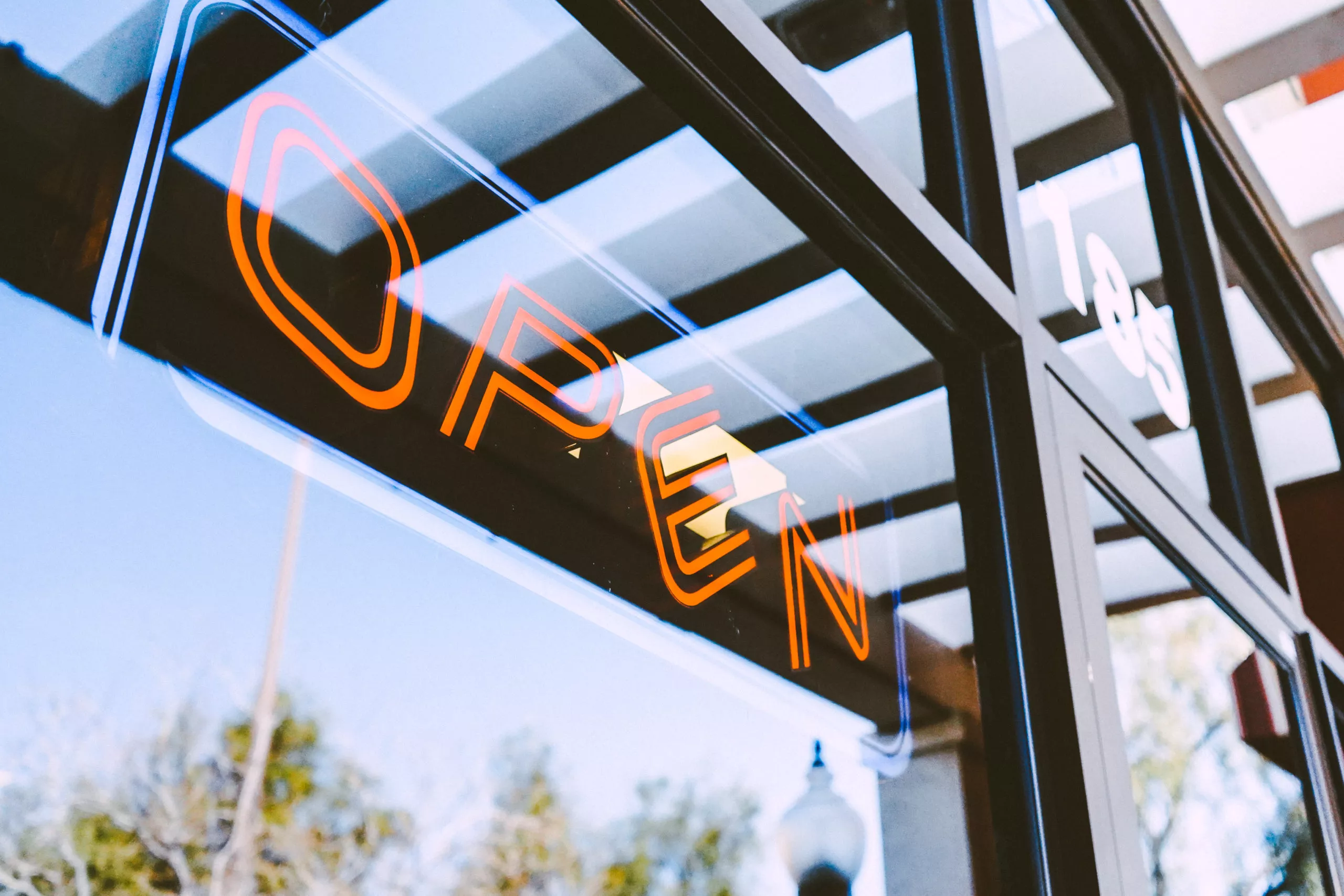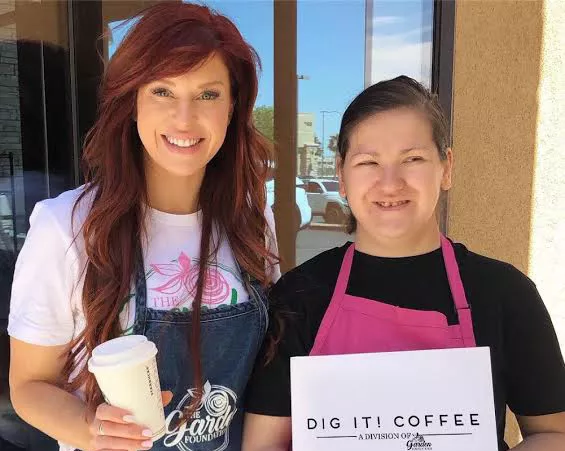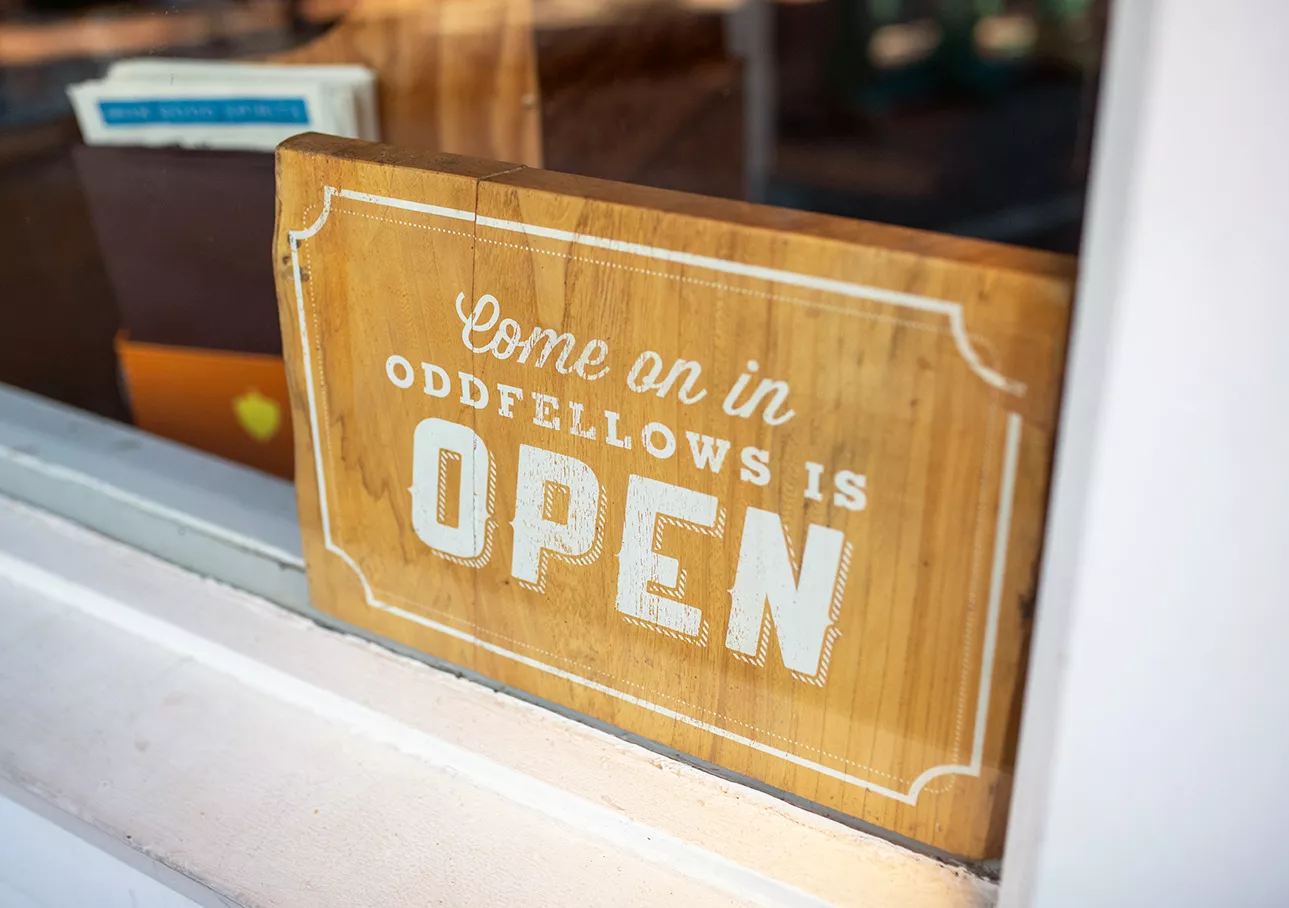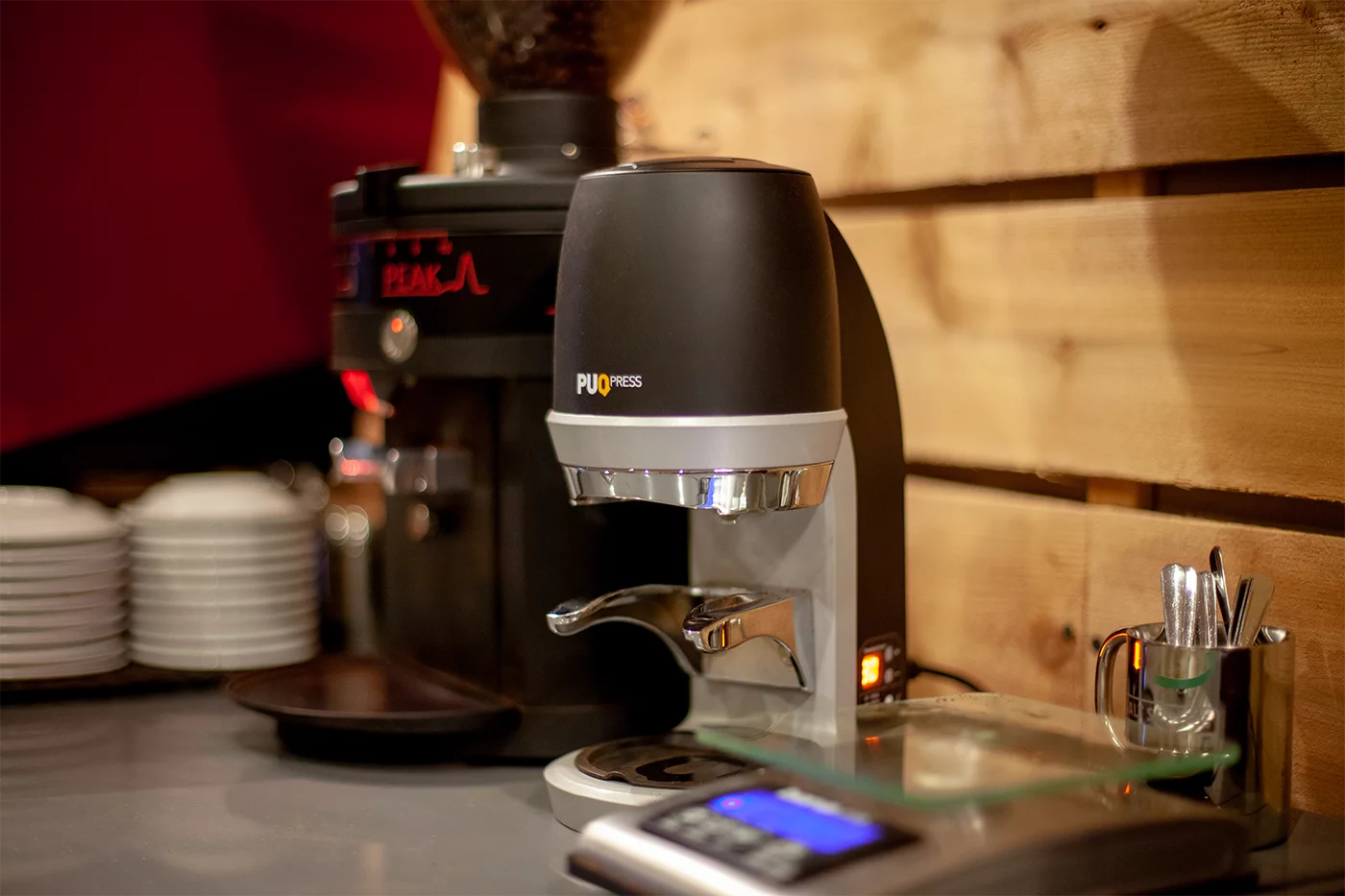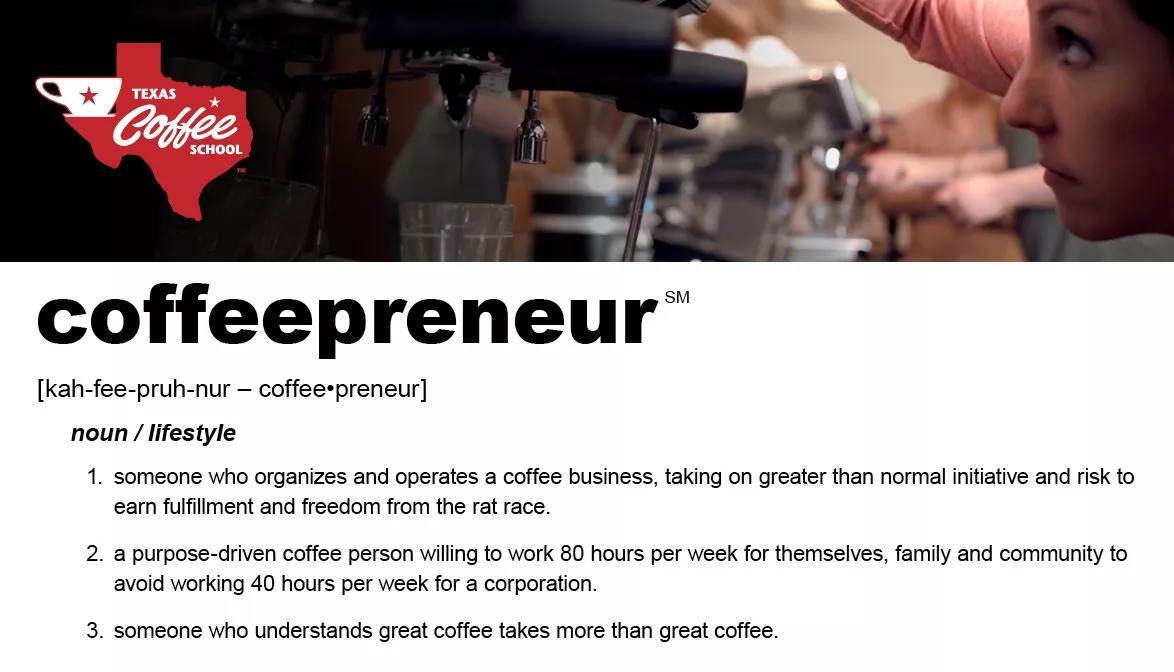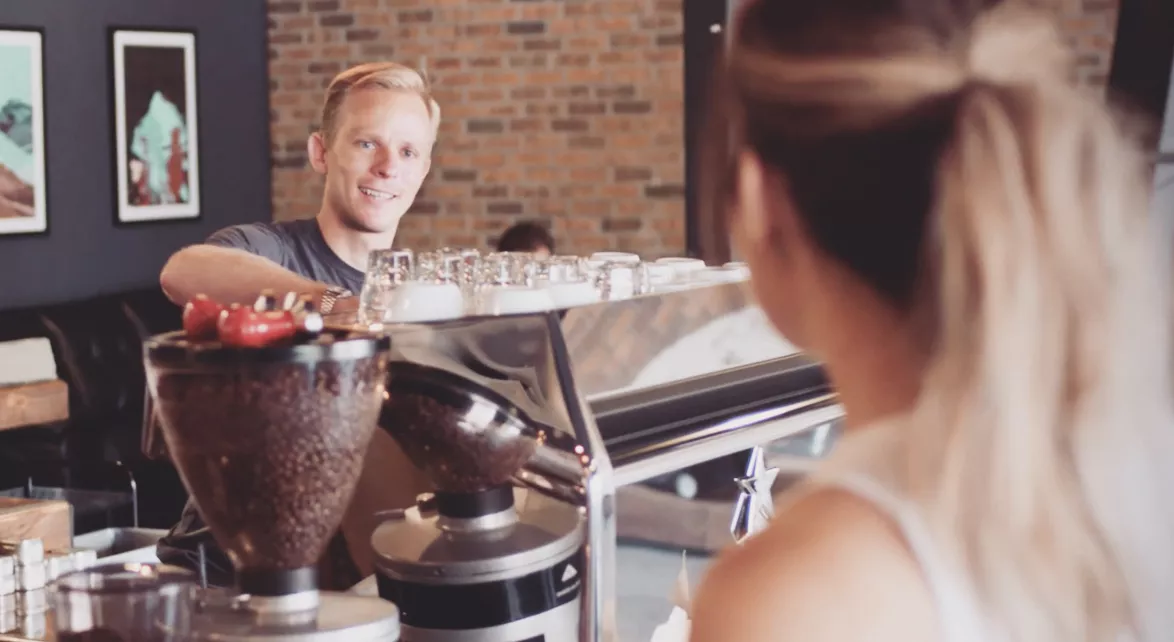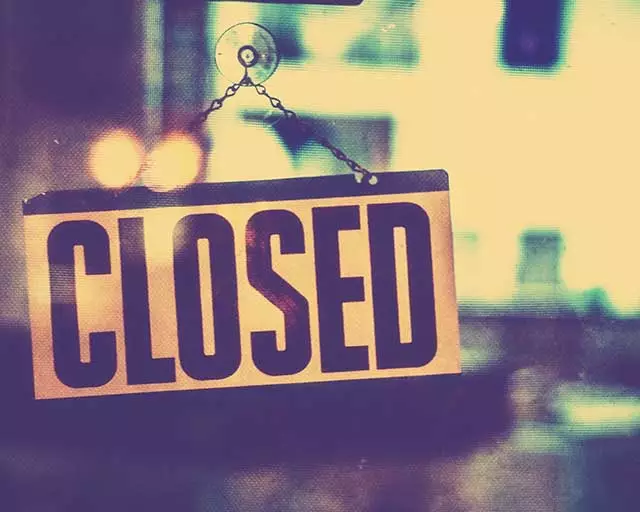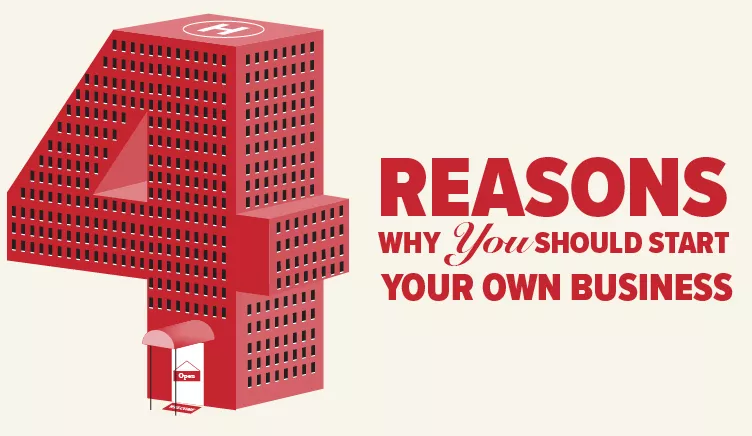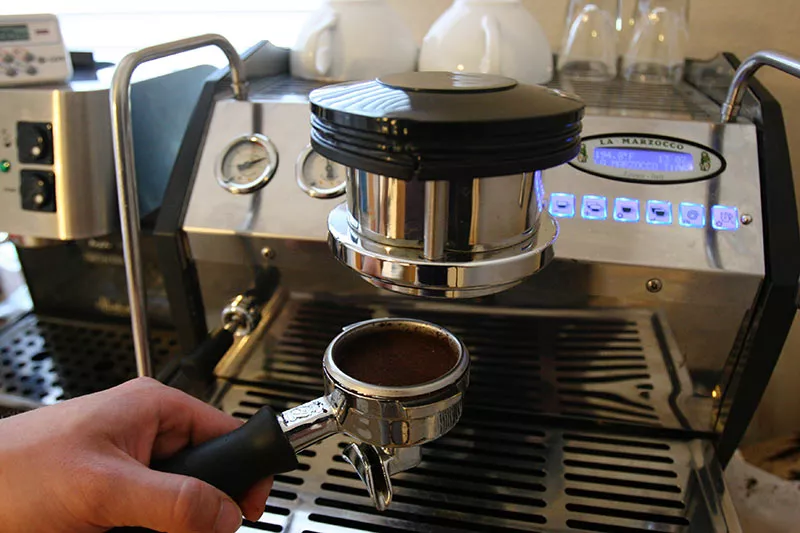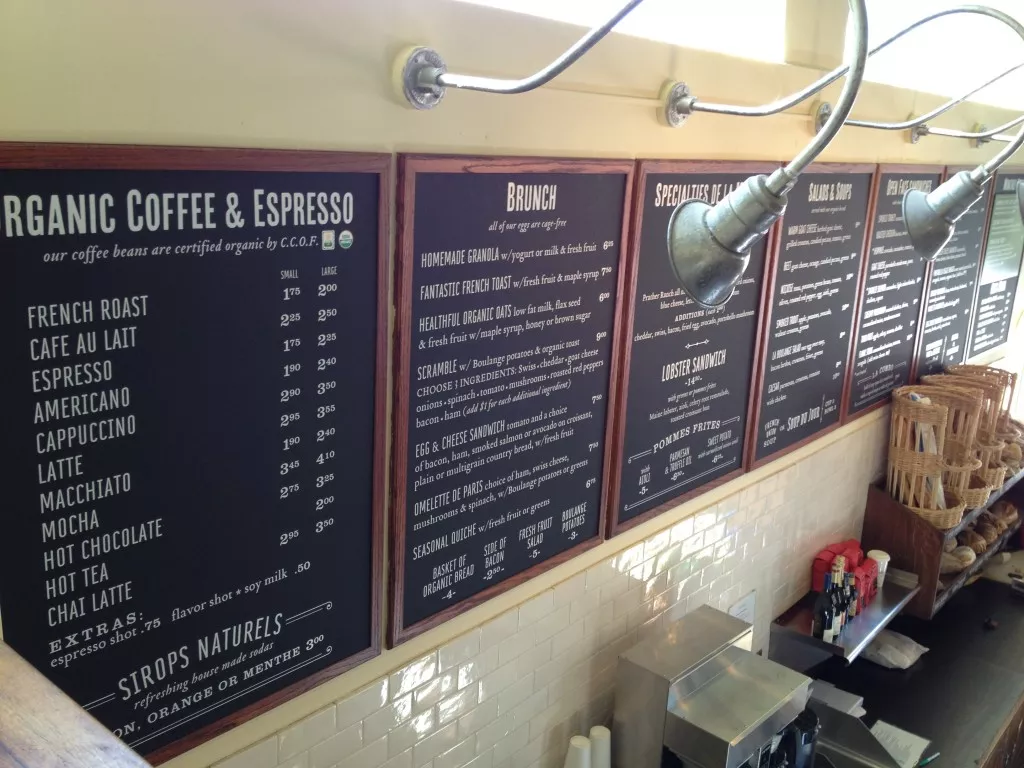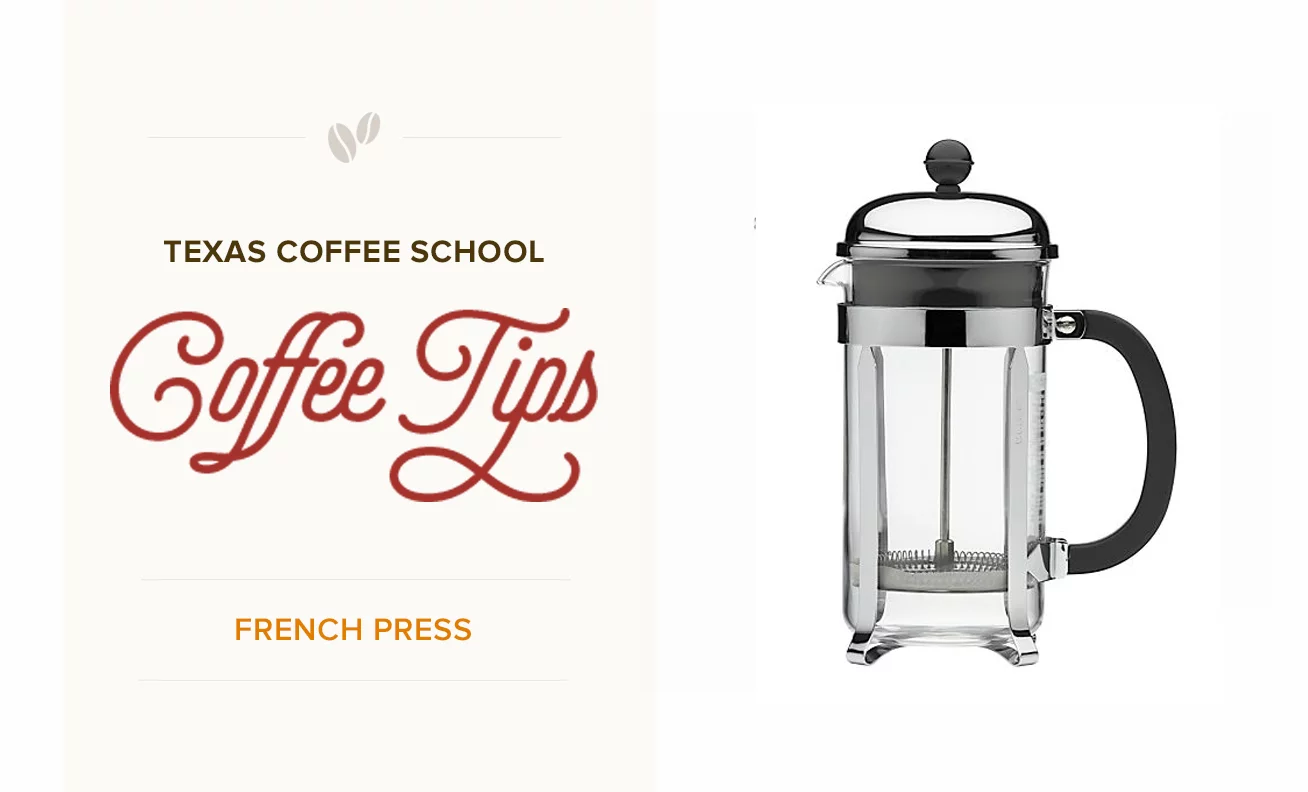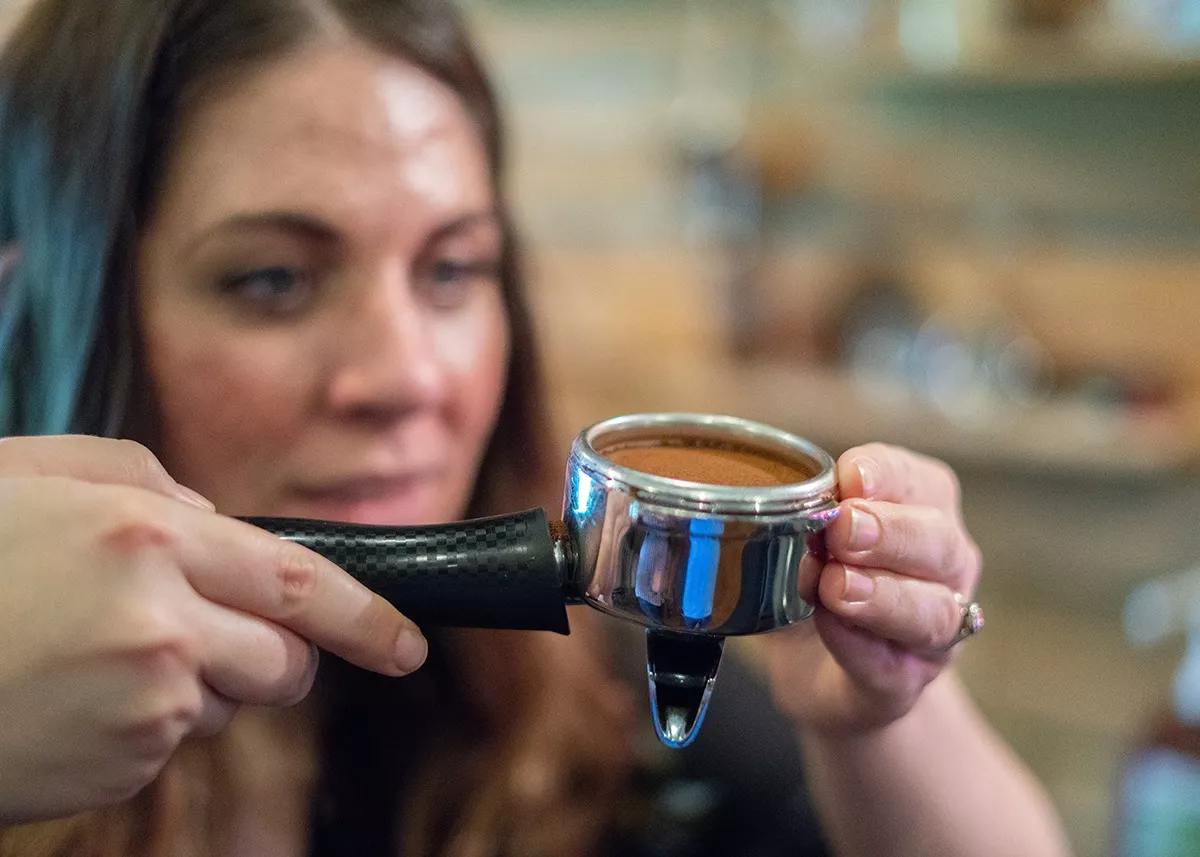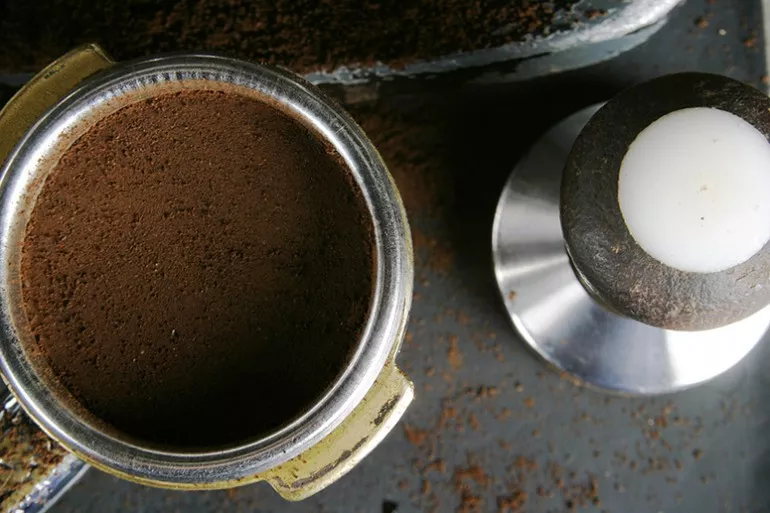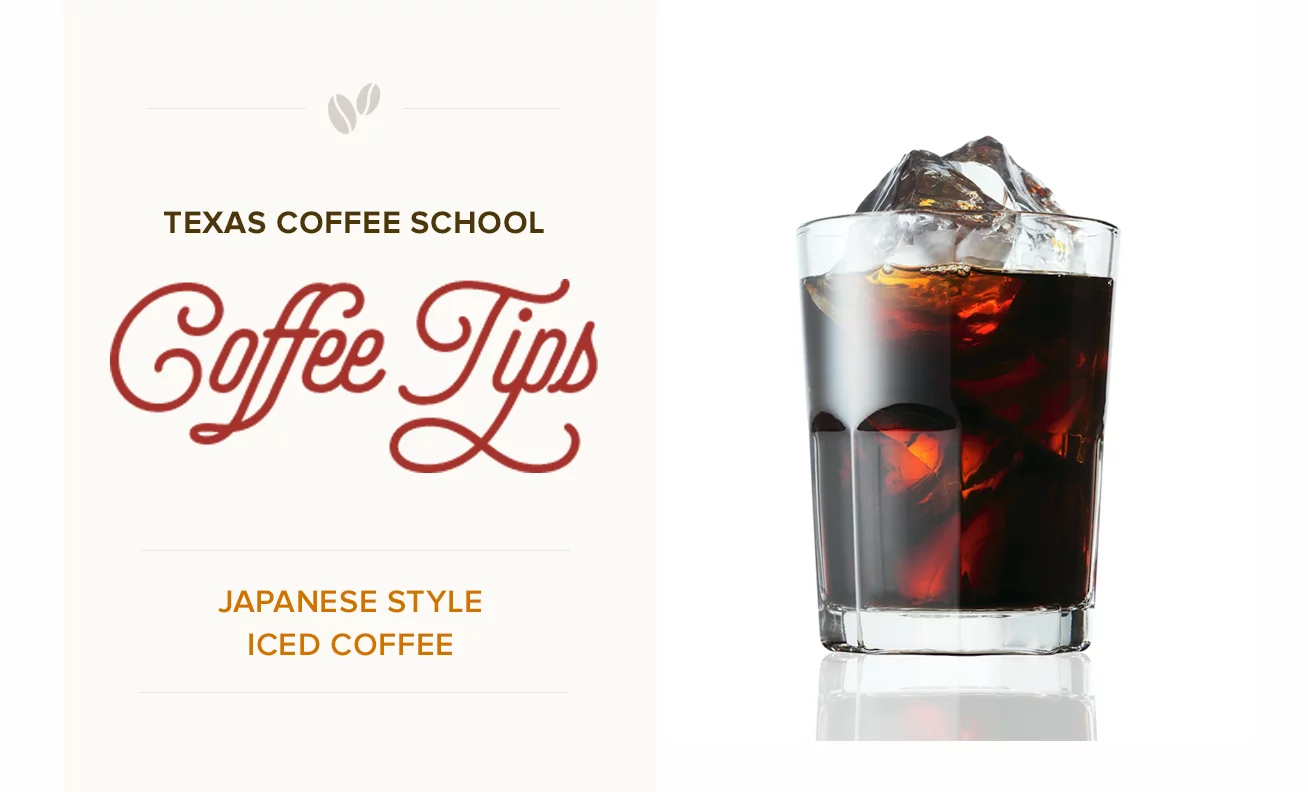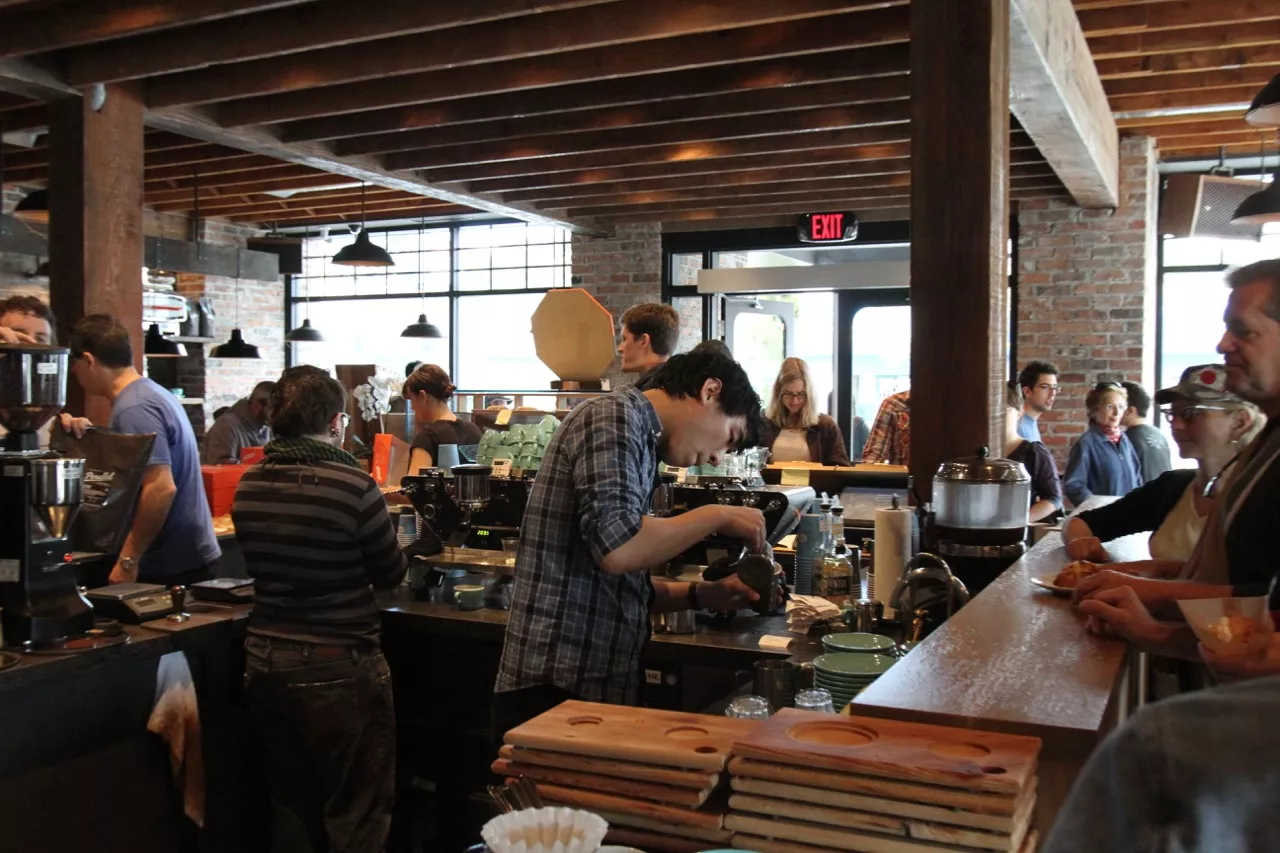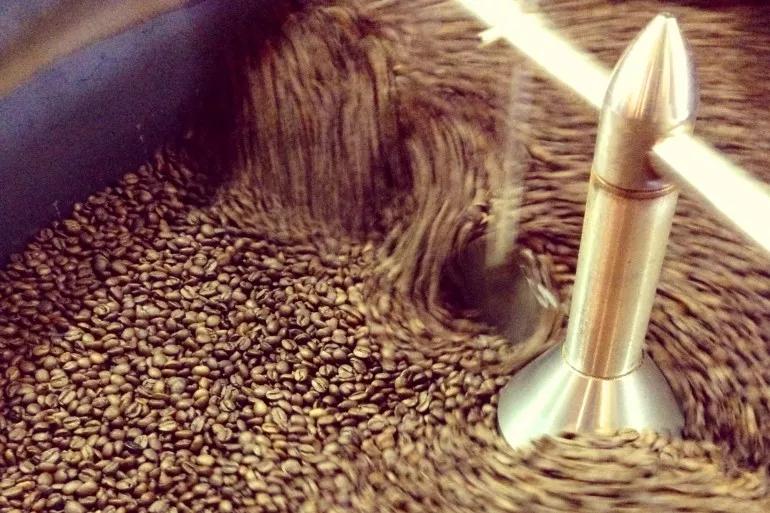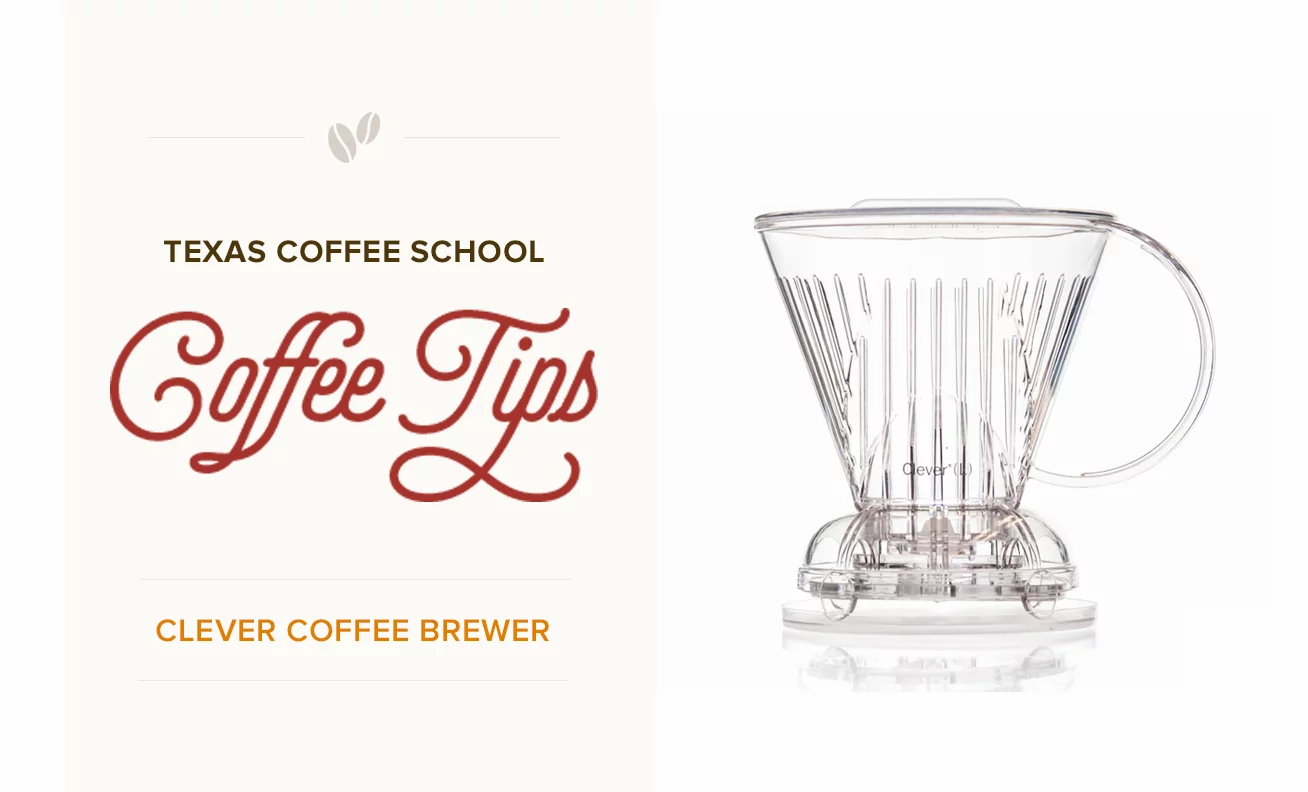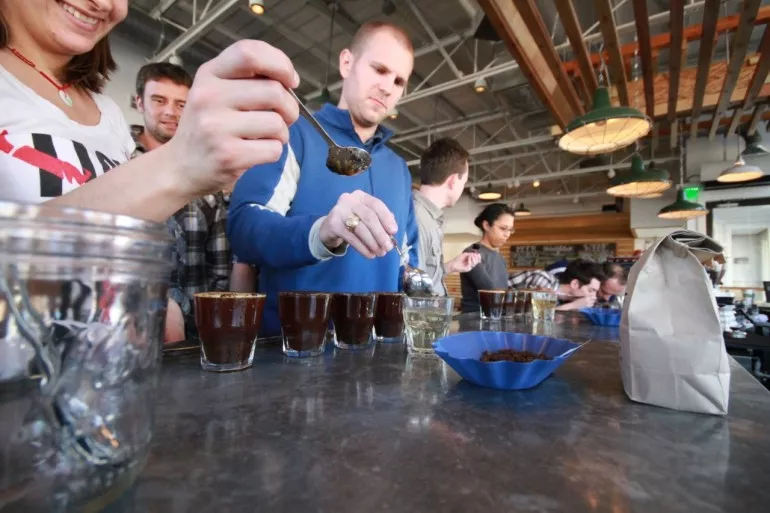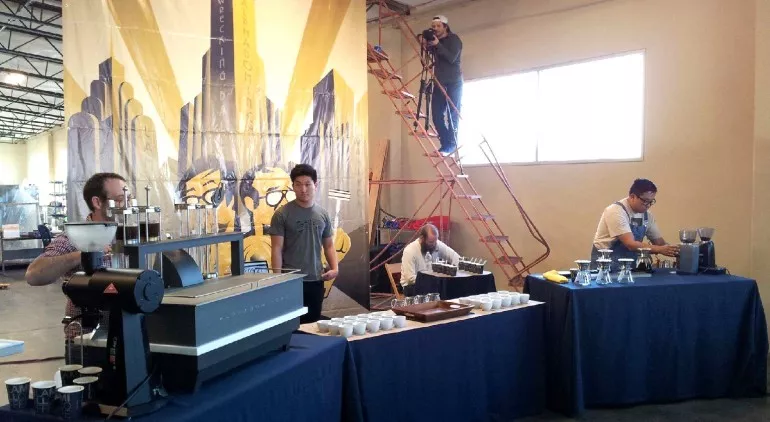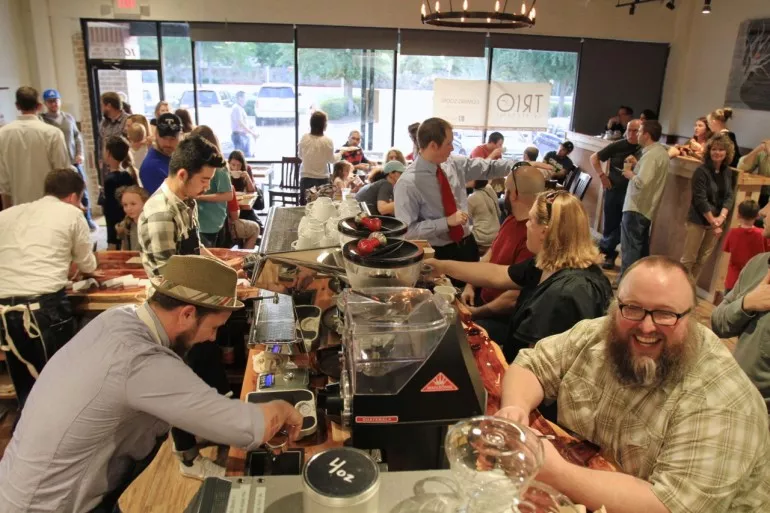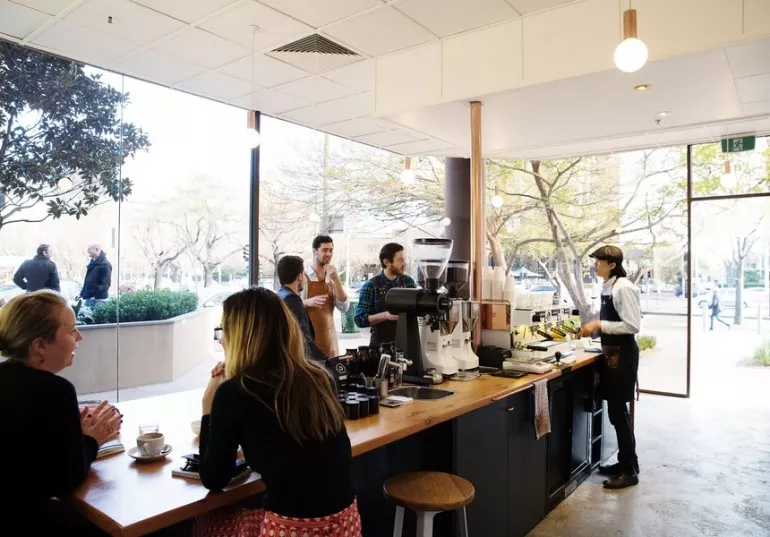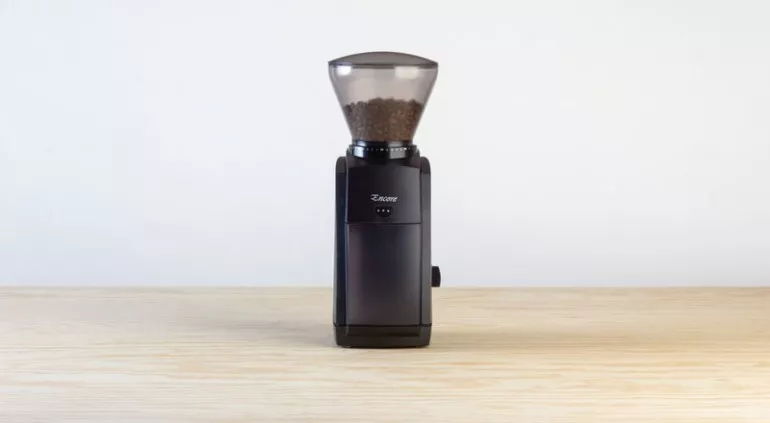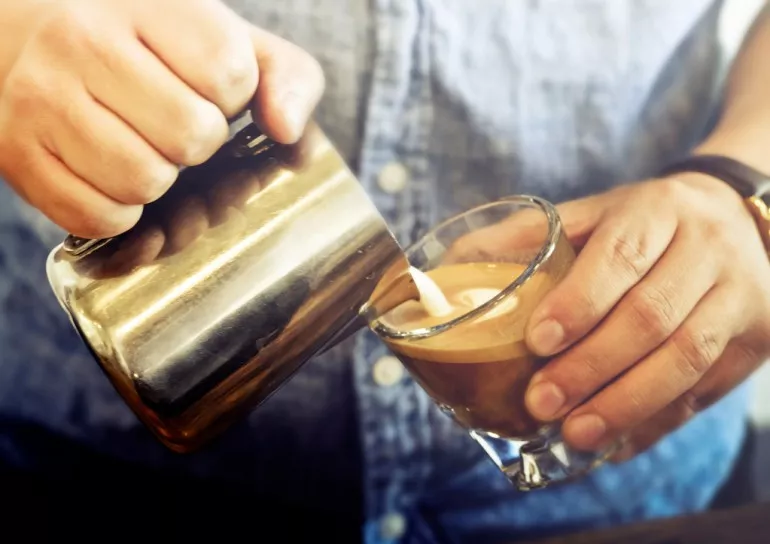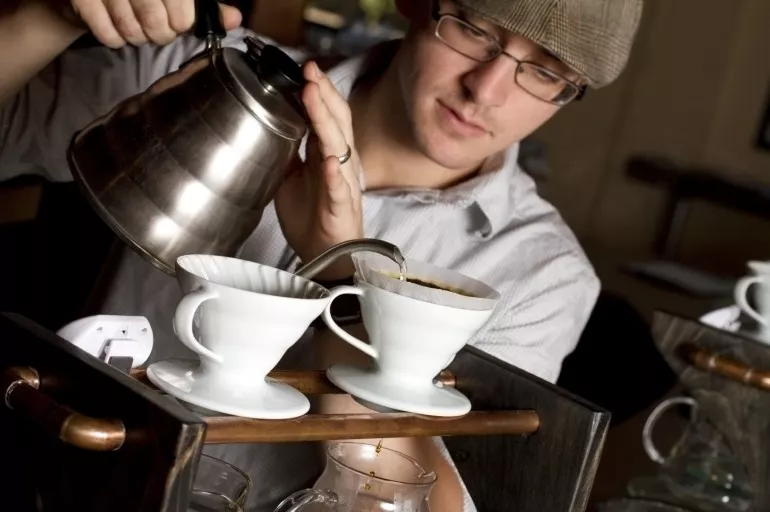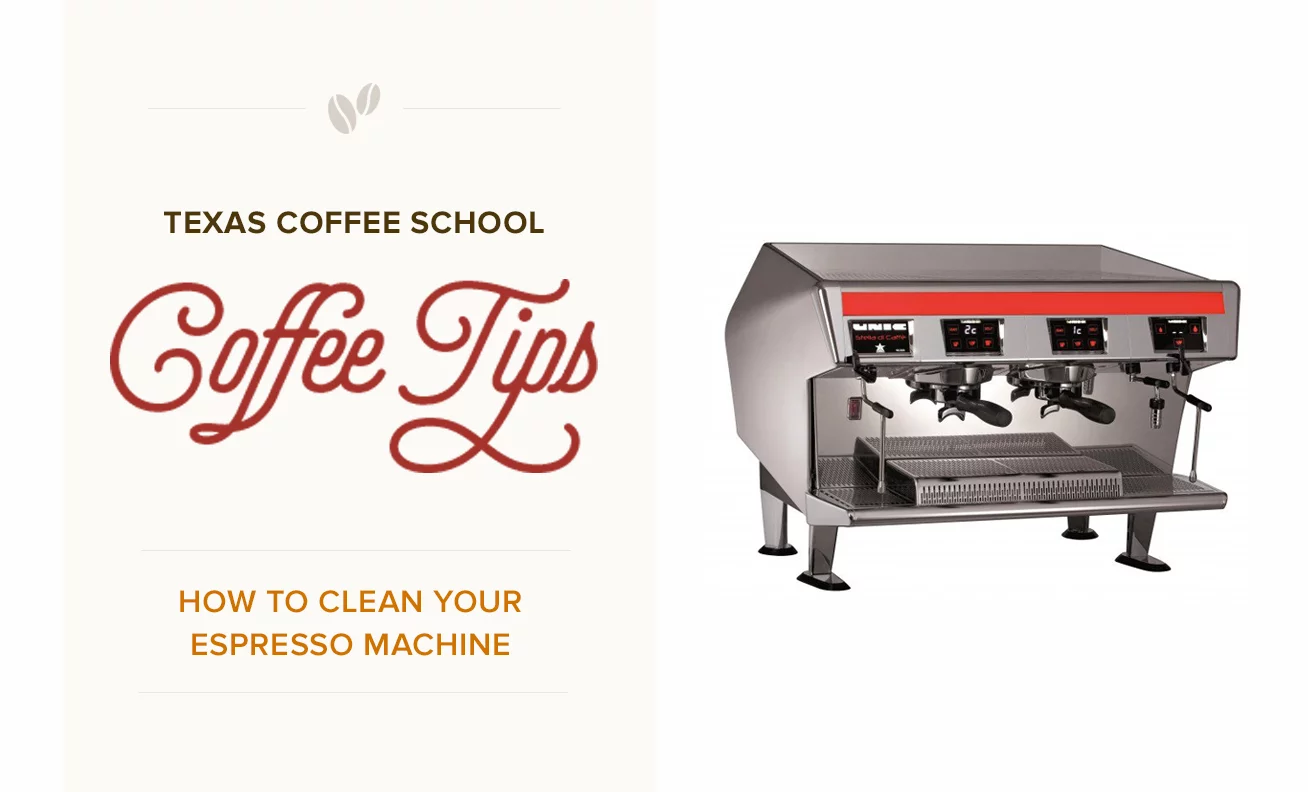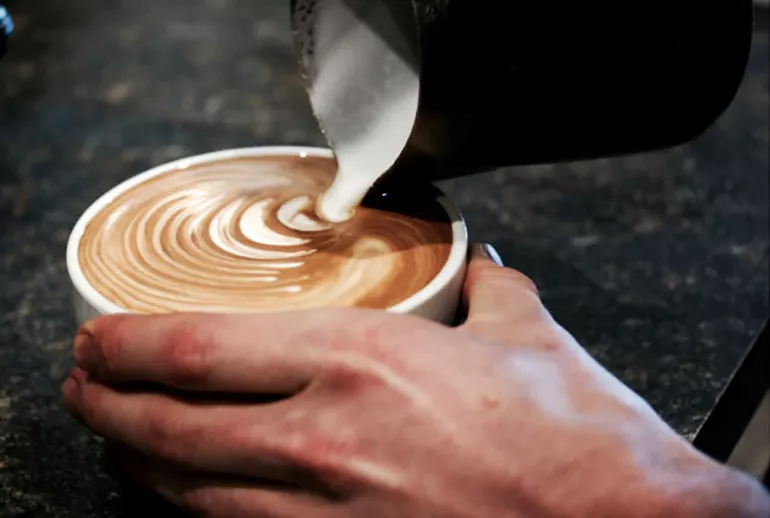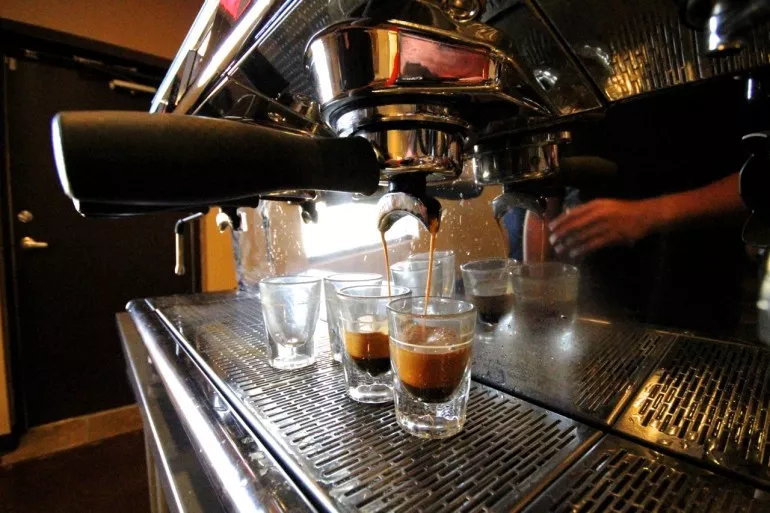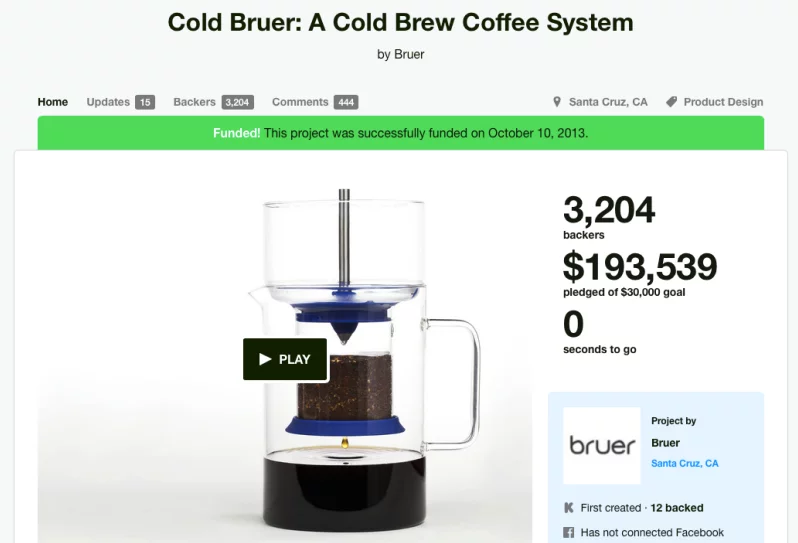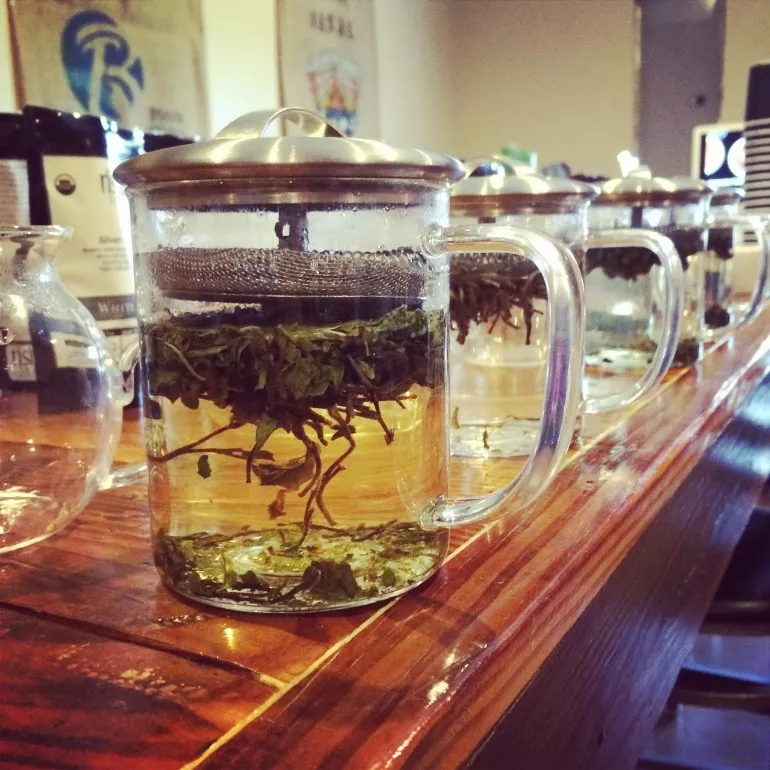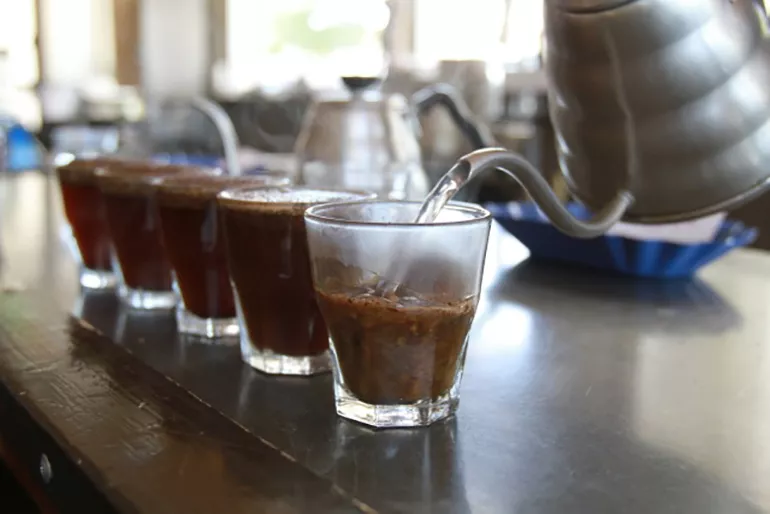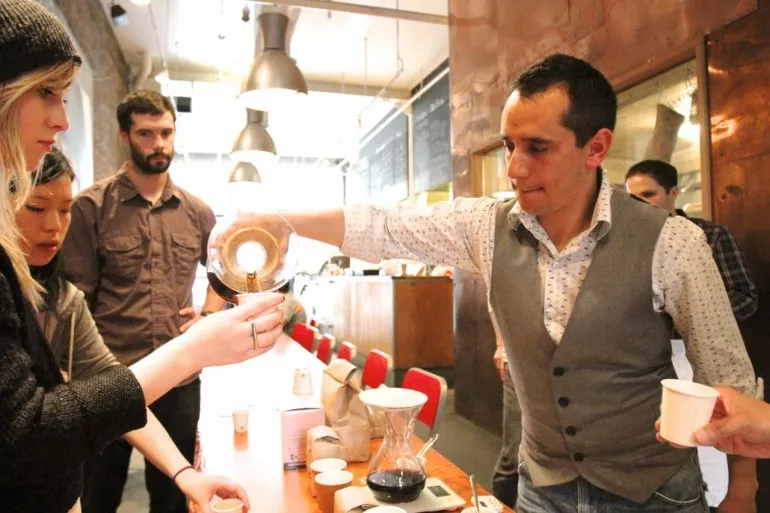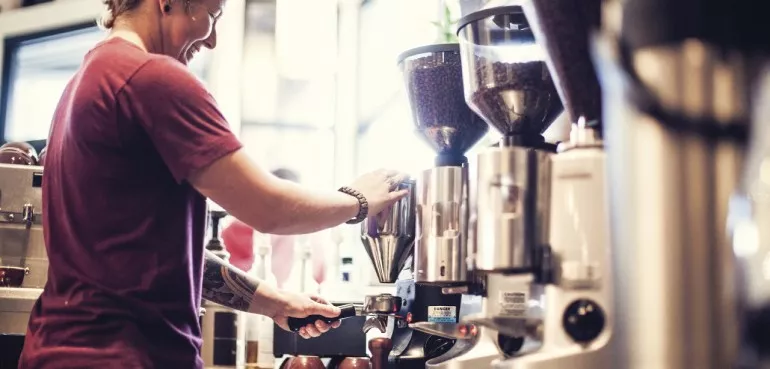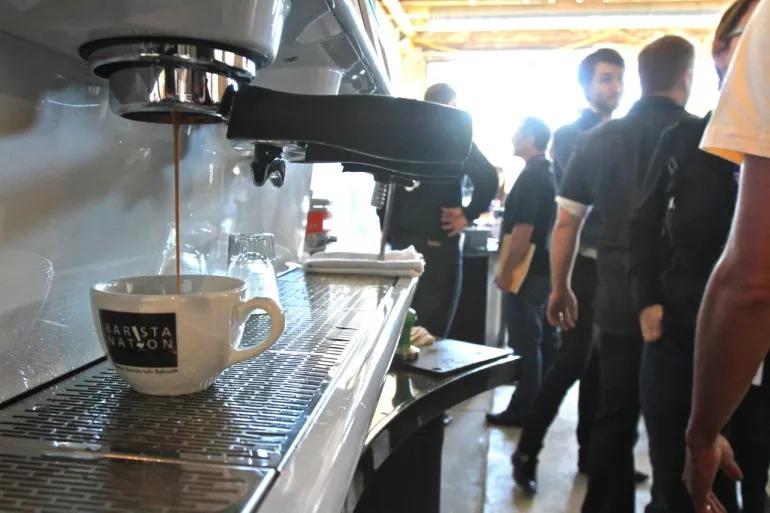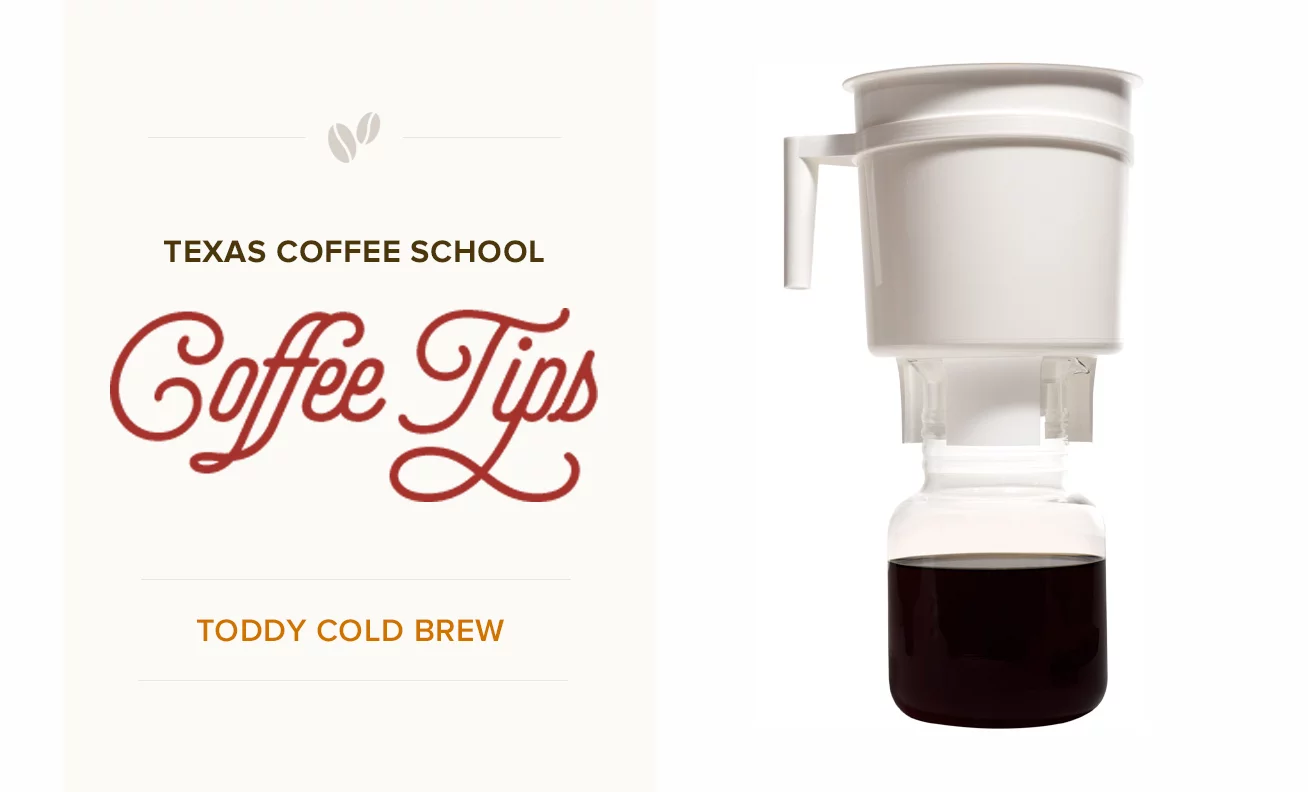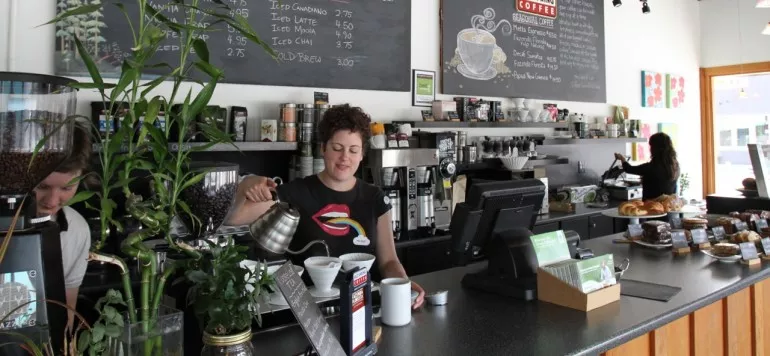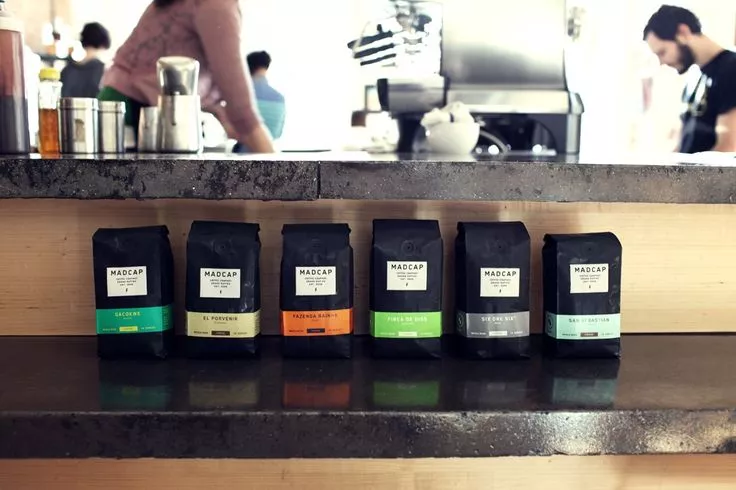
Multi-Roaster Coffee Shop Business Model: The More The Merrier?
Specialty Coffee has grow significantly in the past decade. New quality-focused coffee shops and coffee businesses rapidly continue to open in cities across North America and beyond. Many are even popping up in small towns or suburban neighborhoods. As interest and appreciation for great coffee grows, however, it’s becoming more common to find well-prepared specialty coffee in places like restaurants, offices and churches. As more people are exposed to better coffee they are also exposed to the things that make it different from the big chain coffee shops. These differences may include different coffee equipment, methods of brewing coffee and also different trends. One trend in coffee shops around the world that seems to have gained a lot of traction in the last couple years is the “multi-roaster” coffee shop business model.
With a multi-roaster coffee program a coffee shop may showcase coffee from several different specialty coffee roasters at any given time and they often rotate different coffee roasters and call it a “guest” coffee program. Similar to a bar offering different seasonal craft beers from different brewers. As passion for specialty coffee reaches the consumer level, more consumers are attending barista classes, barista training seminars, coffee cupping events, and barista schools to gain deeper knowledge and understanding for their hobby. Others take to blogs and message boards to extend their coffee education. As appreciation and curiosity for specialty coffee widens, multi-roaster coffee shops are offering consumers the ability to choose from a variety of coffee roaster’s seasonal offerings all in one place.
Both the single coffee roaster and multi coffee roaster business models have their advantages and disadvantages for the consumer, the coffee roaster and the shop owner and they should be carefully considered before deciding which type of program works for your coffee shop.
The single-roaster model is definitely the most common. This is due in part to the fact that this was essentially the only model until the past couple decades as shop owners and consumers both began to become more fluent with specialty coffee. This model is also popular because of some important benefits to everyone involved:
- Support – Typically if a coffee shop serves coffee exclusively from one roaster they have an opportunity to receive benefits that a shop selling coffee from multiple brands may not be able to take advantage of. Often this includes services like barista training and technical support and can also include better pricing structures, free shipping, etc.
- Consistency – Customers that frequent single-roaster coffee shops know what to expect. They know the coffees and beverages they do and do not like and they know what the shop is going to be carrying. Also, since the baristas are likely to know the coffee more intimately, it’s possible that the drinks will actually be more consistent.
Offering multiple coffee roasters at your café, however, can have many great advantages as well:
- Exposure – It allows you to always know what is out there. When working with a multi-roaster model you have the privilege of being able to work with a variety of the best coffees the market has to offer. It also gives customers the chance to try a wider variety of great coffees, and for those who really love great coffee this can be a great treasure.
- Development – It can create better baristas. The experience of working with different coffees, seeing differences in roasting styles and just being exposed to a wider variety of coffee in general can invariably lead to a more passionate, informed and skilled barista staff.
- Networking – A multi-roaster program is an excellent way to build relationships within the wider specialty coffee community. The chance to communicate with the people behind some of the greatest coffees around is truly one of the most valuable aspects of running this type of coffee business model.
For someone who loves coffee, being part of a multi-roaster program can be fun and rewarding, however, managing a program of this sort can be quite a challenge. Here are some common difficulties to this approach:
- Communication – When managing a multi-roaster program communication is essential and can become a lot to keep up with in itself. This is especially the case with programs that use 3 or more roasters at a time. Each of these roasters are likely to have different days that they take orders, roast, ship, etc. This means you have to be able to stay on top of whom you need to communicate with when, and to manage your inventory on several different timelines.
- Solution: Communicate your needs up front and touch base now and then. A roaster is likely to only have a limited supply of a particular coffee you purchase from them so be up front about how long you plan to carry the coffee, your usage, etc. Ask at the beginning what day they take orders, what day they roast, what day they ship. Make sure you know whom to contact if you need any assistance with the coffee.
- Difficulty: With a multi-roaster program it is essential that your baristas have developed palates and are truly proficient at dialing in coffees. Dialing in a perfect espresso is hard enough, however, a luxury enjoyed by single roaster shops is that they get to know a particular coffee really, really well. This makes dialing in much less stressful. In a multi-roaster program you are going to have to dial in different coffees from different roasters that will likely behave very differently from each other. This takes skill and practice and is a good reason why an extensive multi-roaster program for a “green” shop probably isn’t the best idea. Quality barista training is essential.
- Solution: Know what you are going to do before you do it. Map out your multi-roaster program quarterly so you always know what coffee you will be carrying for how long, when to contact new roasters for samples, etc. Also, spend time with new coffees before putting them on the menu. Get your espresso and brew parameters dialed in solid before handing it over to the baristas and make sure to communicate these parameters/provide necessary training before selling the coffee to guests. Most importantly: get adequate barista training for your staff. A well-trained staff will be able to help avoid a good portion of the difficulties that can be presented by a multi-roaster model.
Both models clearly have their advantages and disadvantages and neither model is best for every shop. As specialty coffee continues to boom, the consumer’s perception of coffee roasters is likely to continue to change and similar to how craft beer fanatics go to great lengths to try beer from new breweries, coffee consumers will become more interested in drinking coffees from different roasters. There will always be hardcore fans and brand-loyalists; however, the multi-roaster model is likely to grow a lot fasters before it beings to slow down.
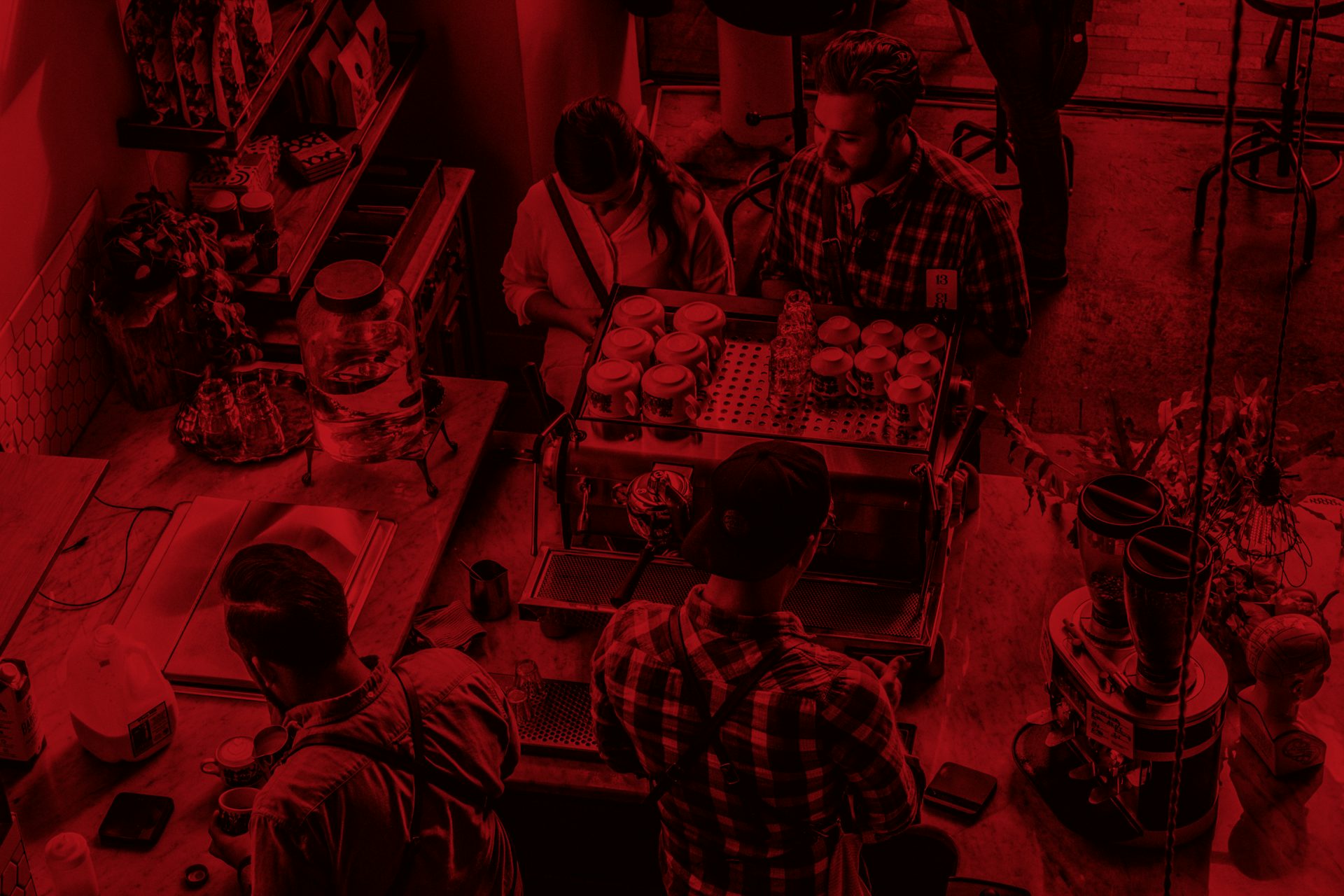
Register for a Coffee Class
The Best Coffee Training Available
We’ve helped hundreds of students successfully launch their own coffee shop businesses. Join us in our 5-Star Rated Coffee Classes, whether you’re an aspiring entrepreneur looking to open a coffee shop, a manager, a barista or home enthusiast looking to sharpen your skills.


